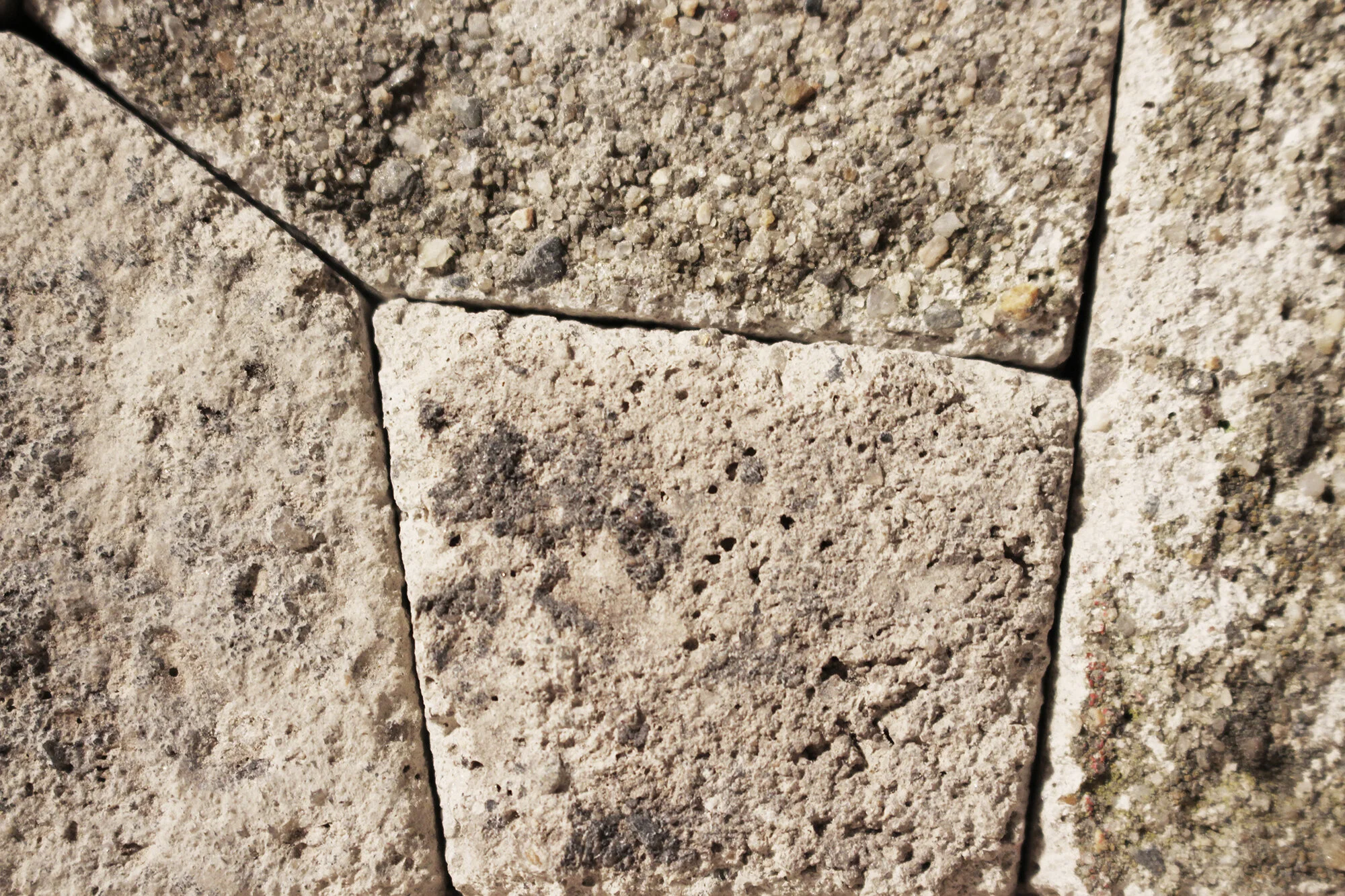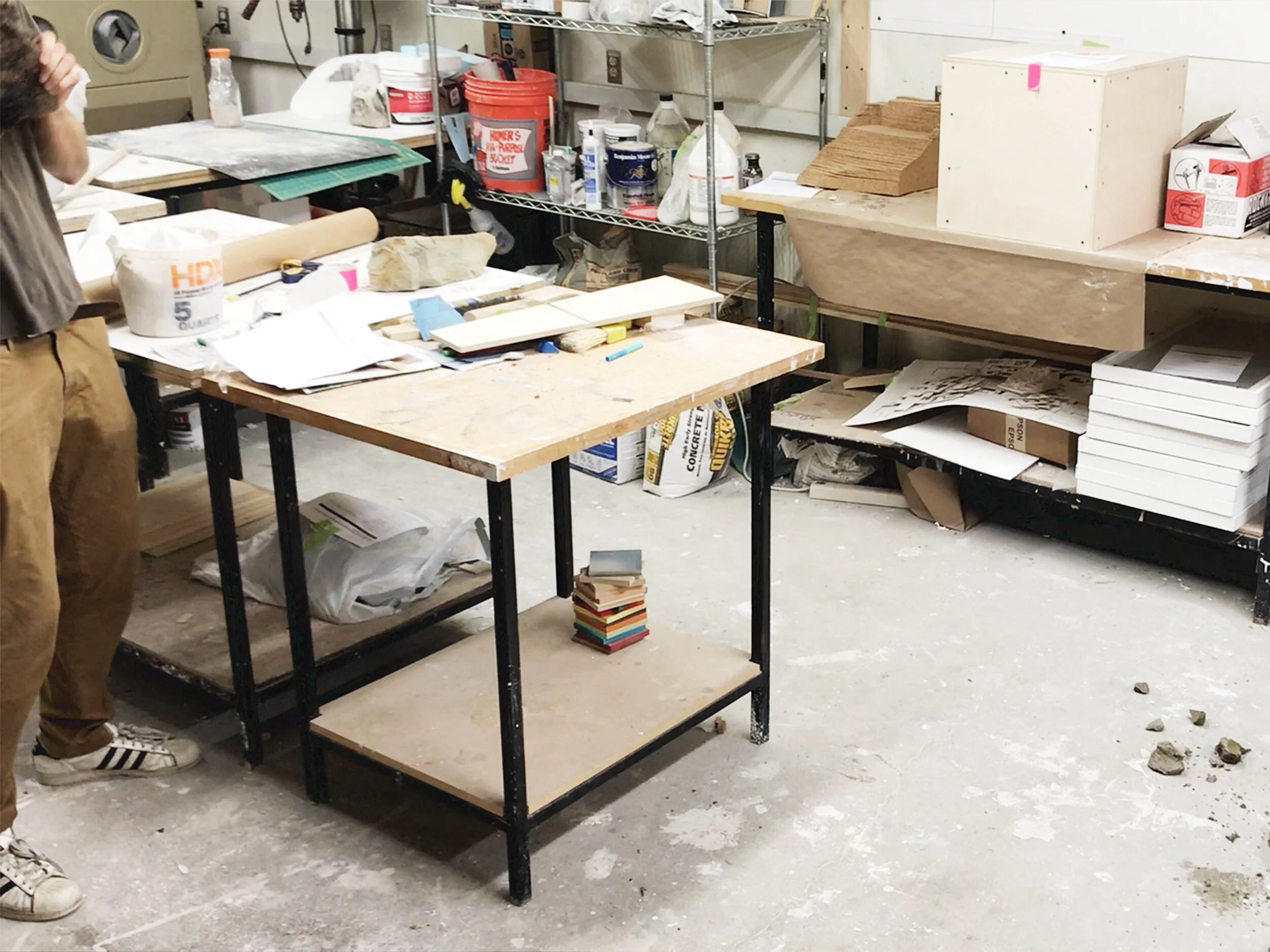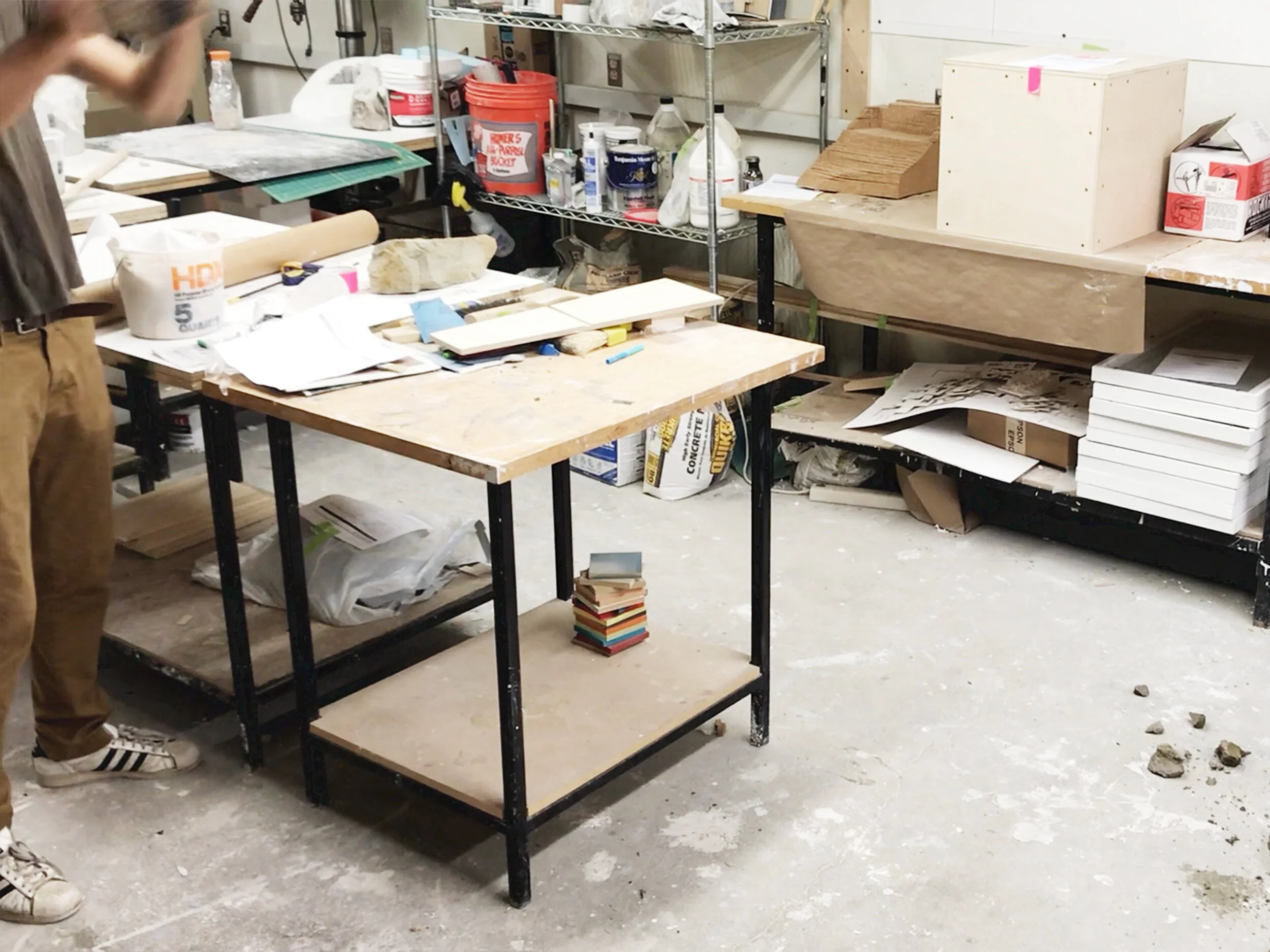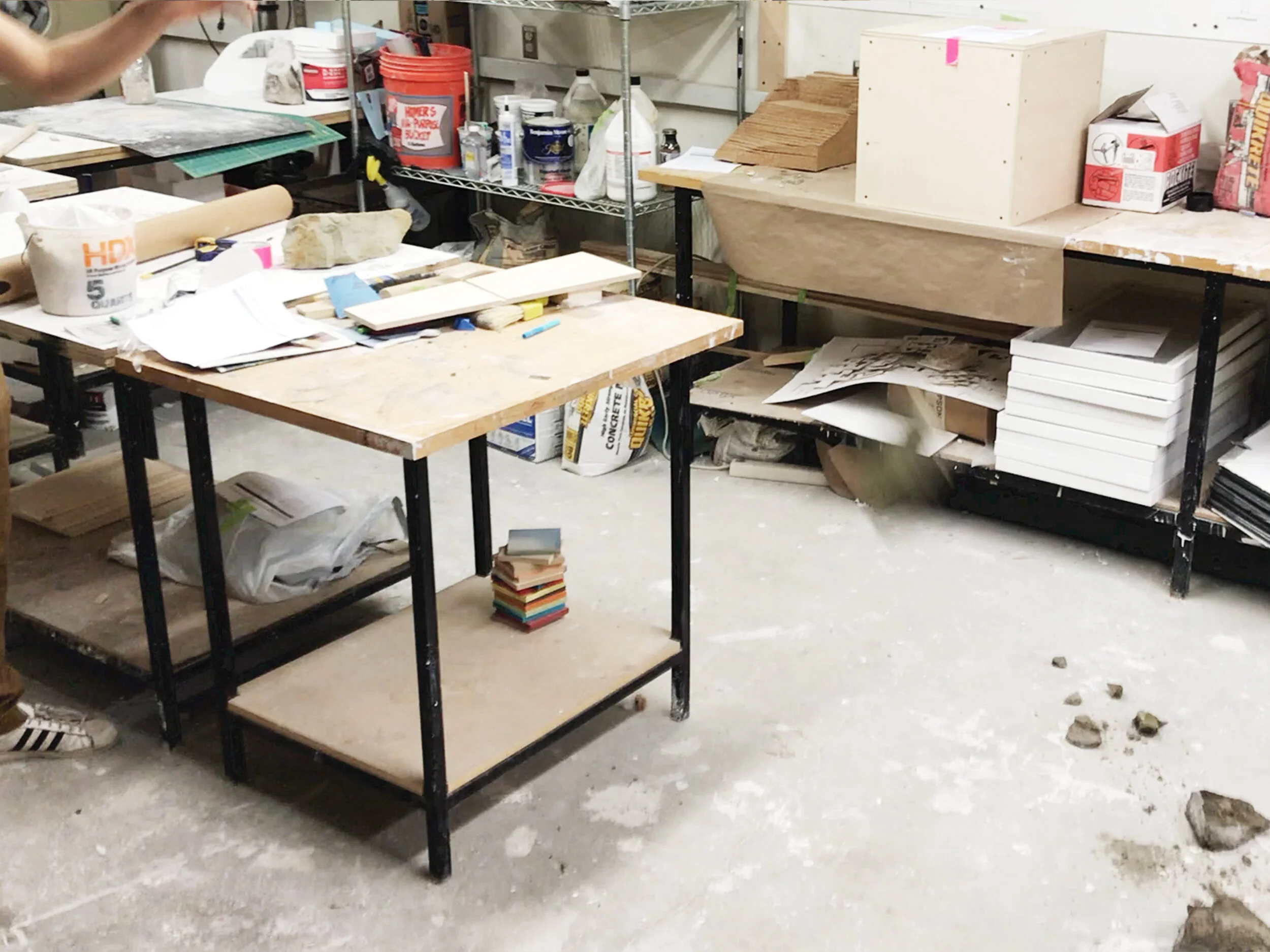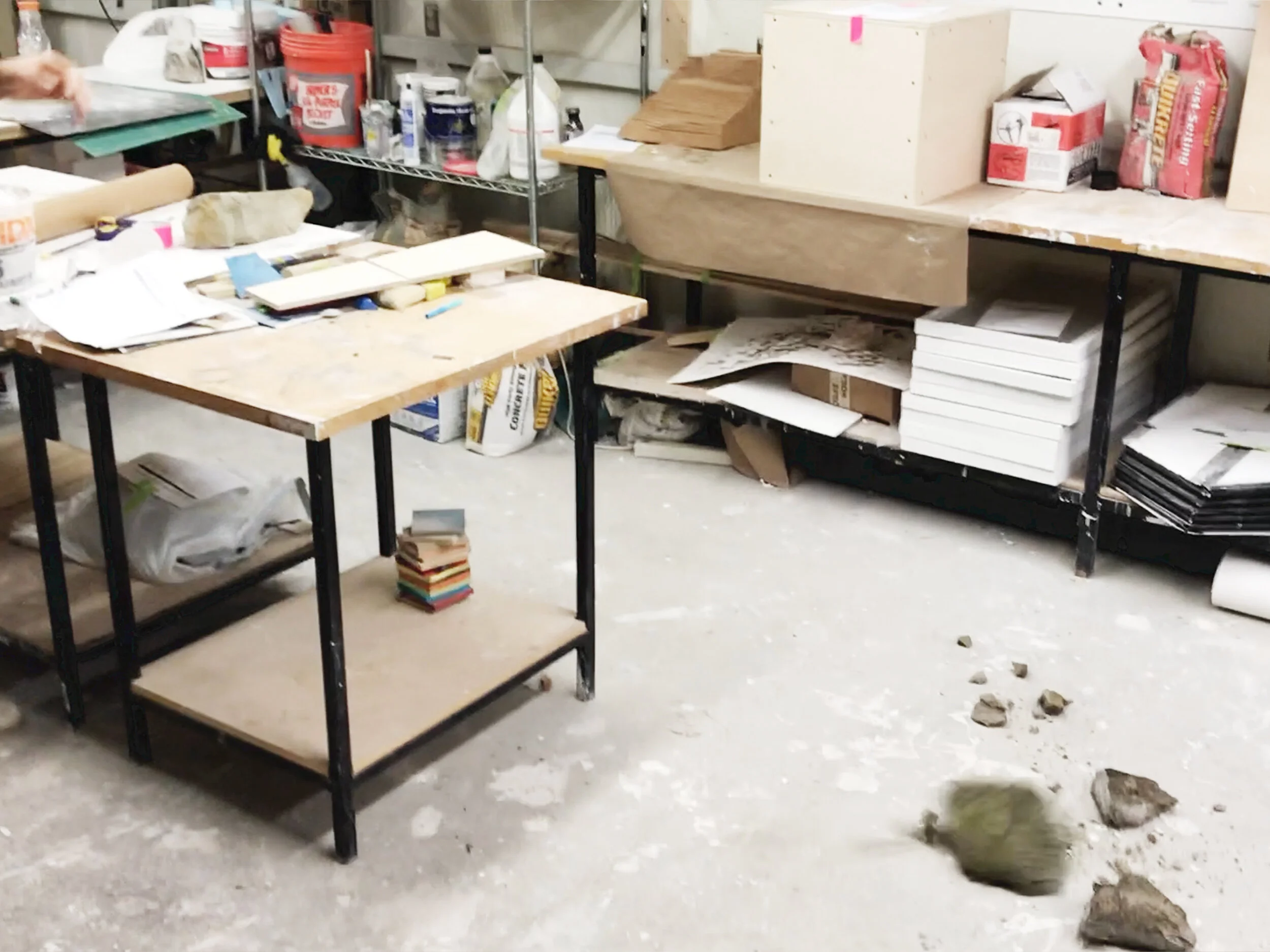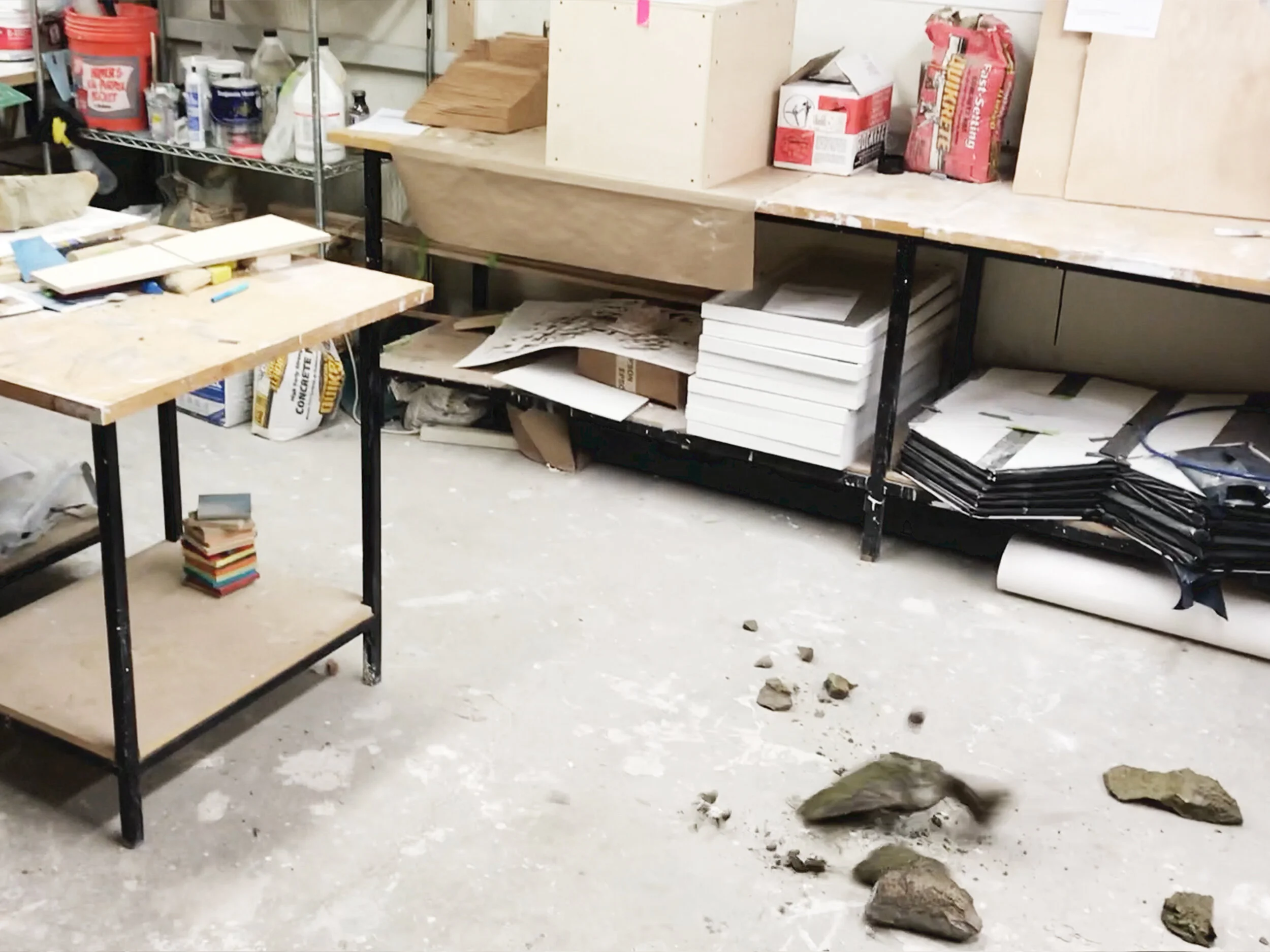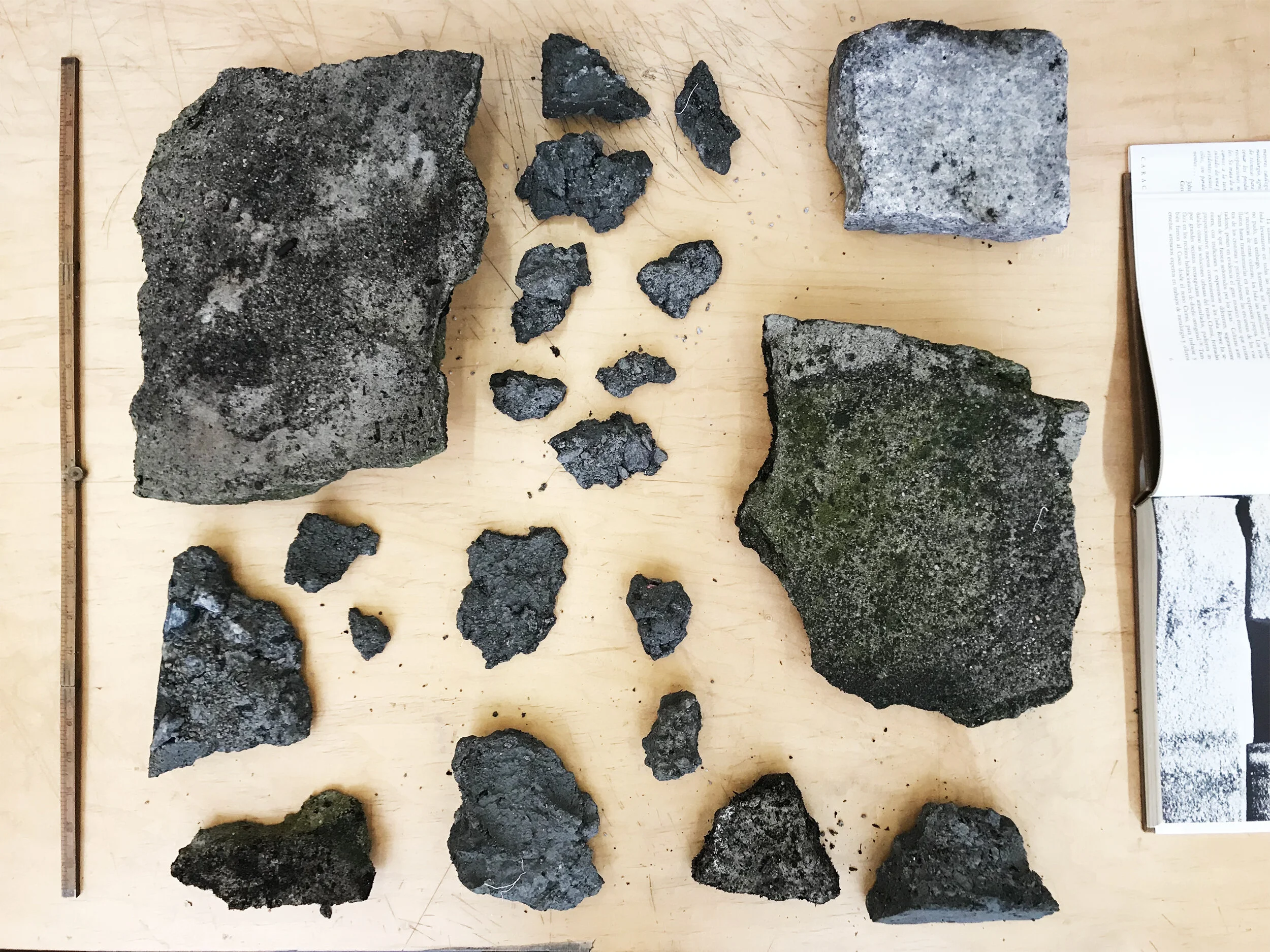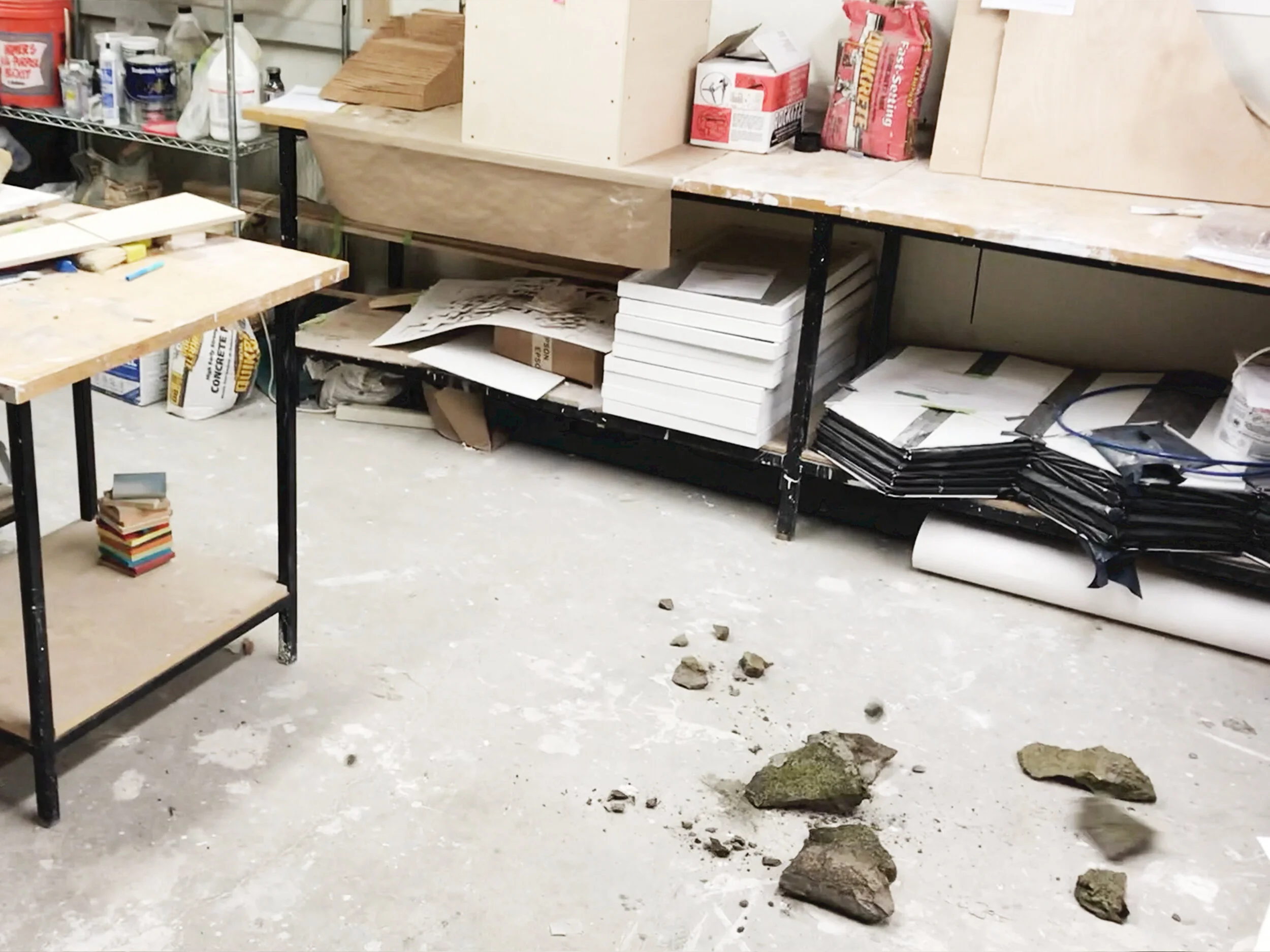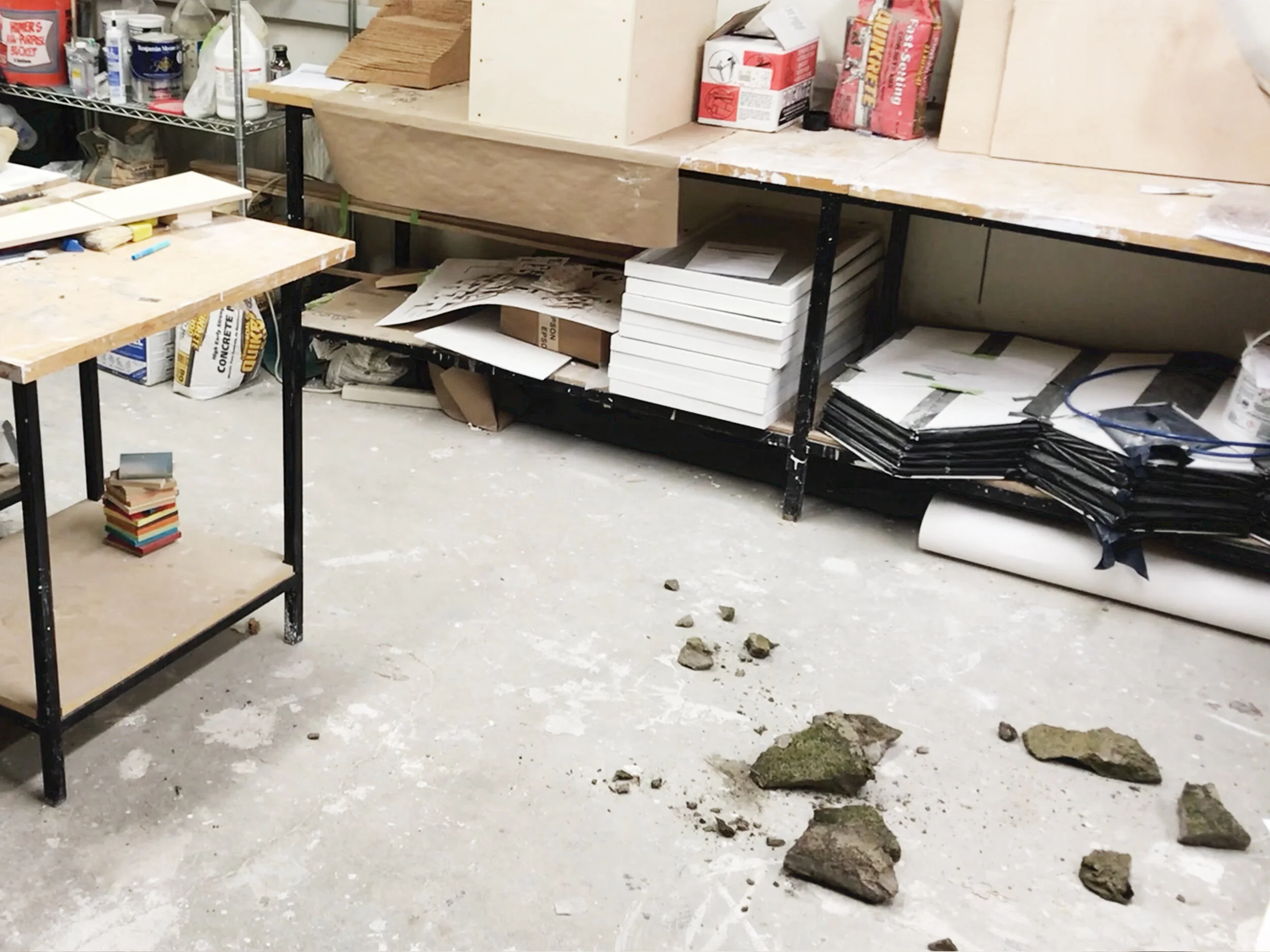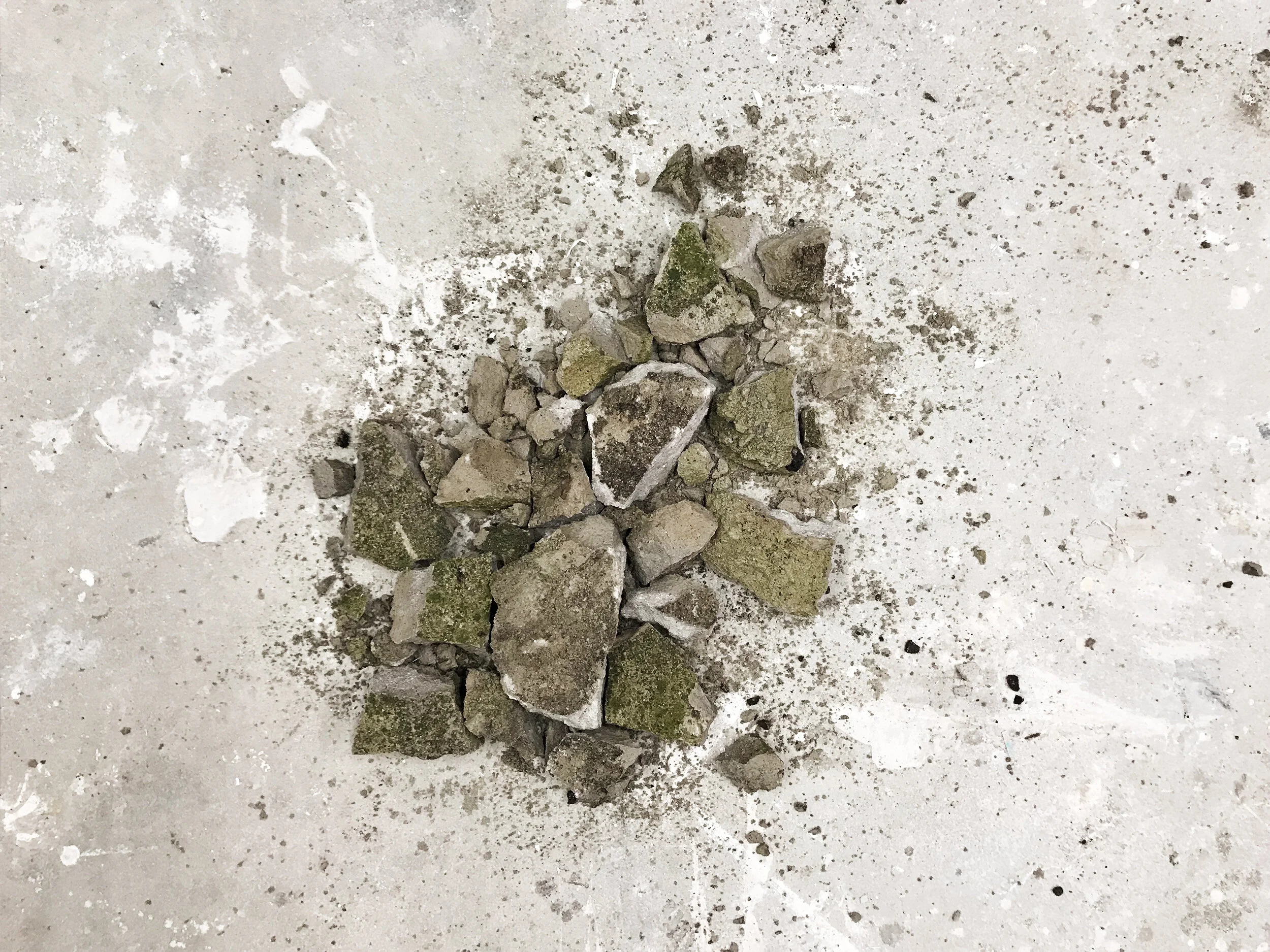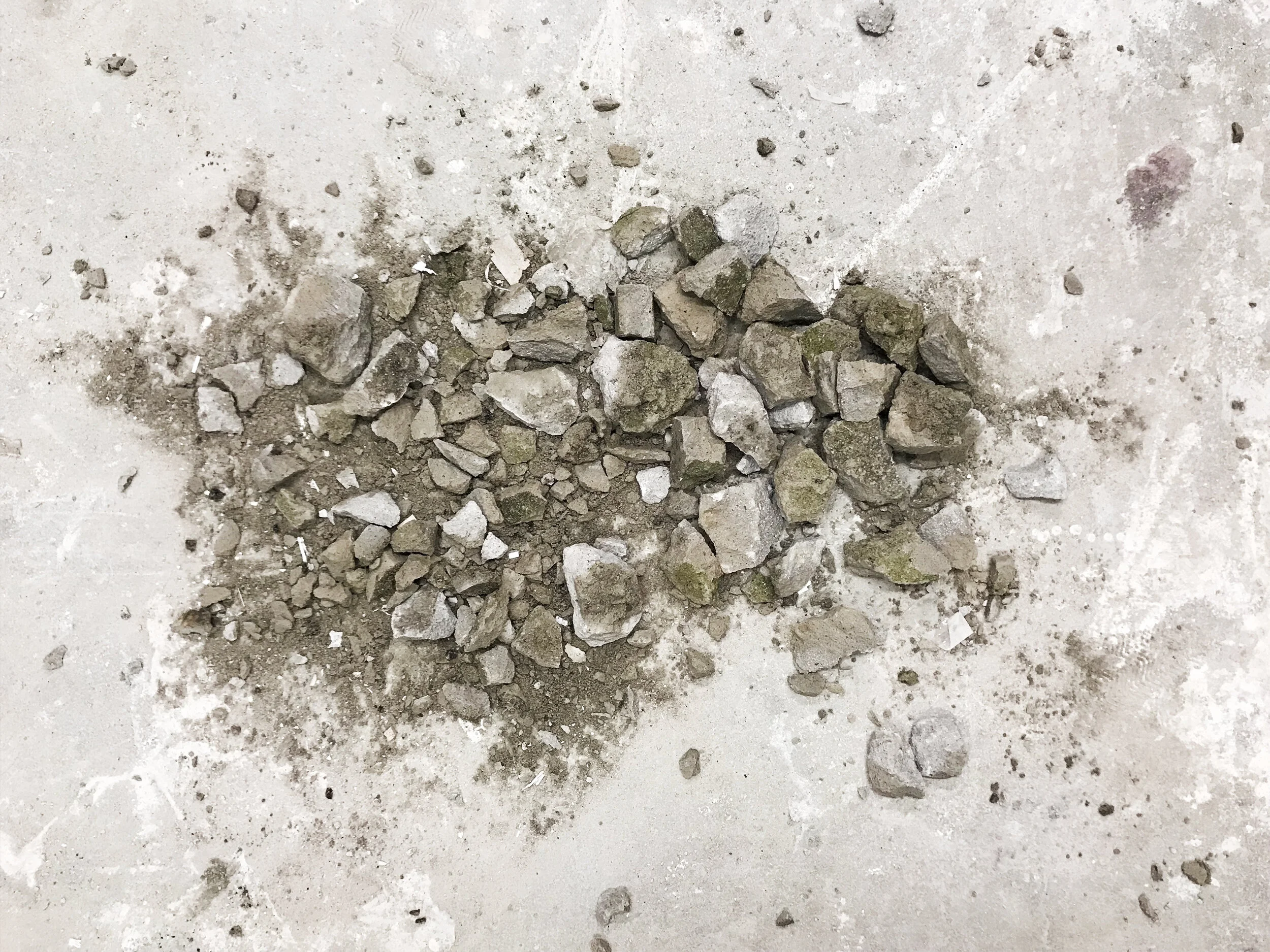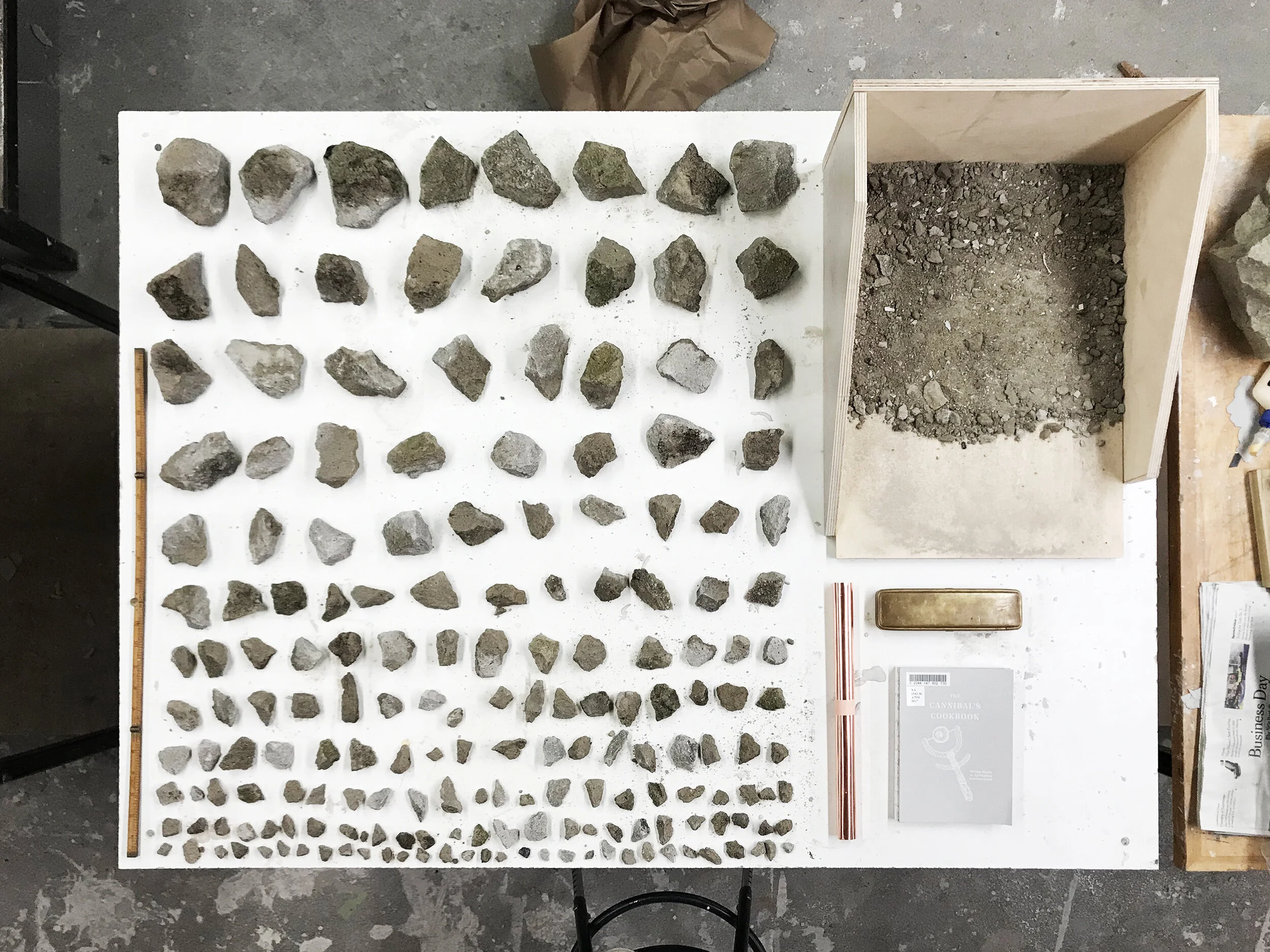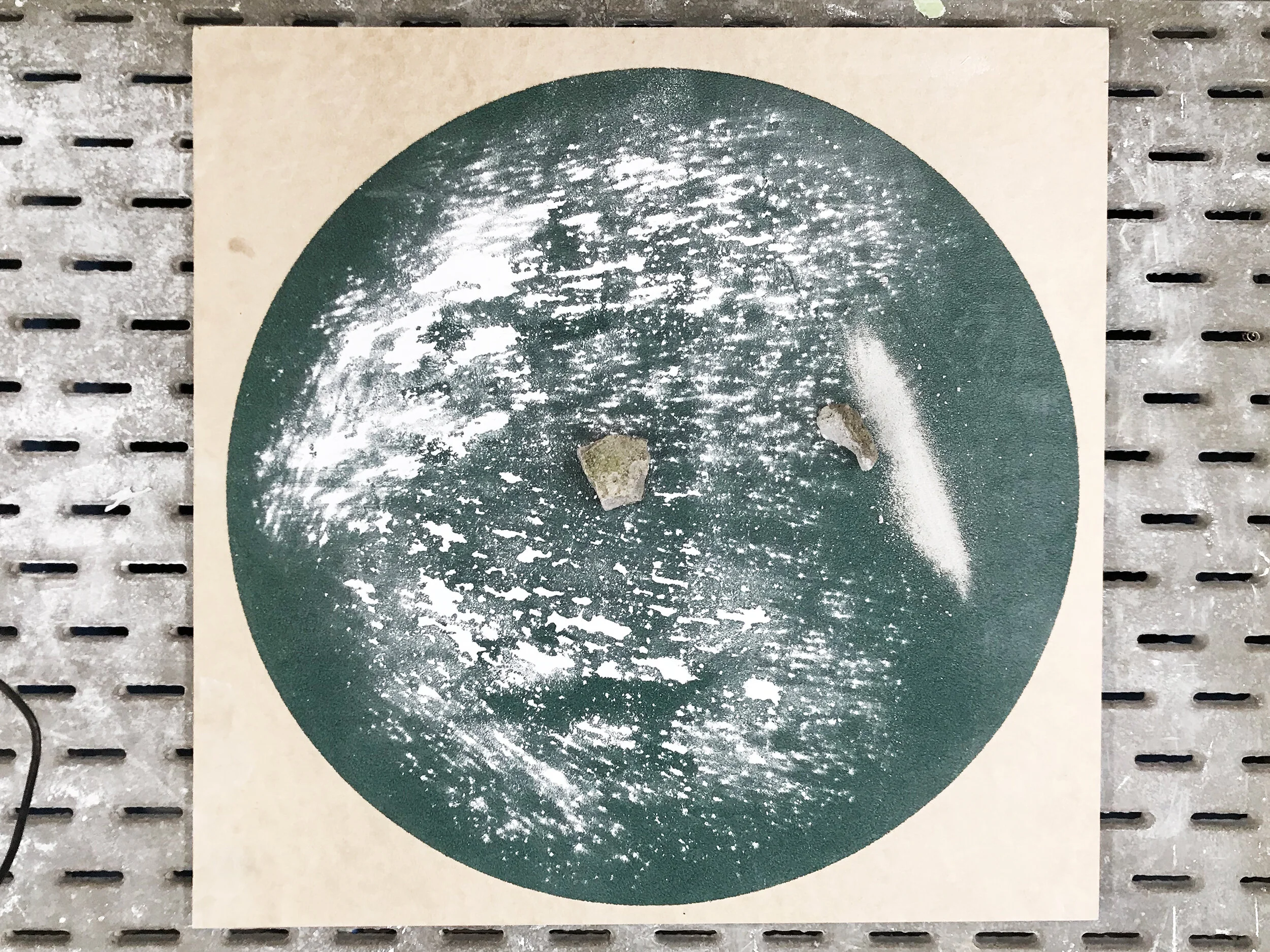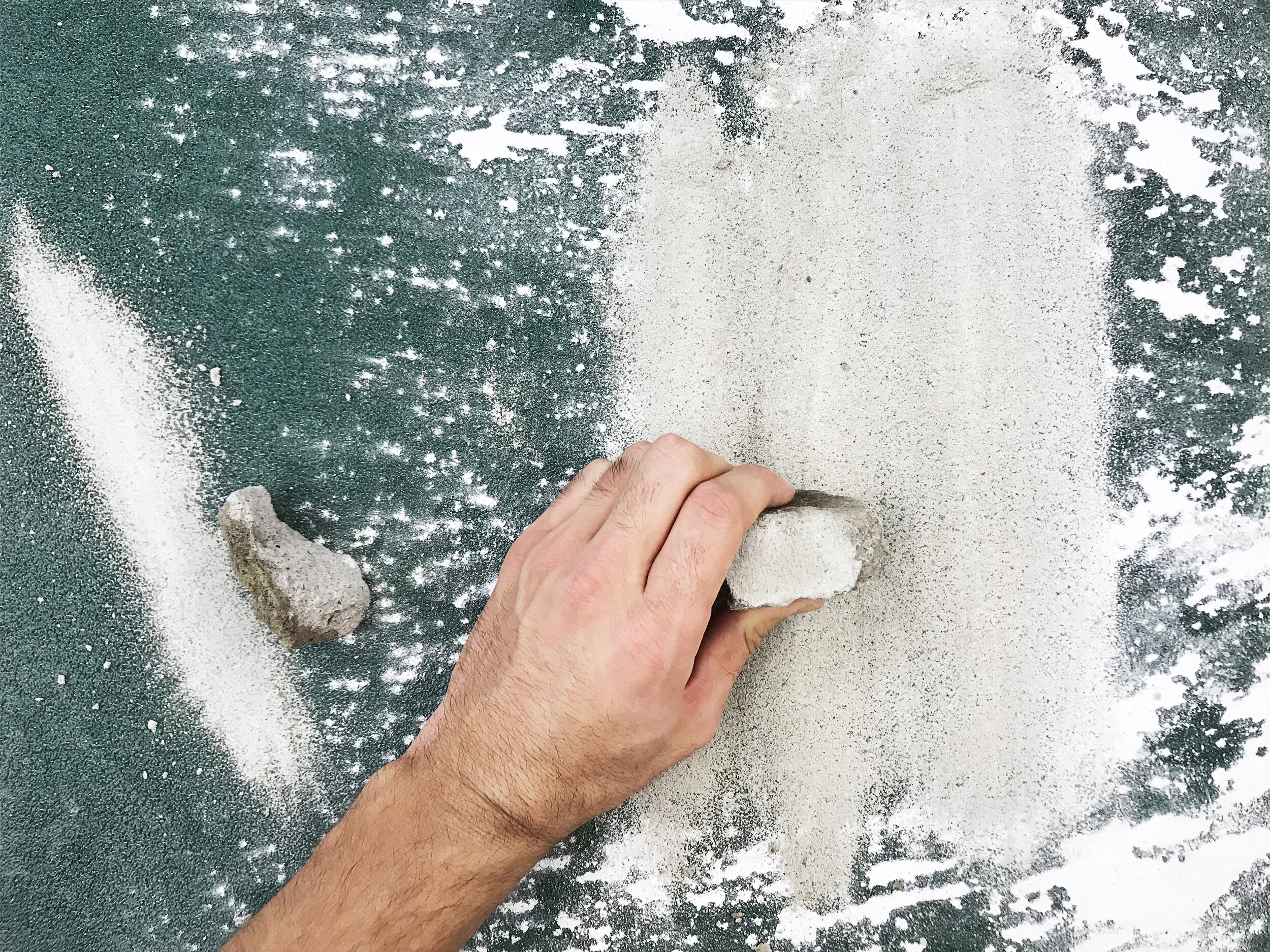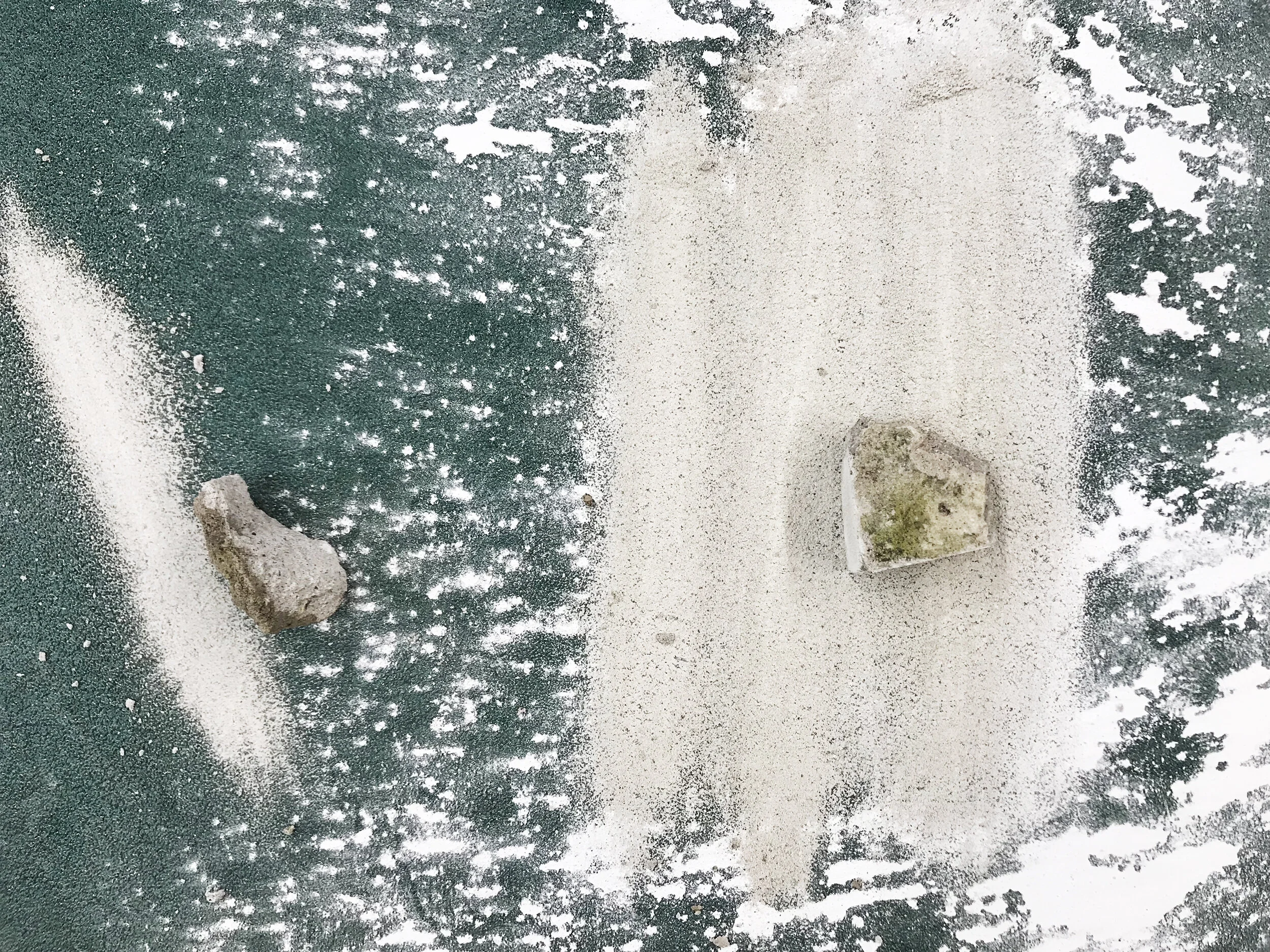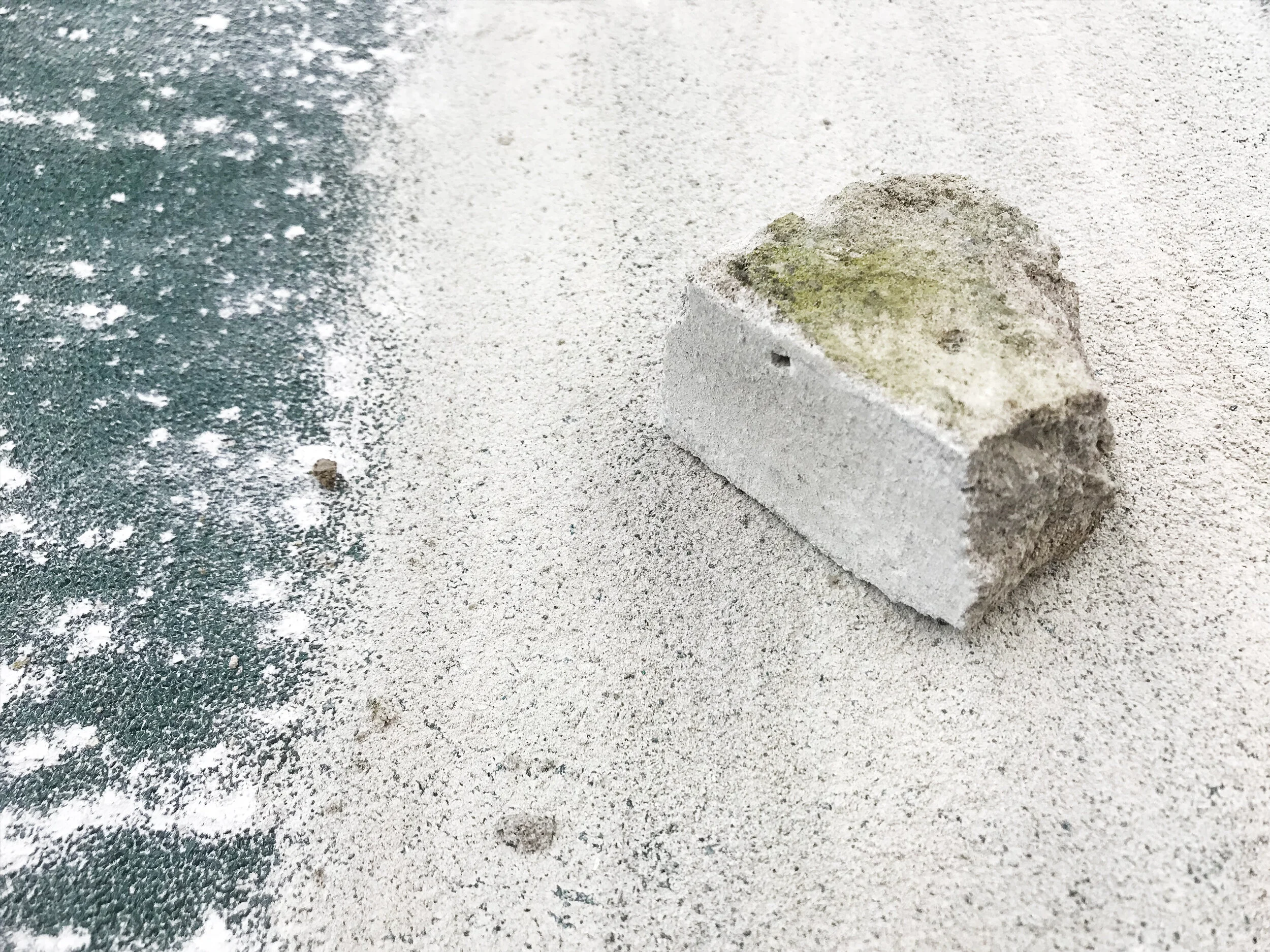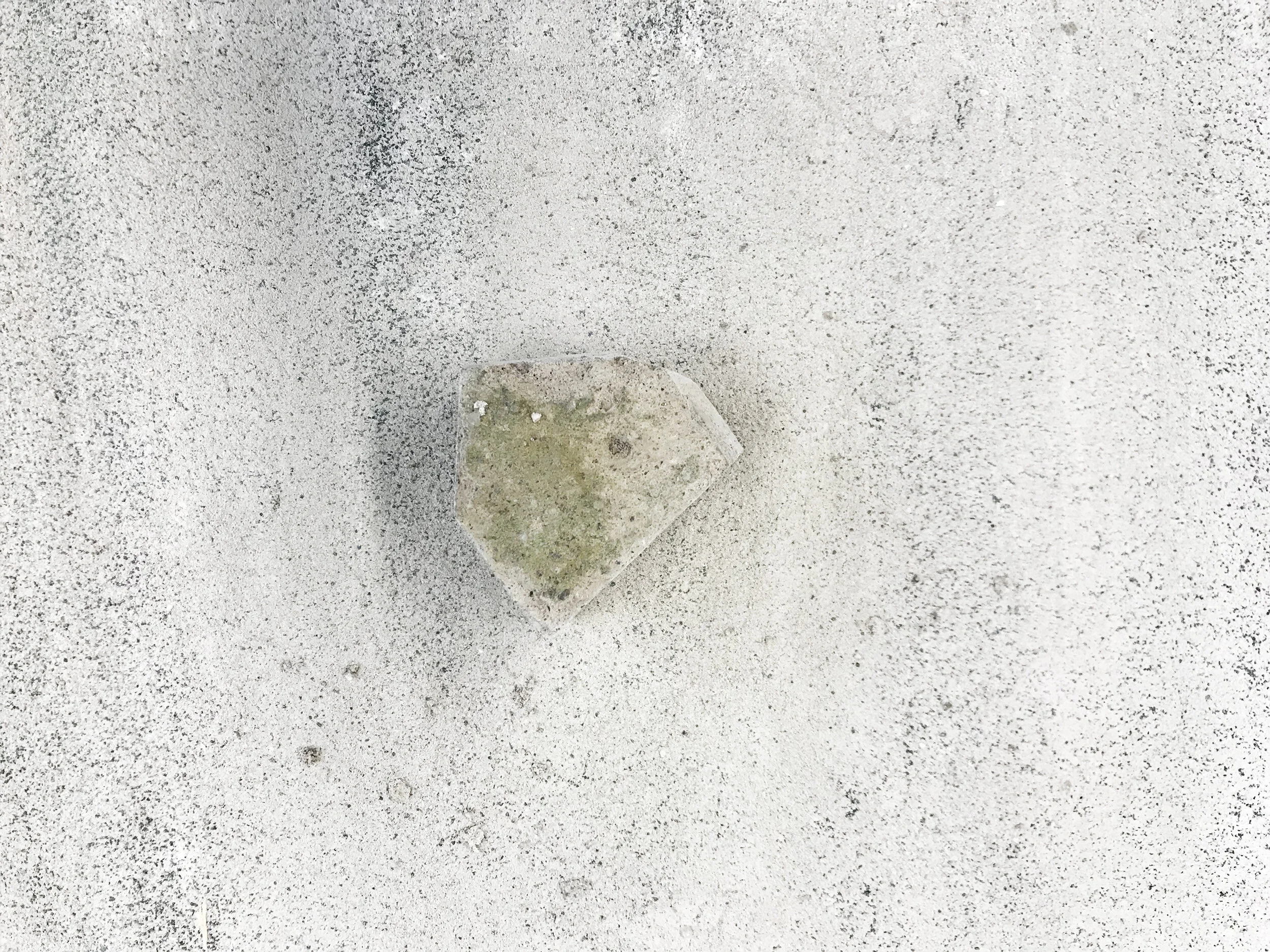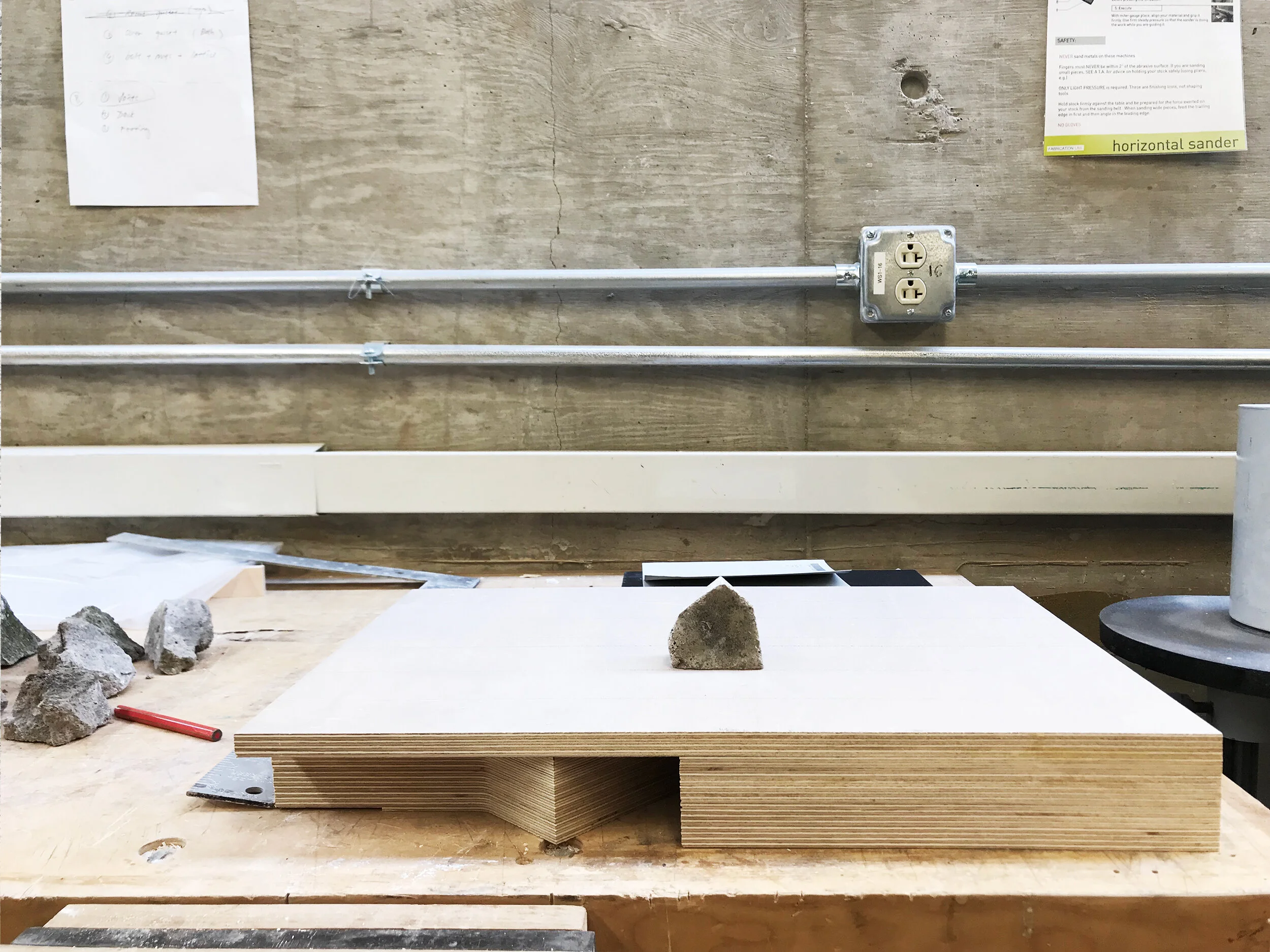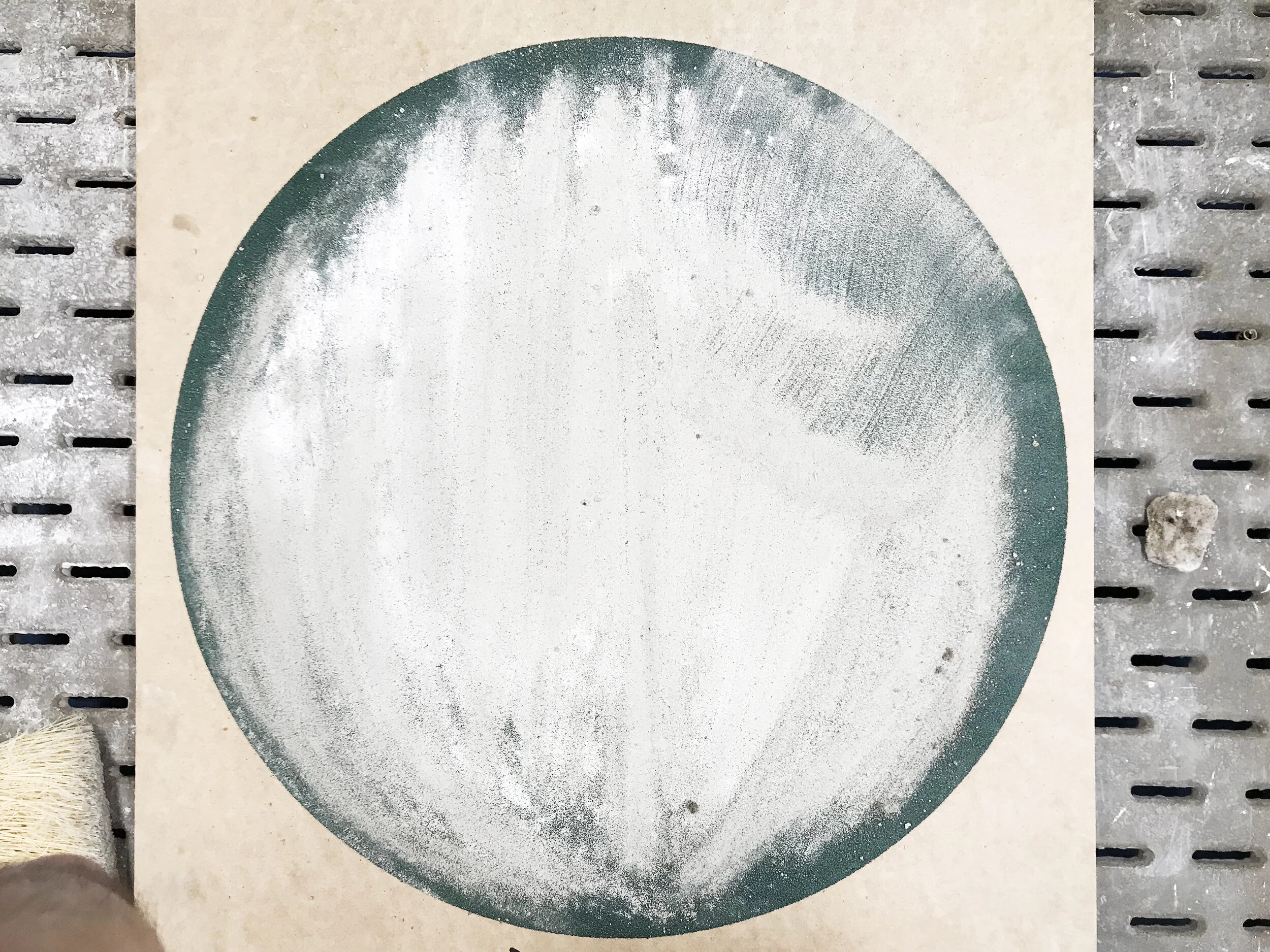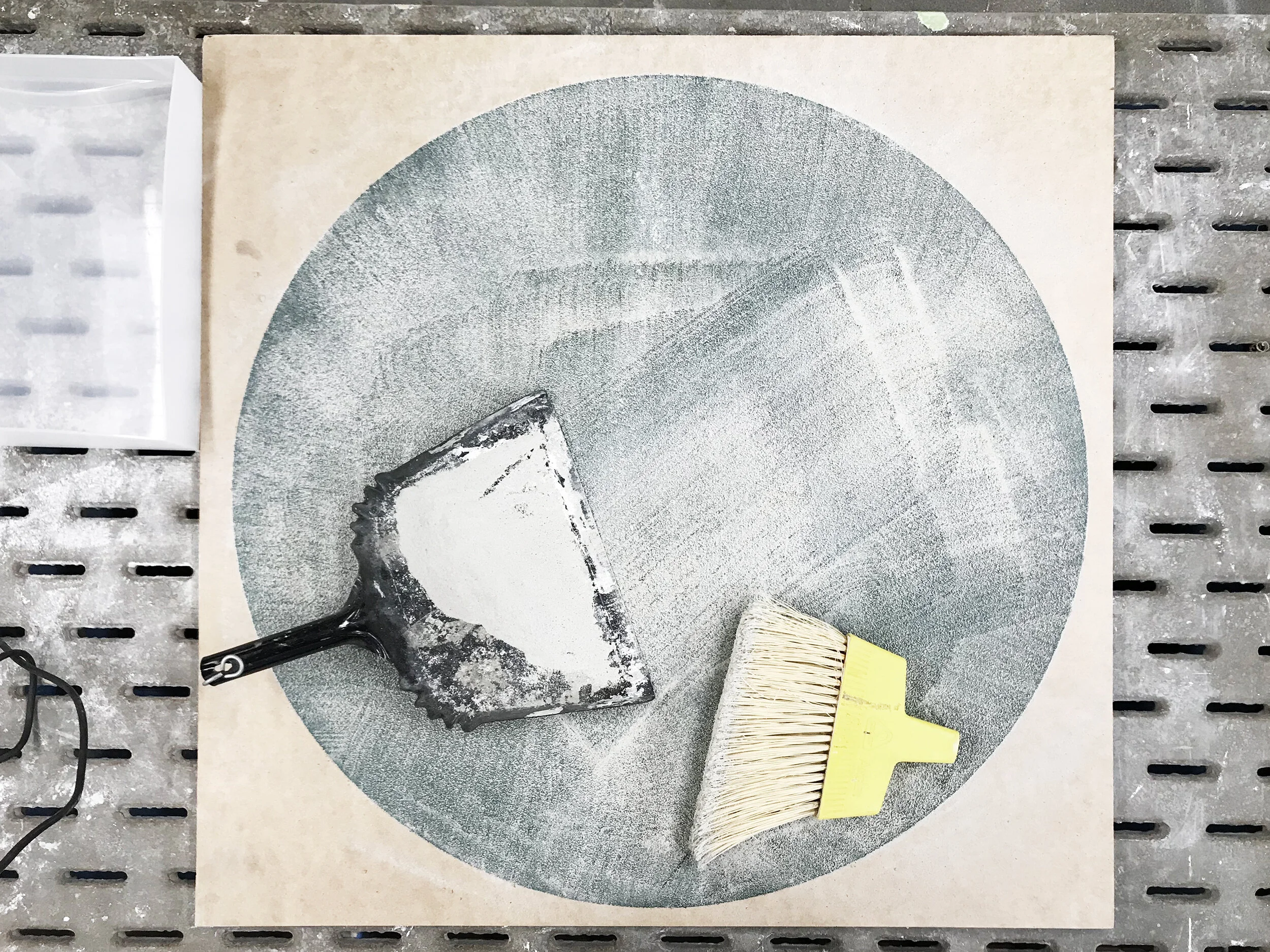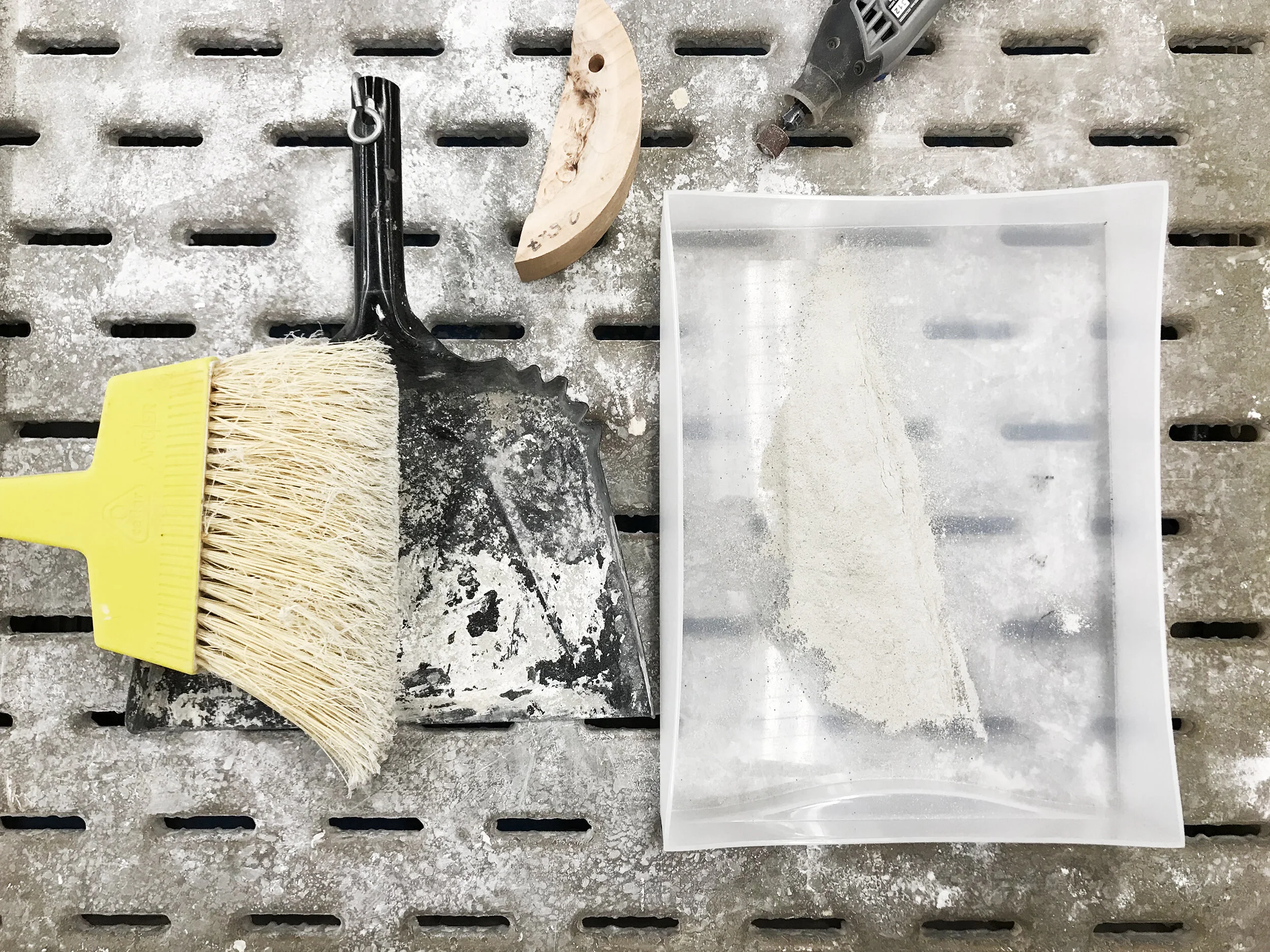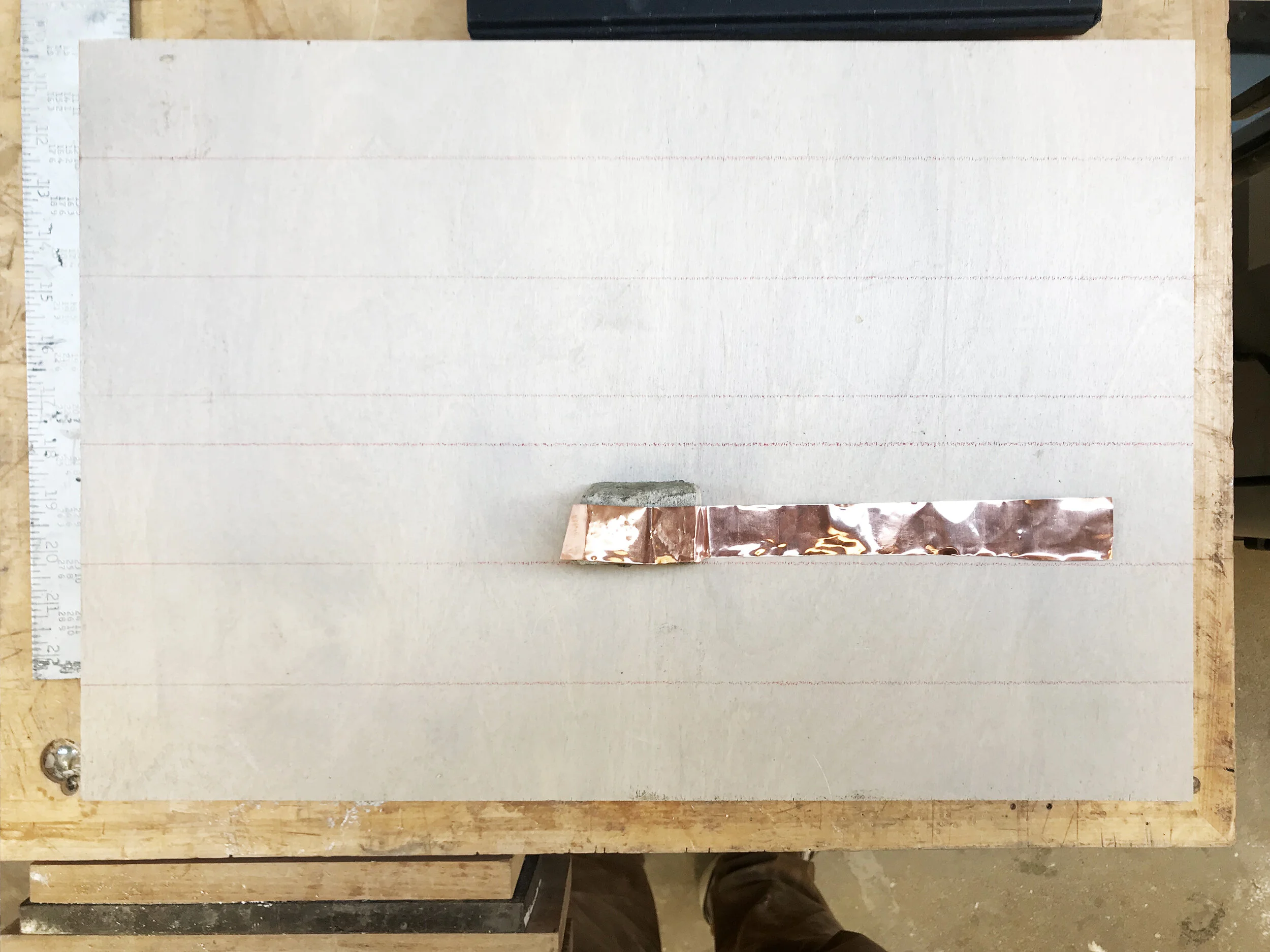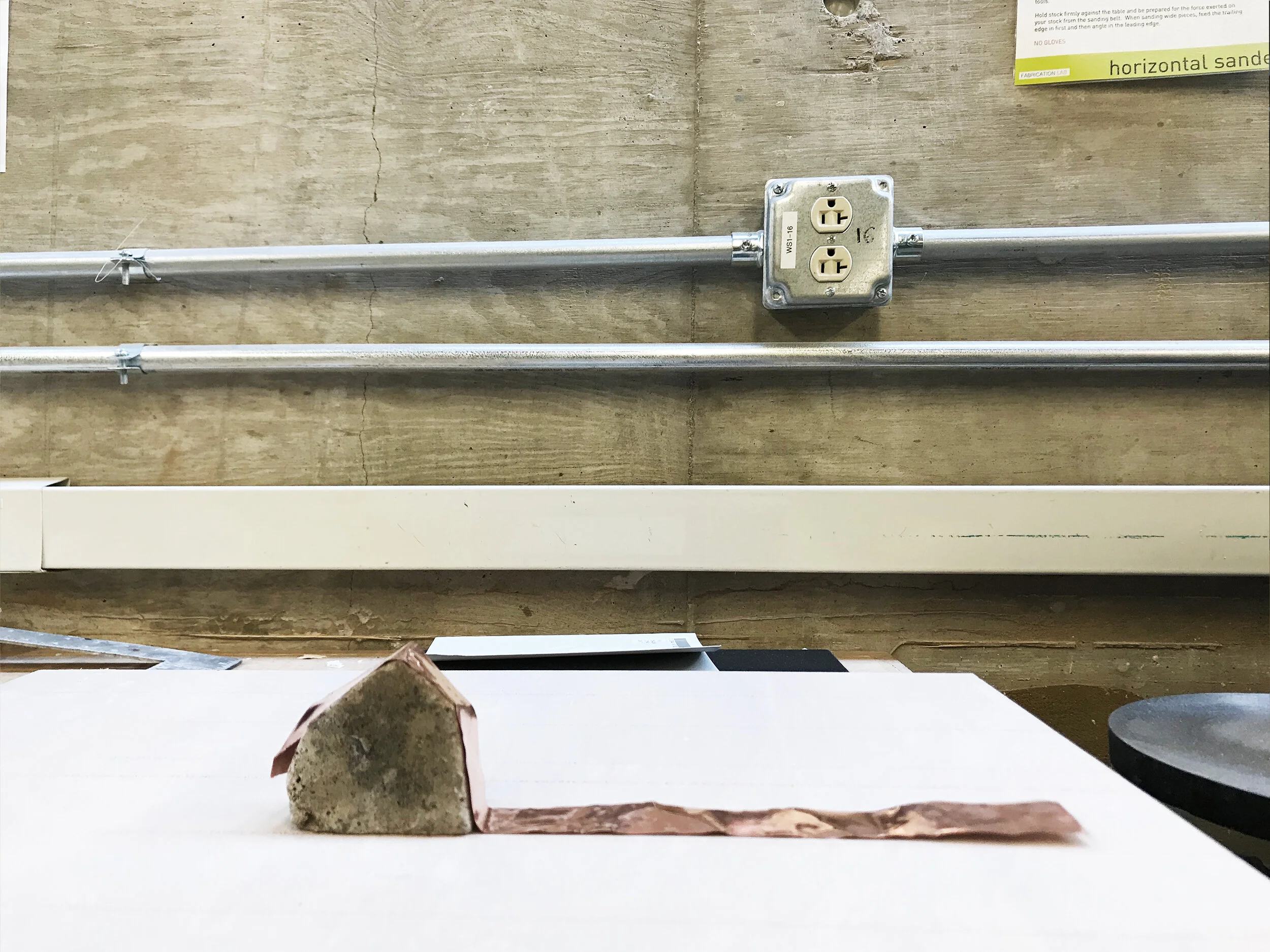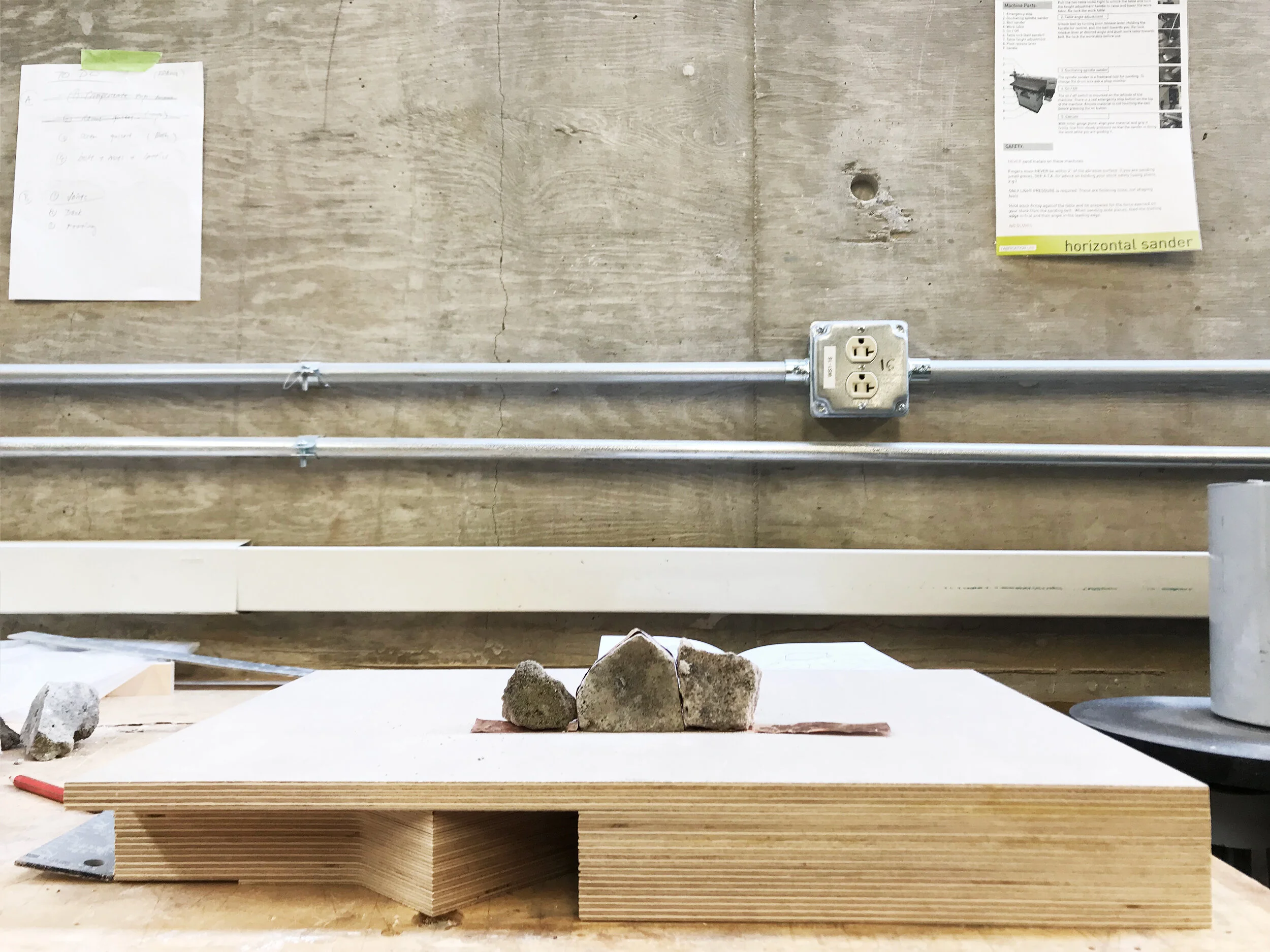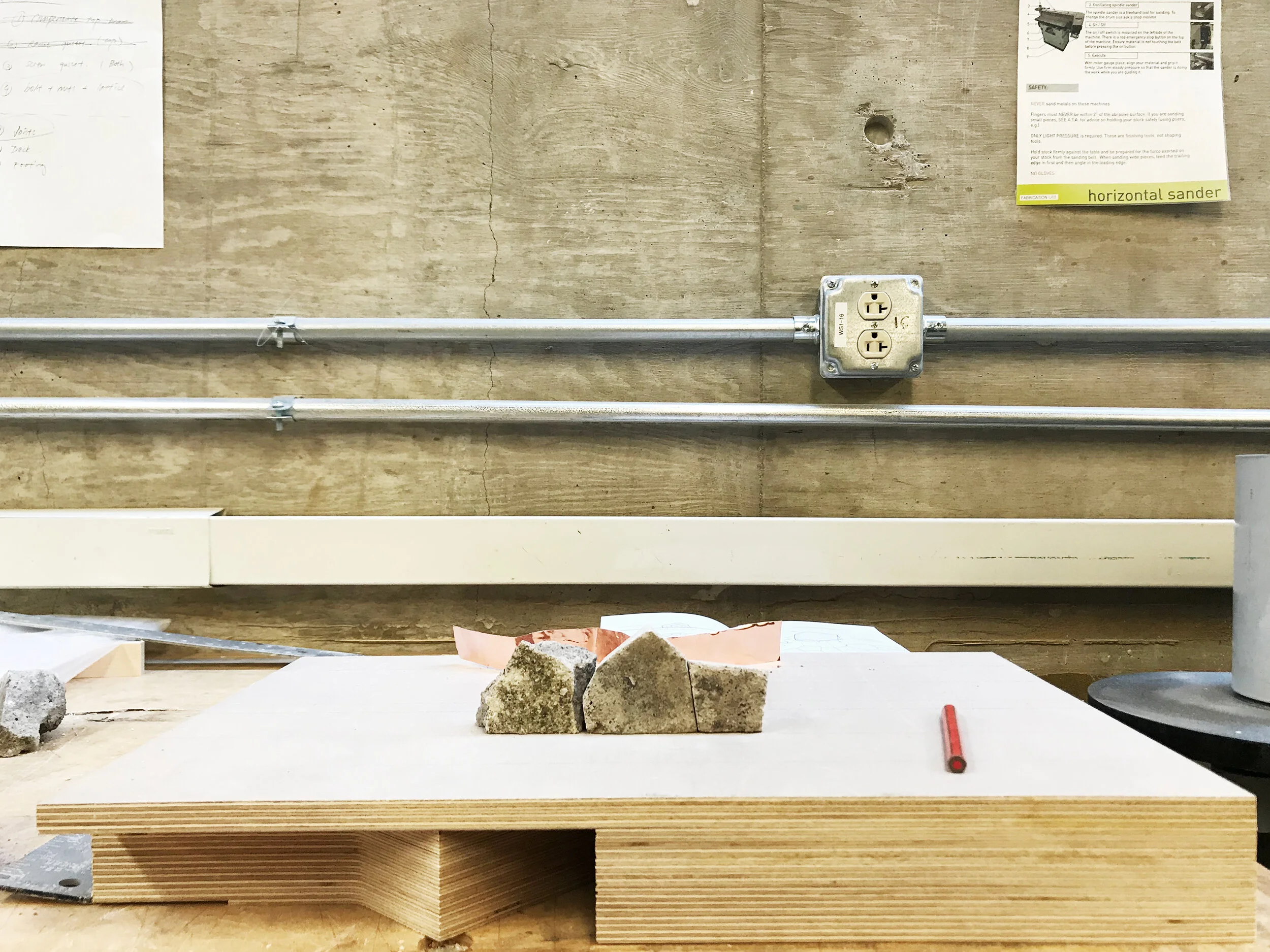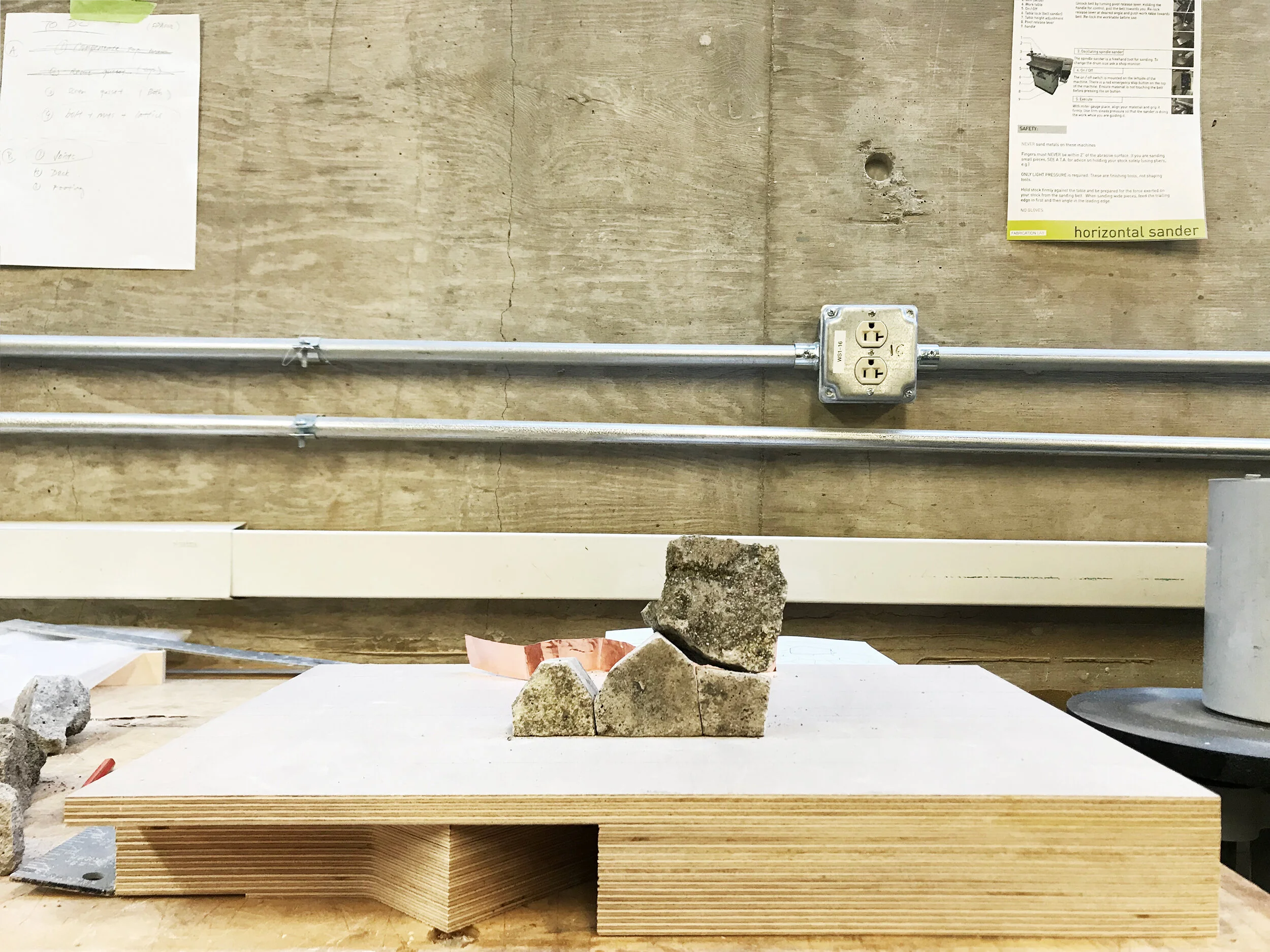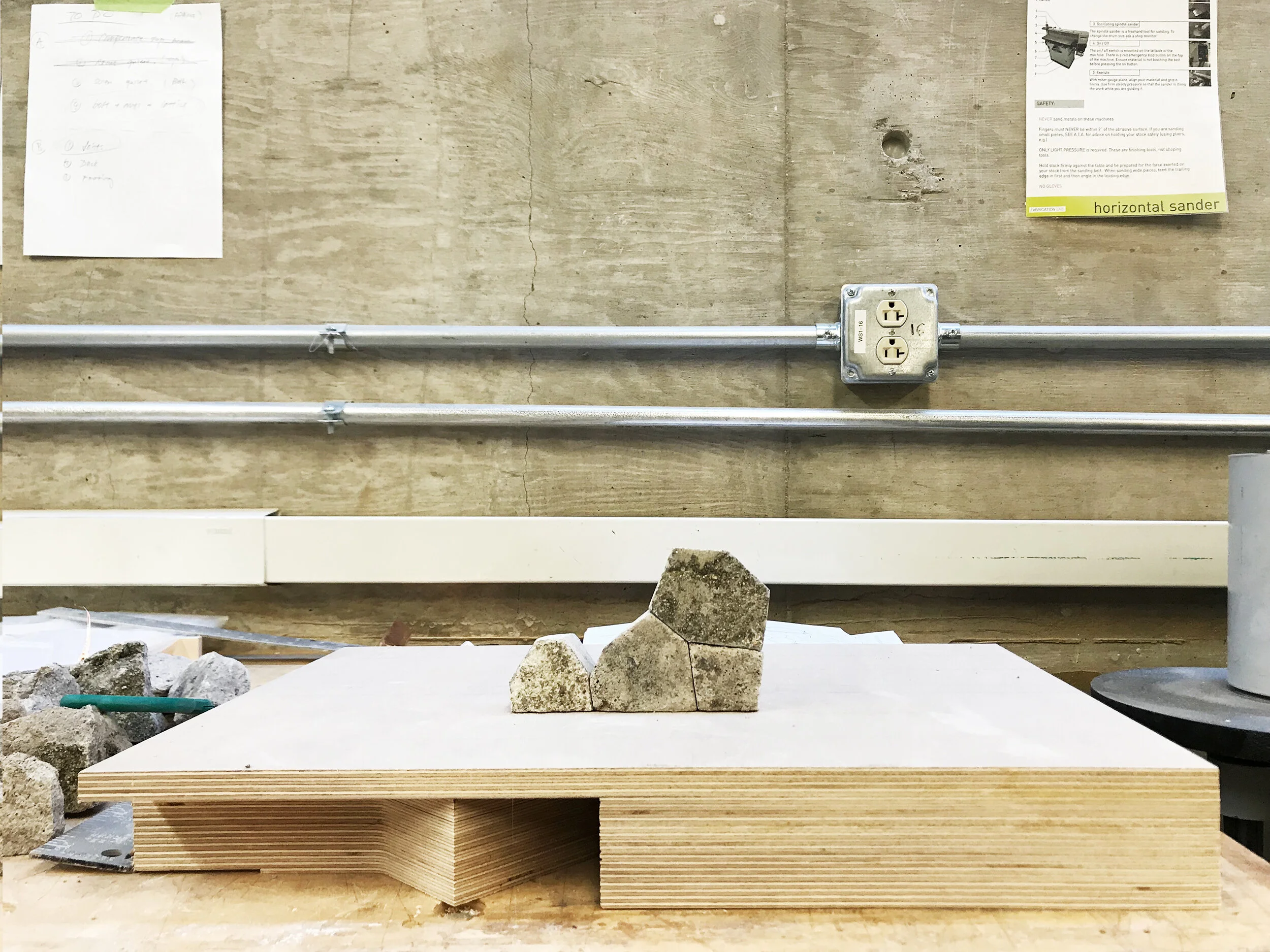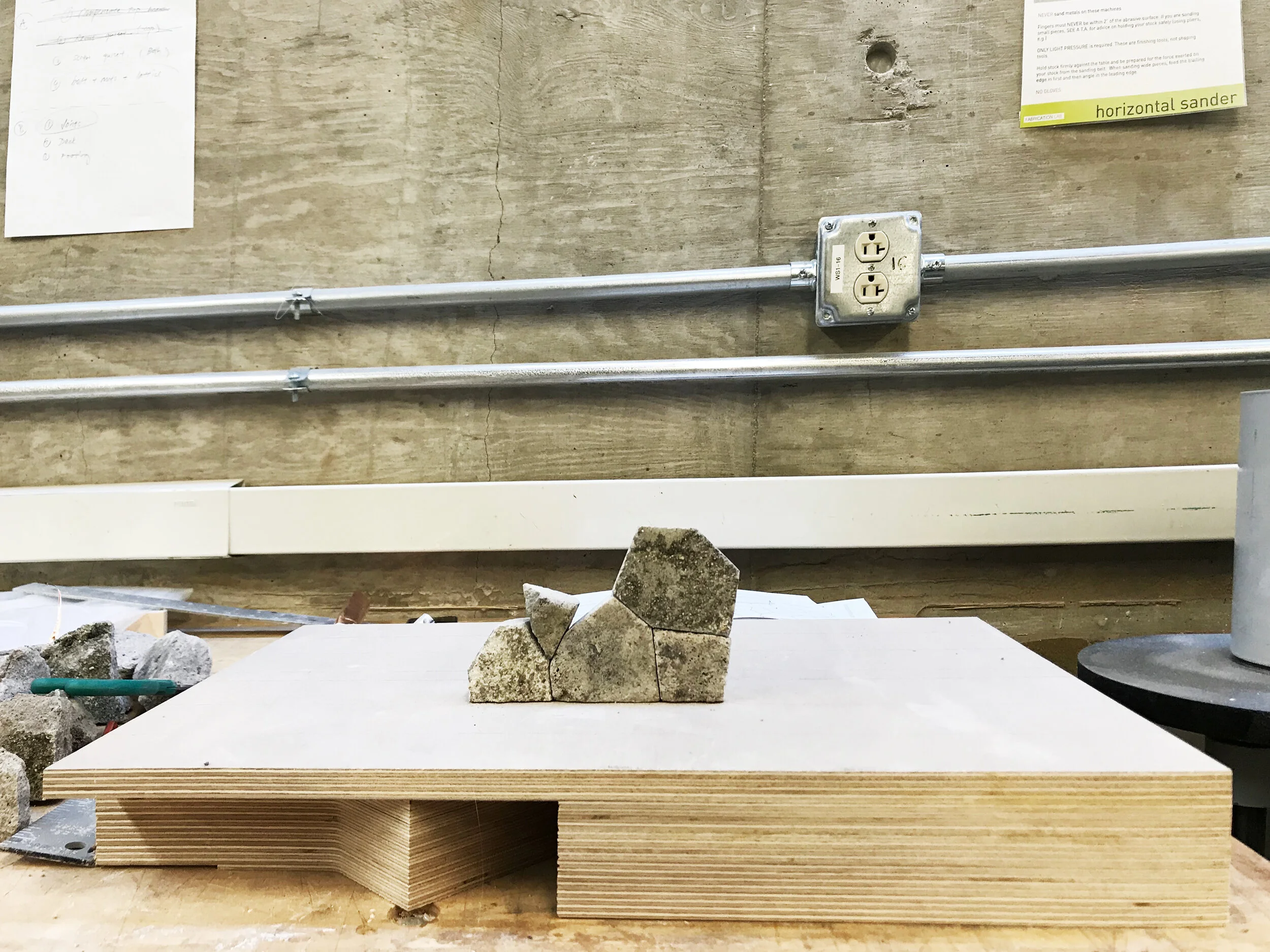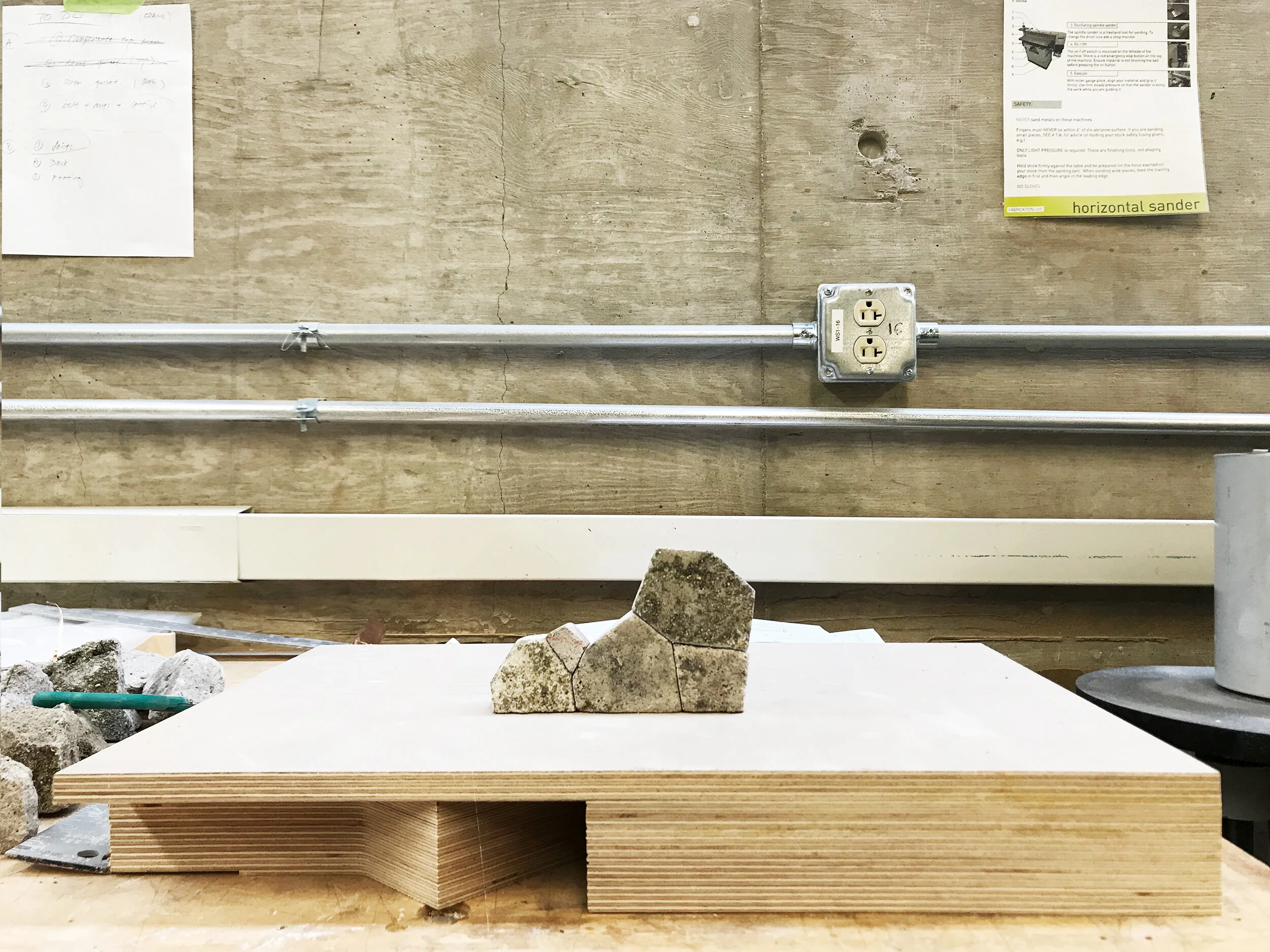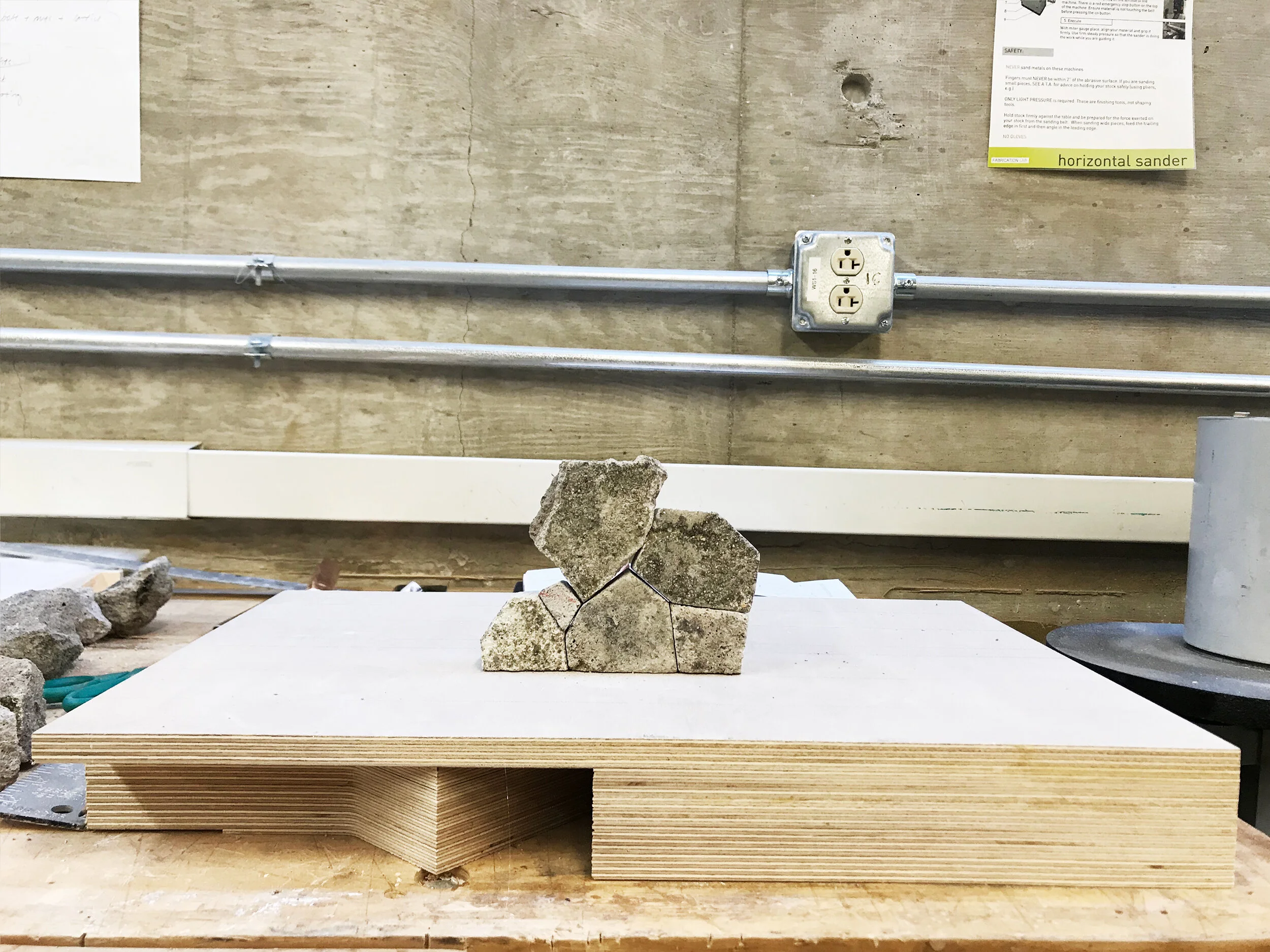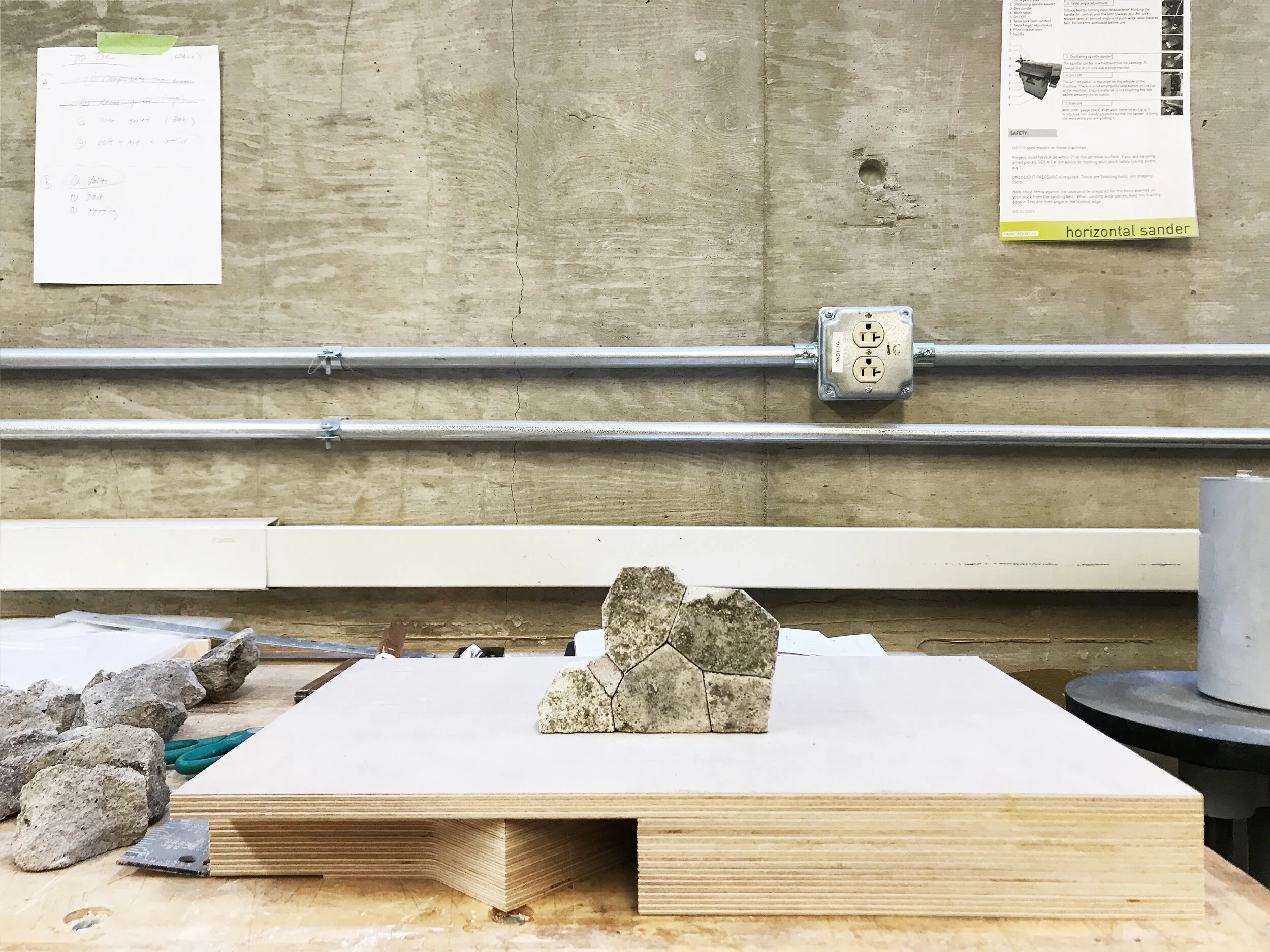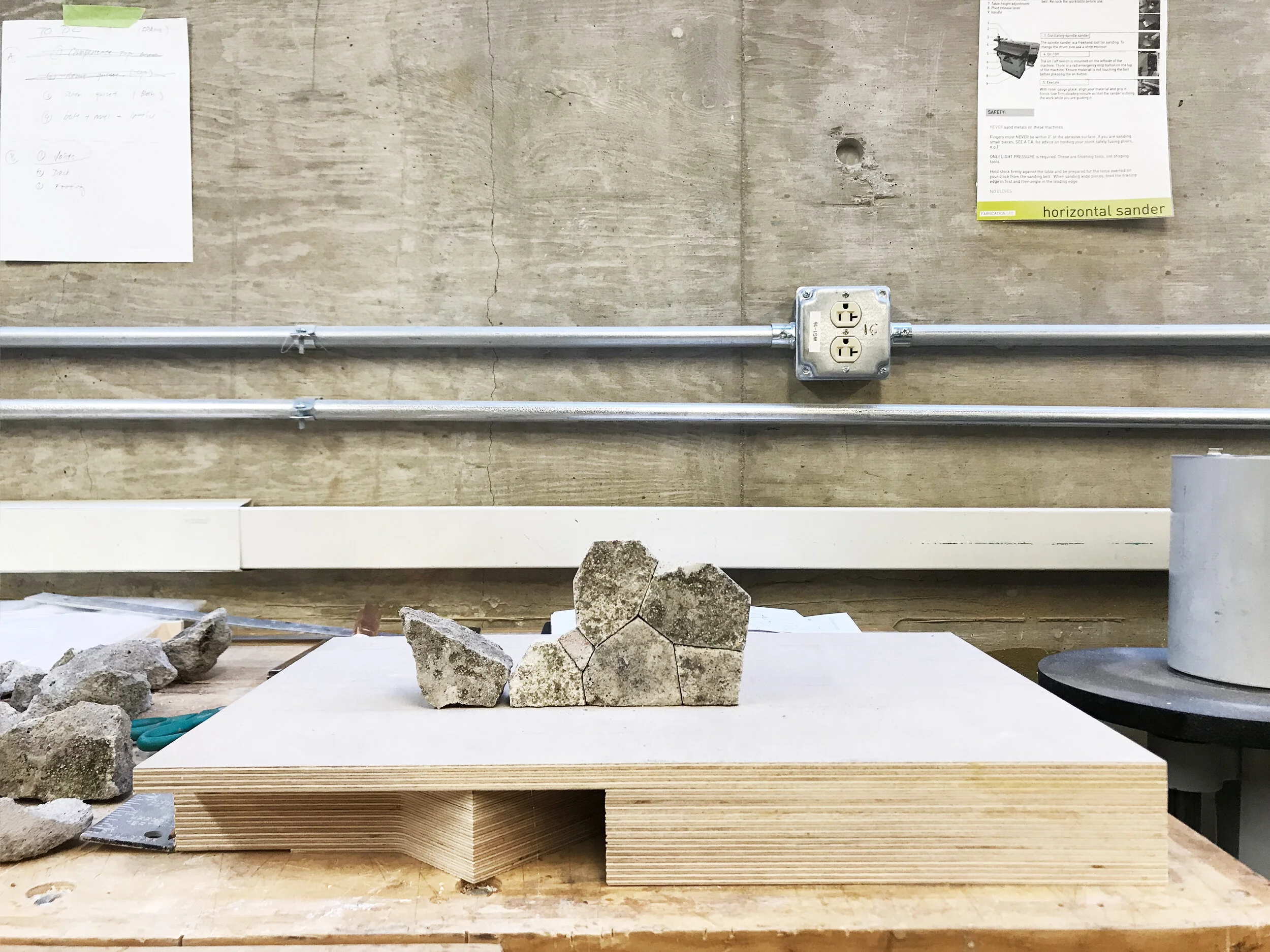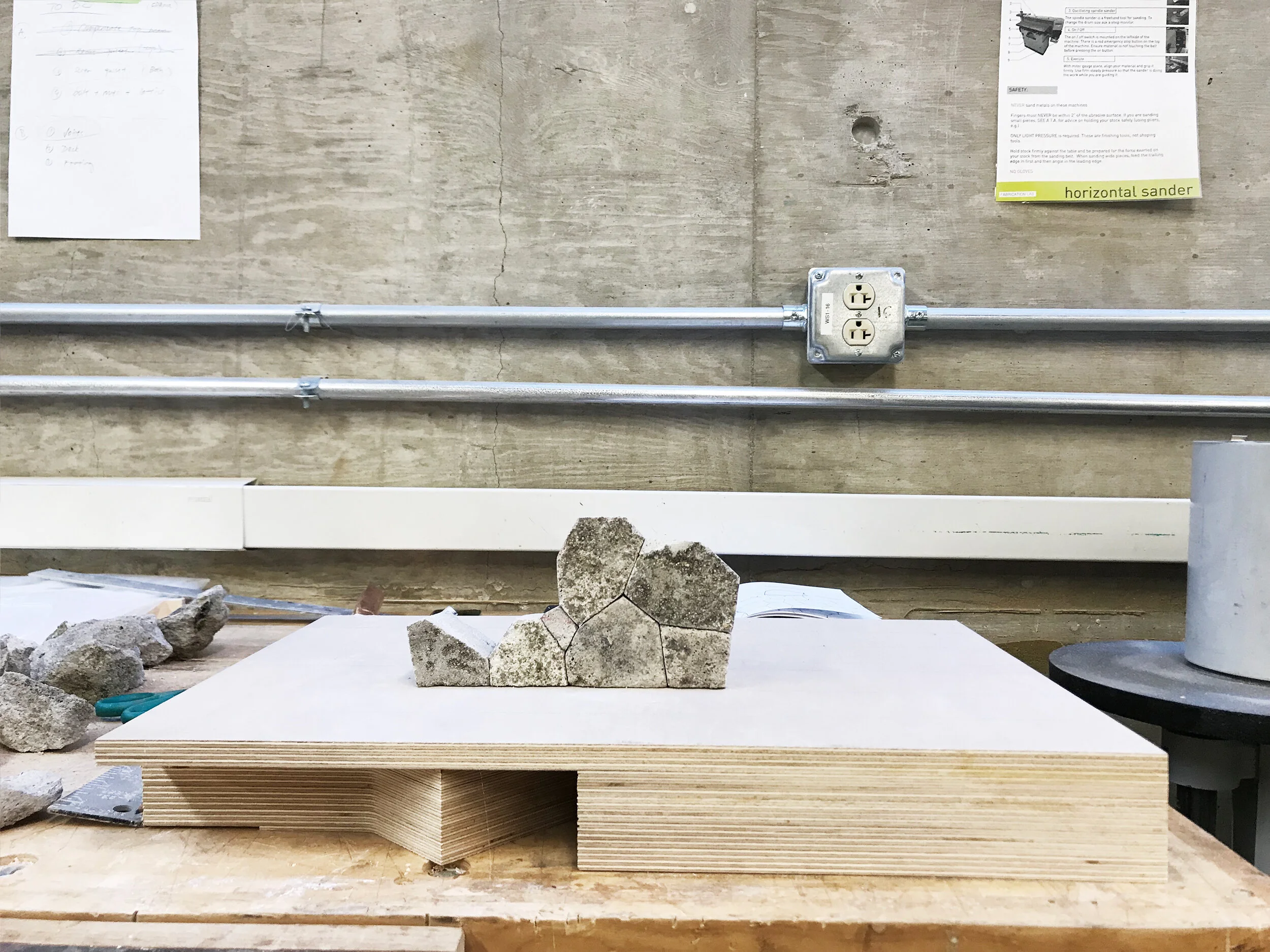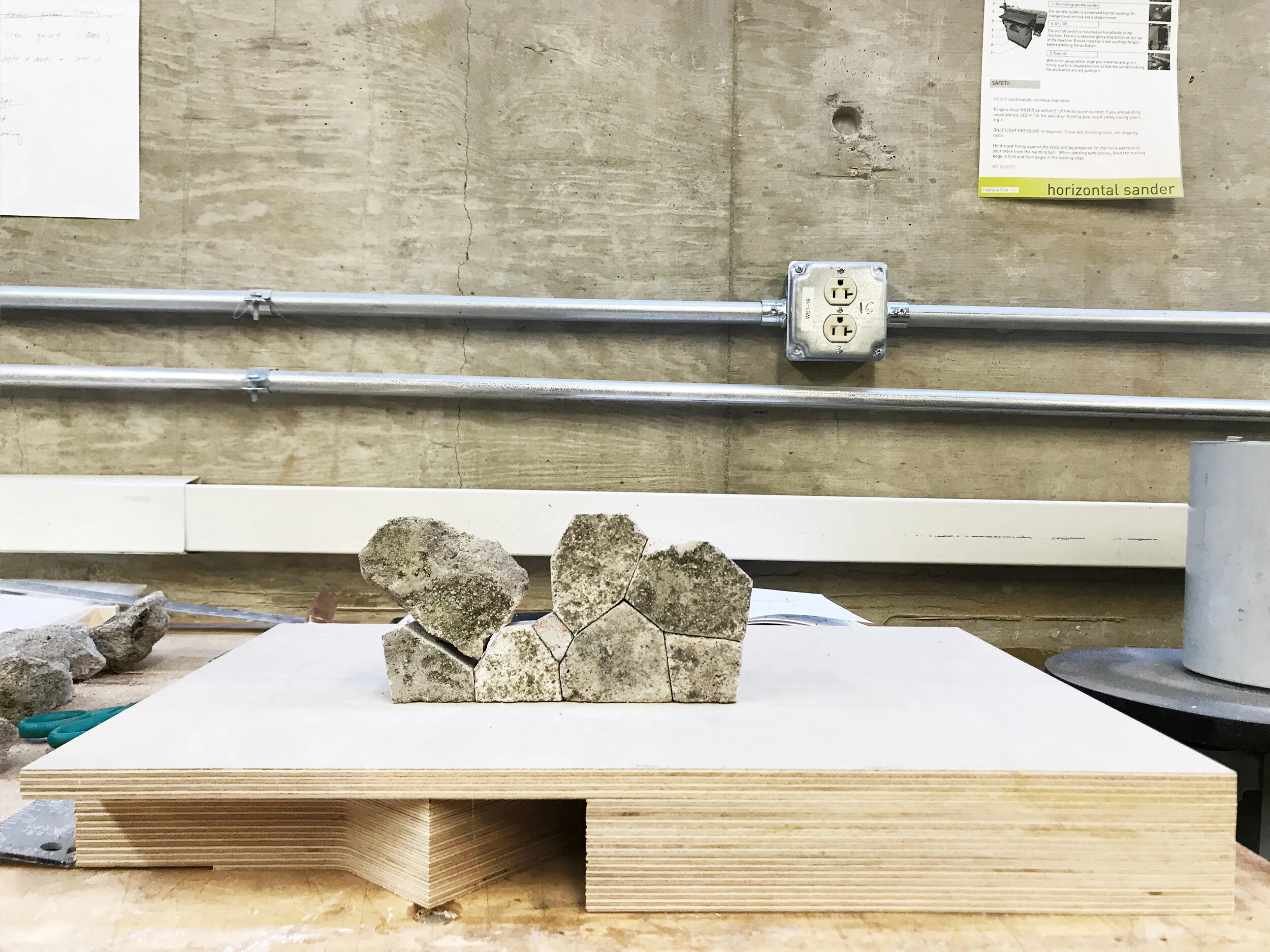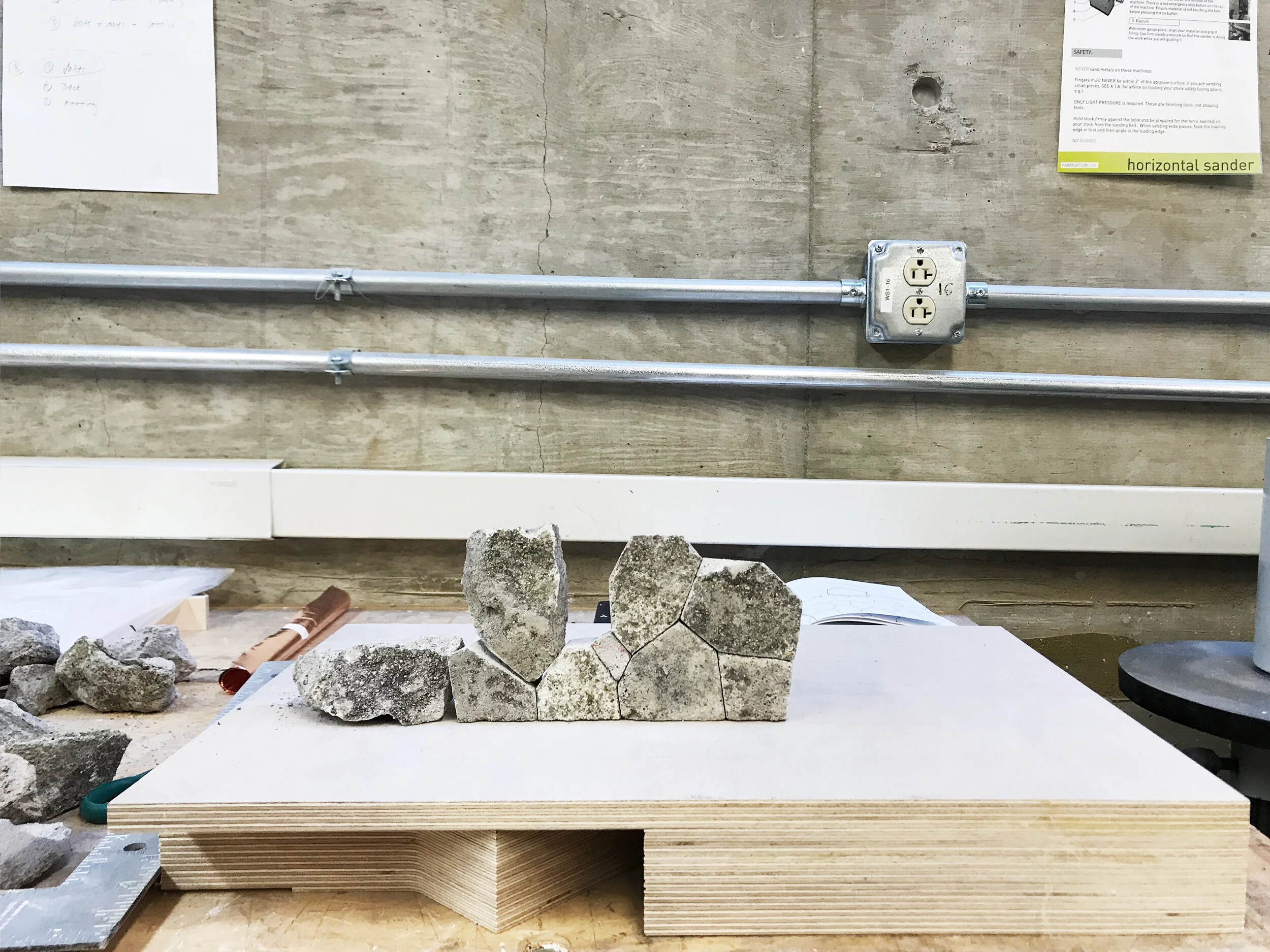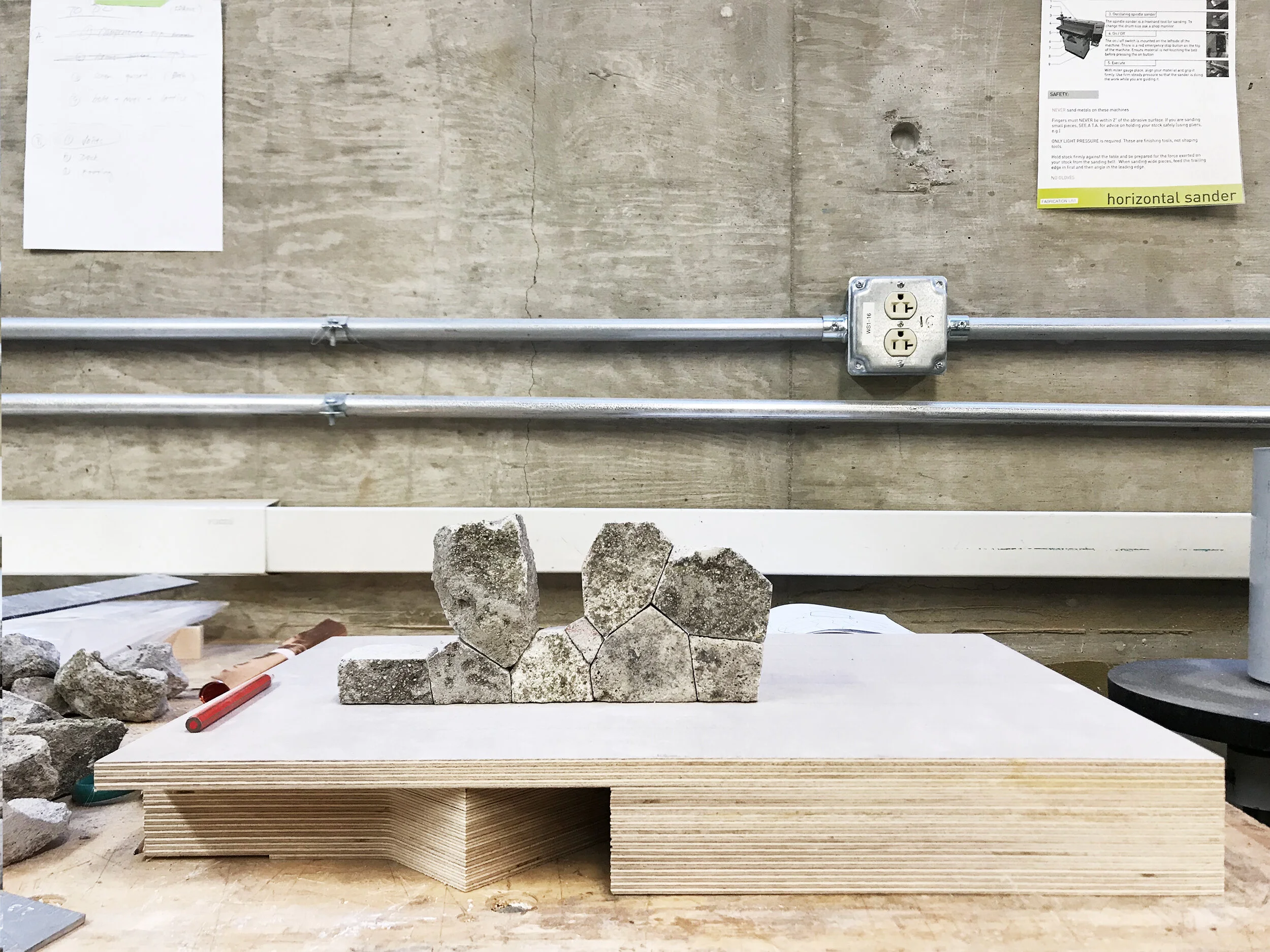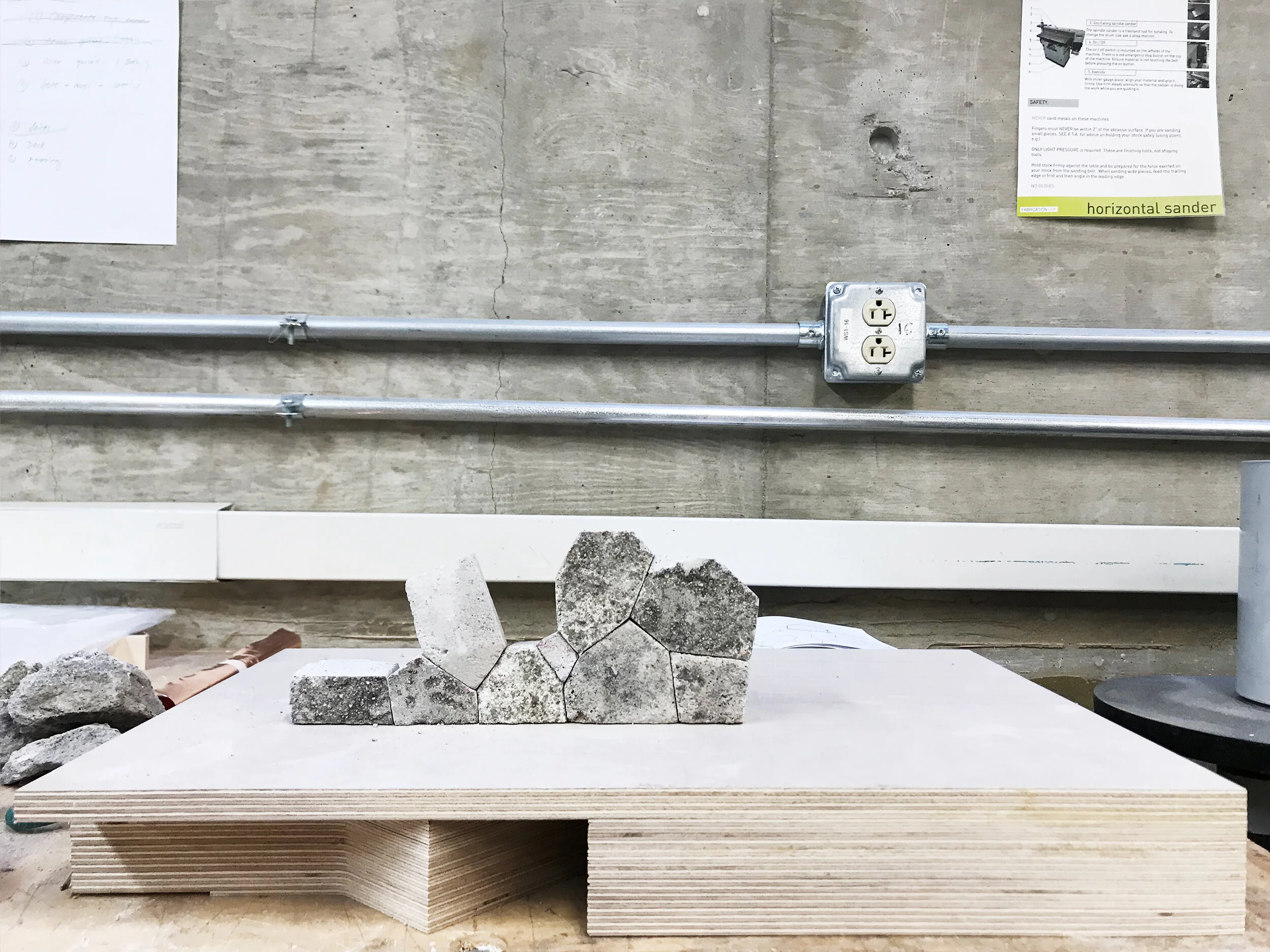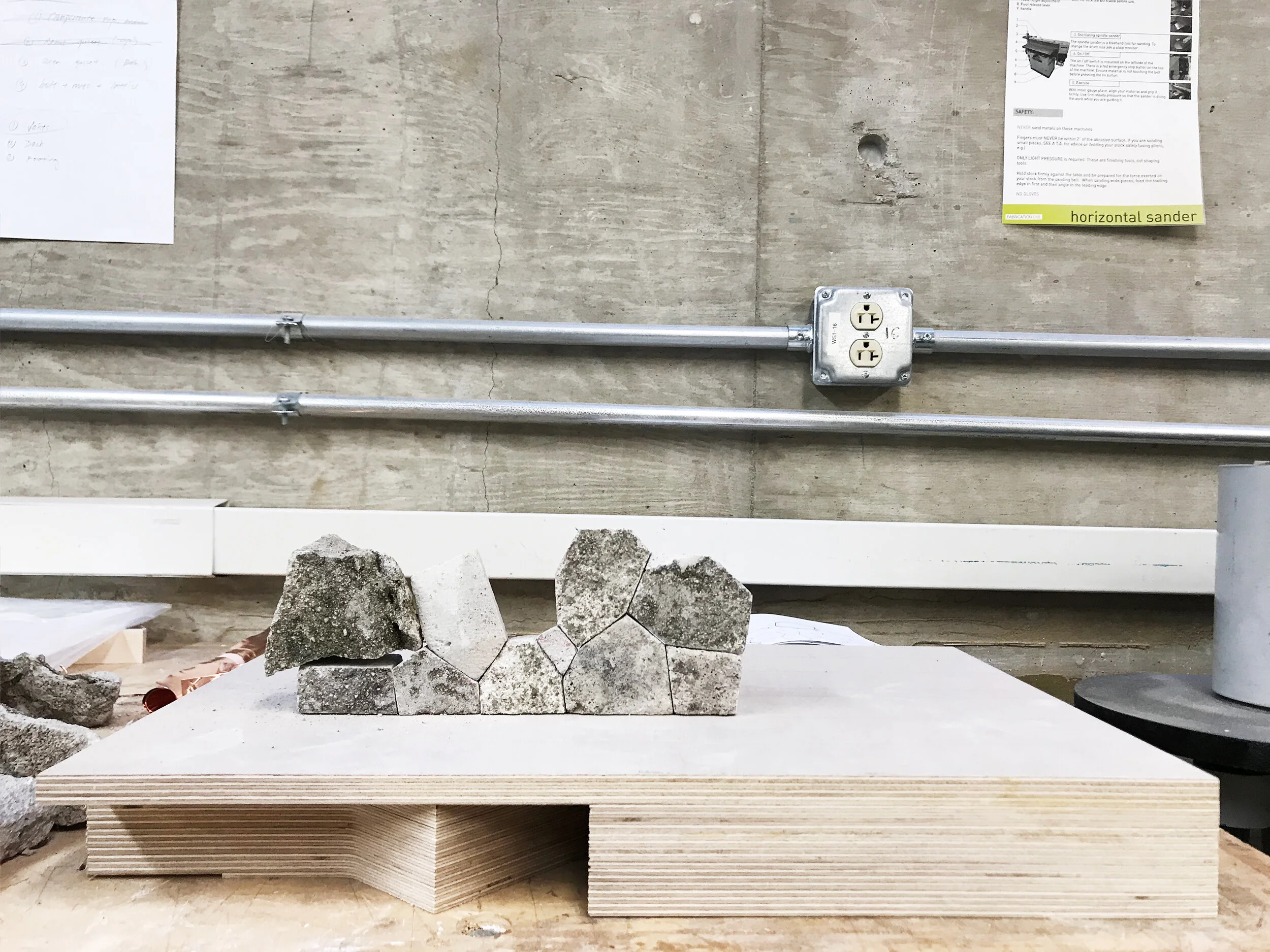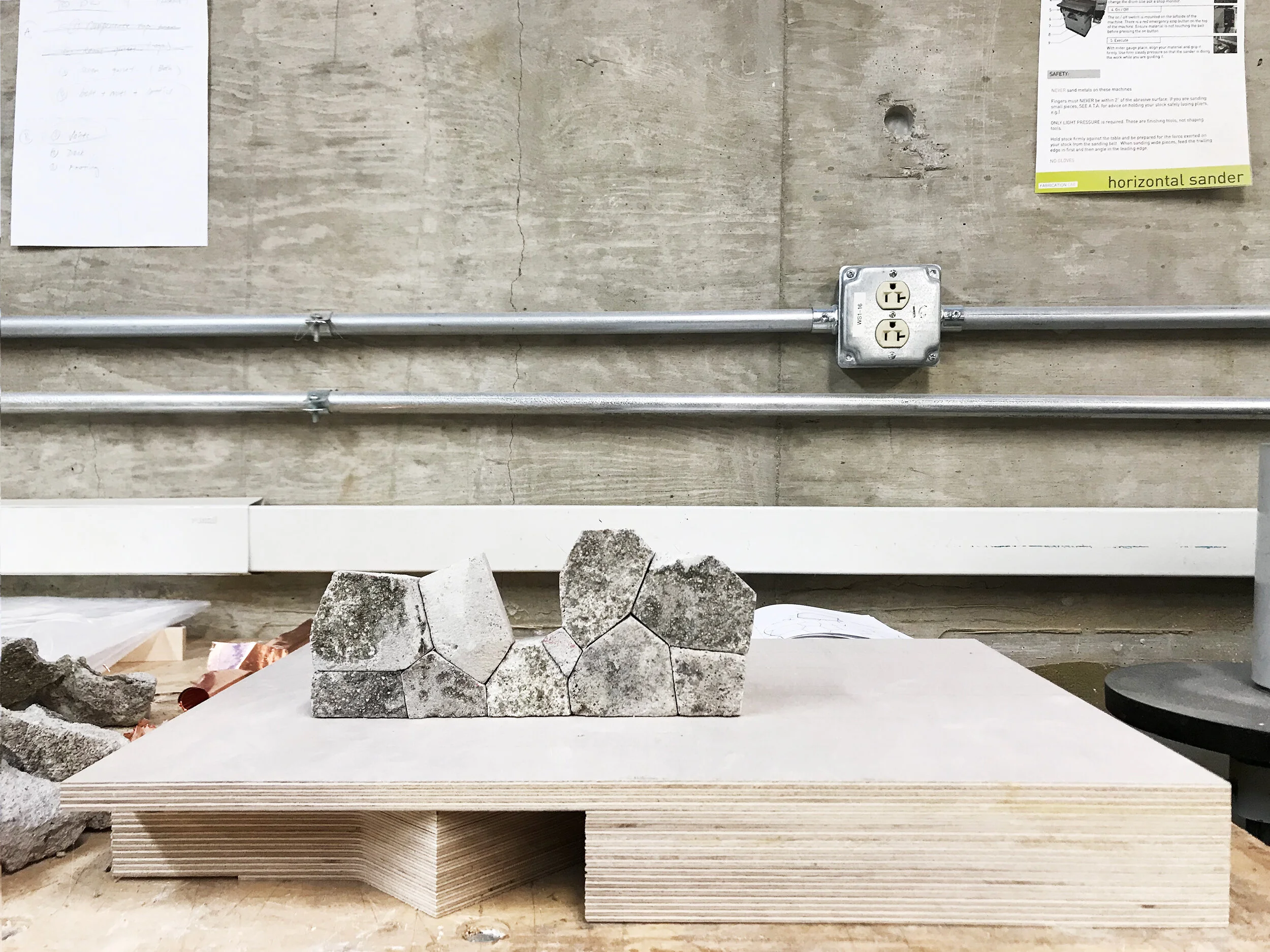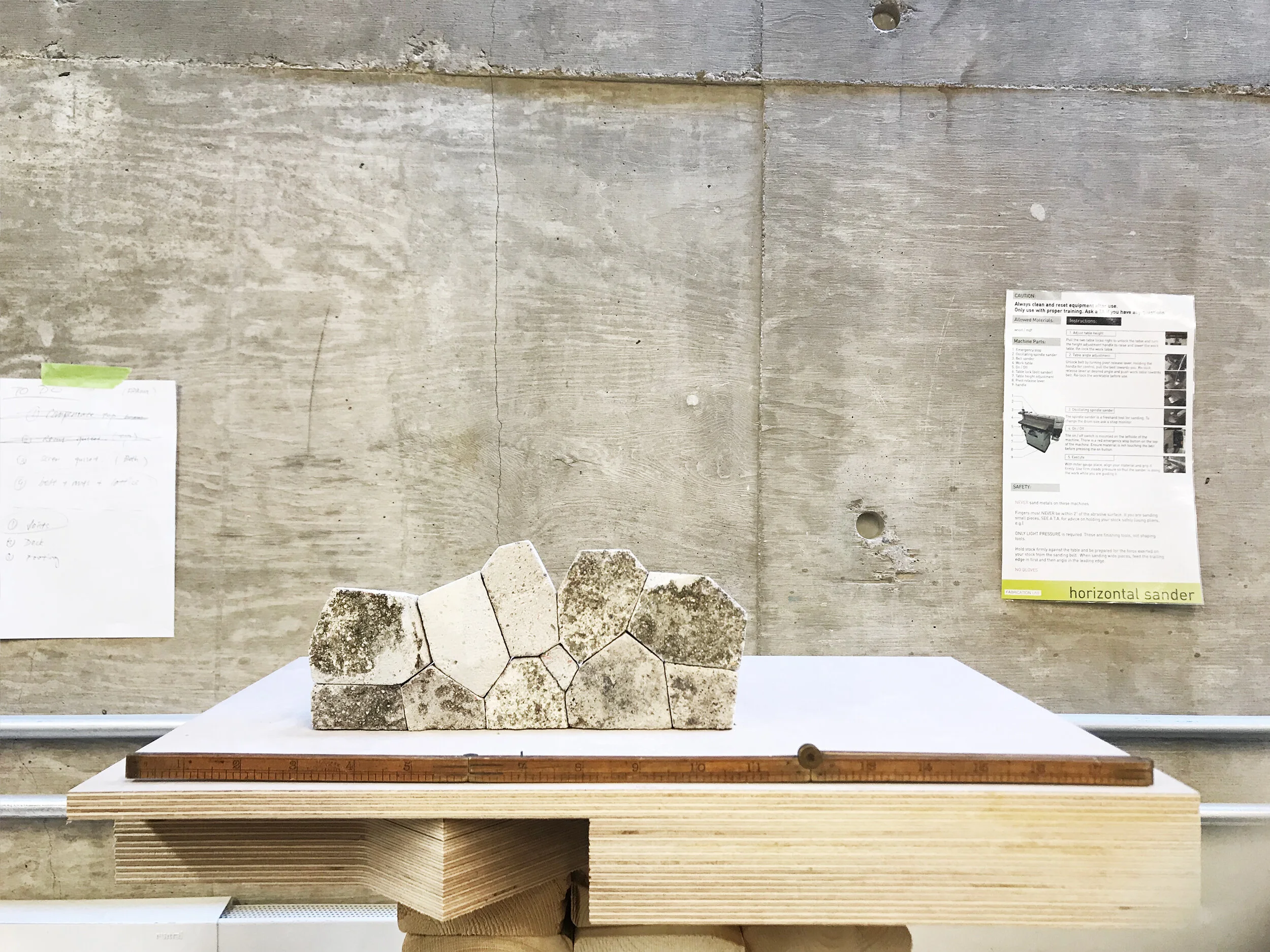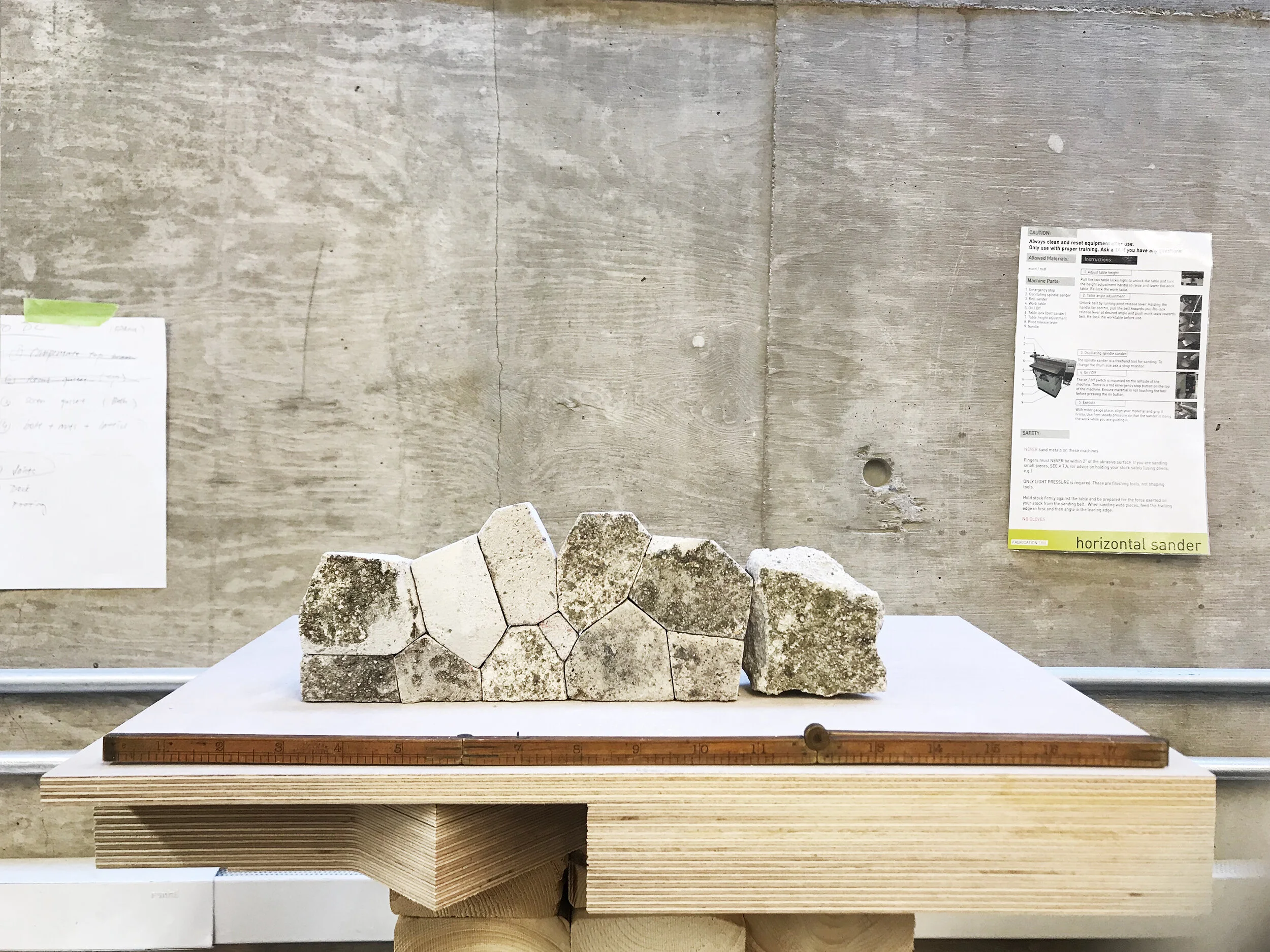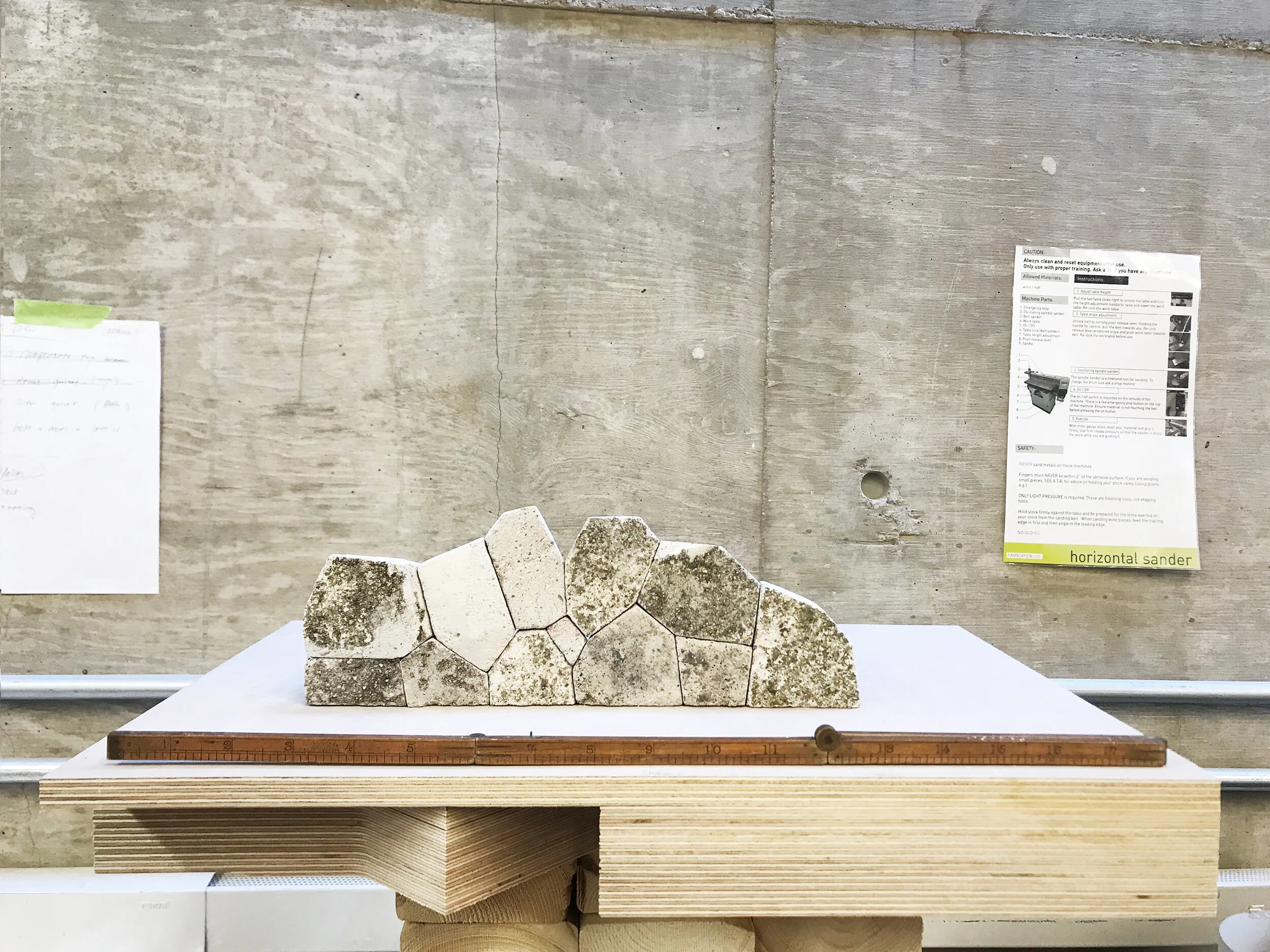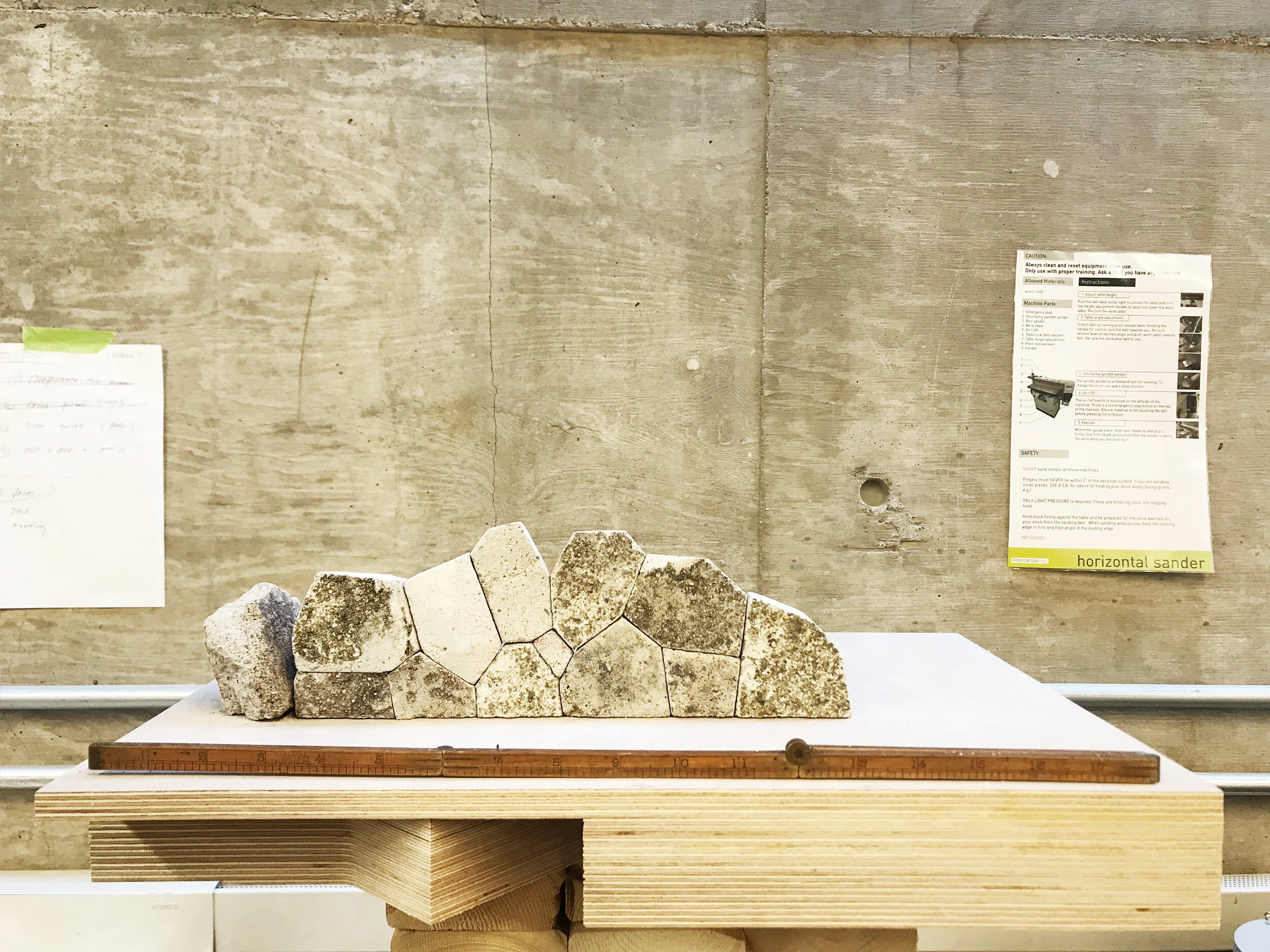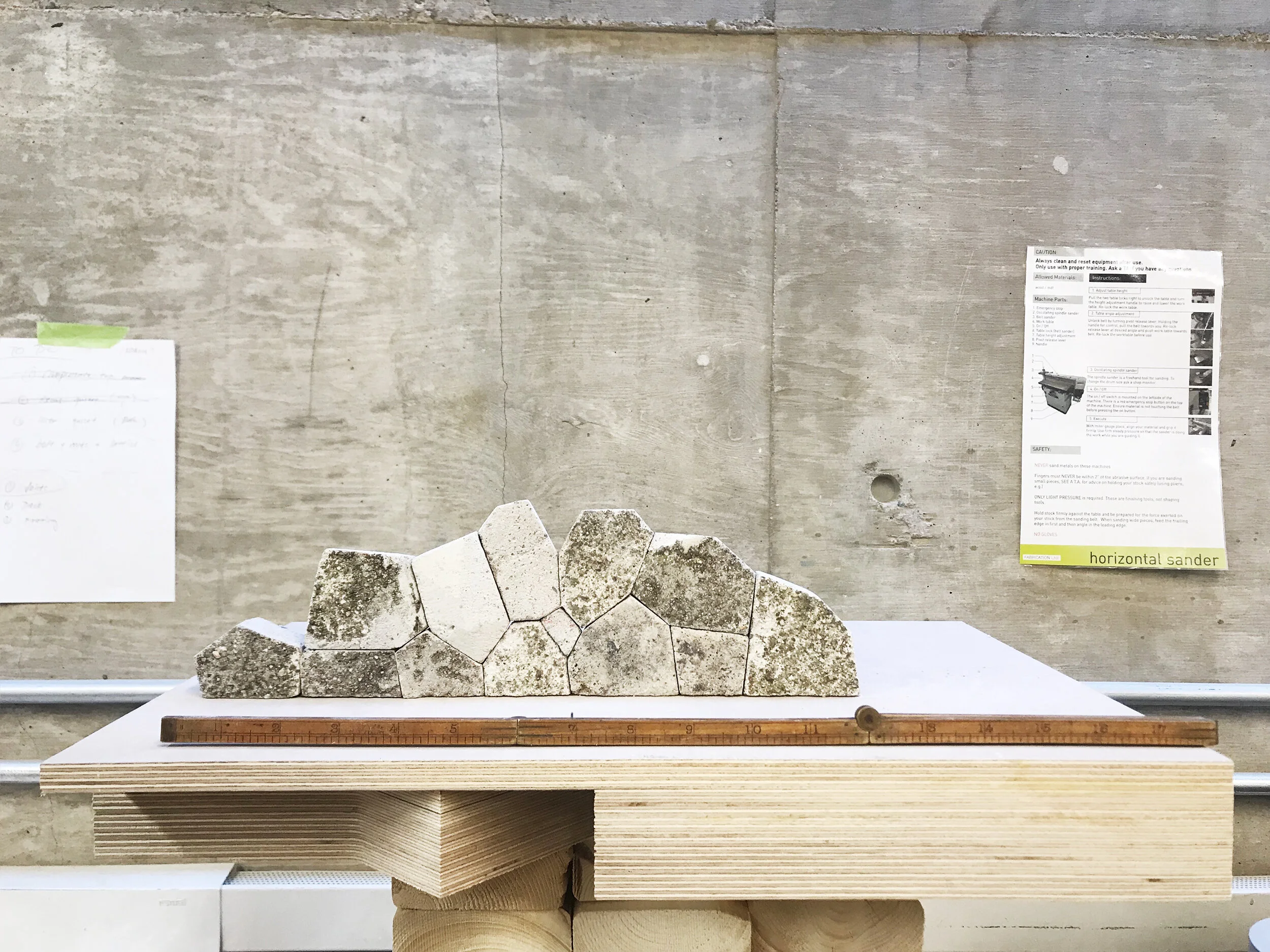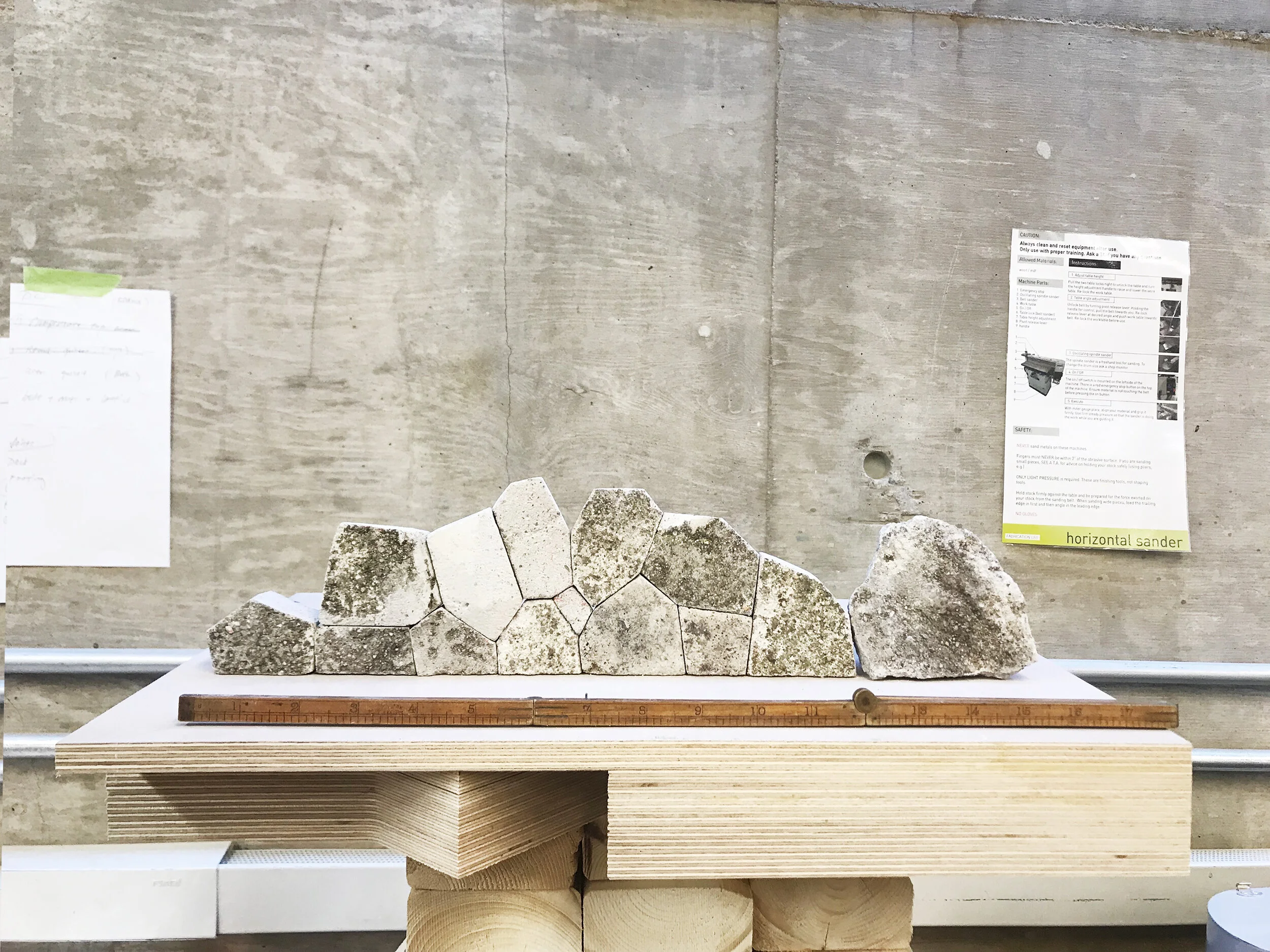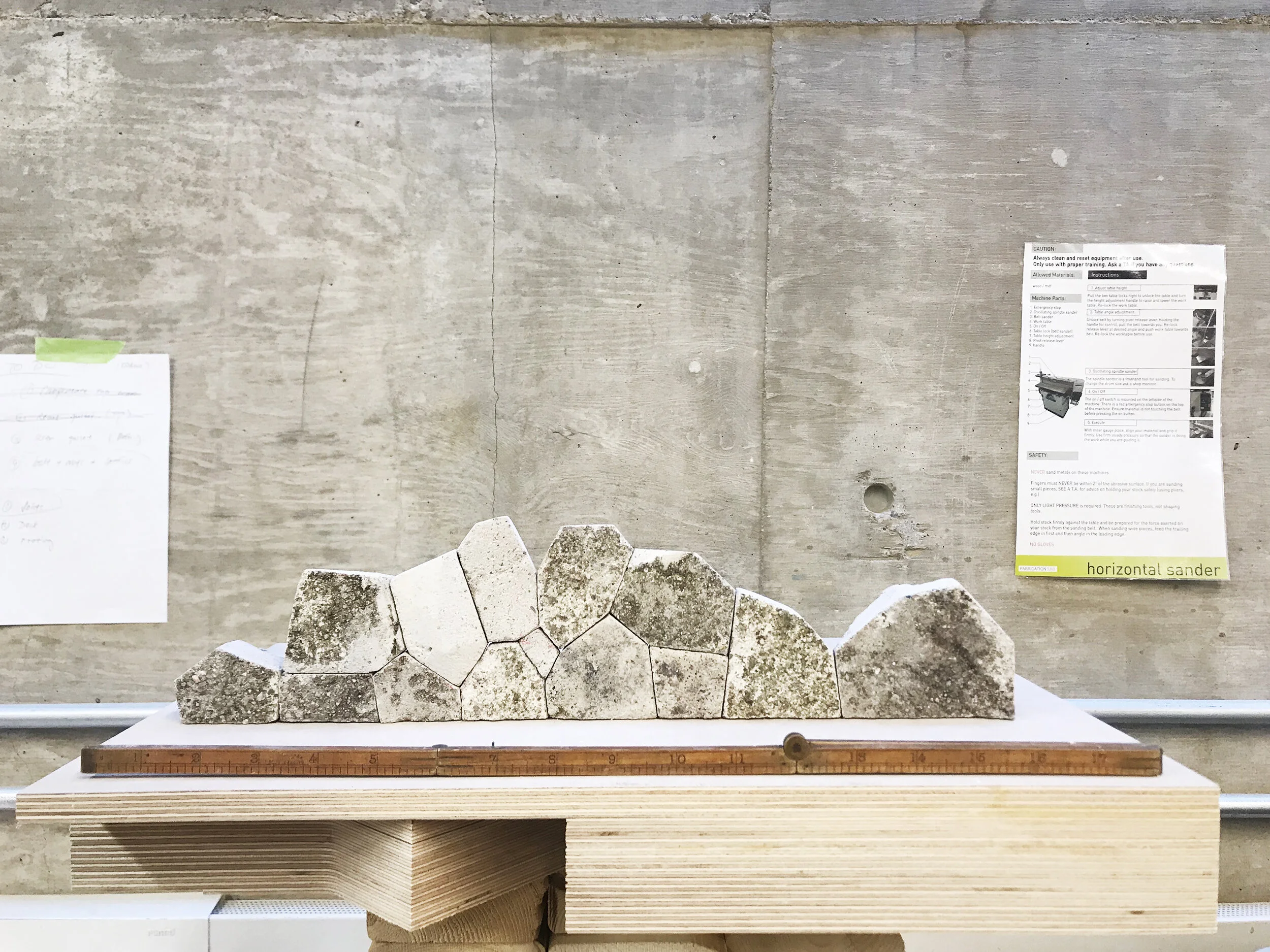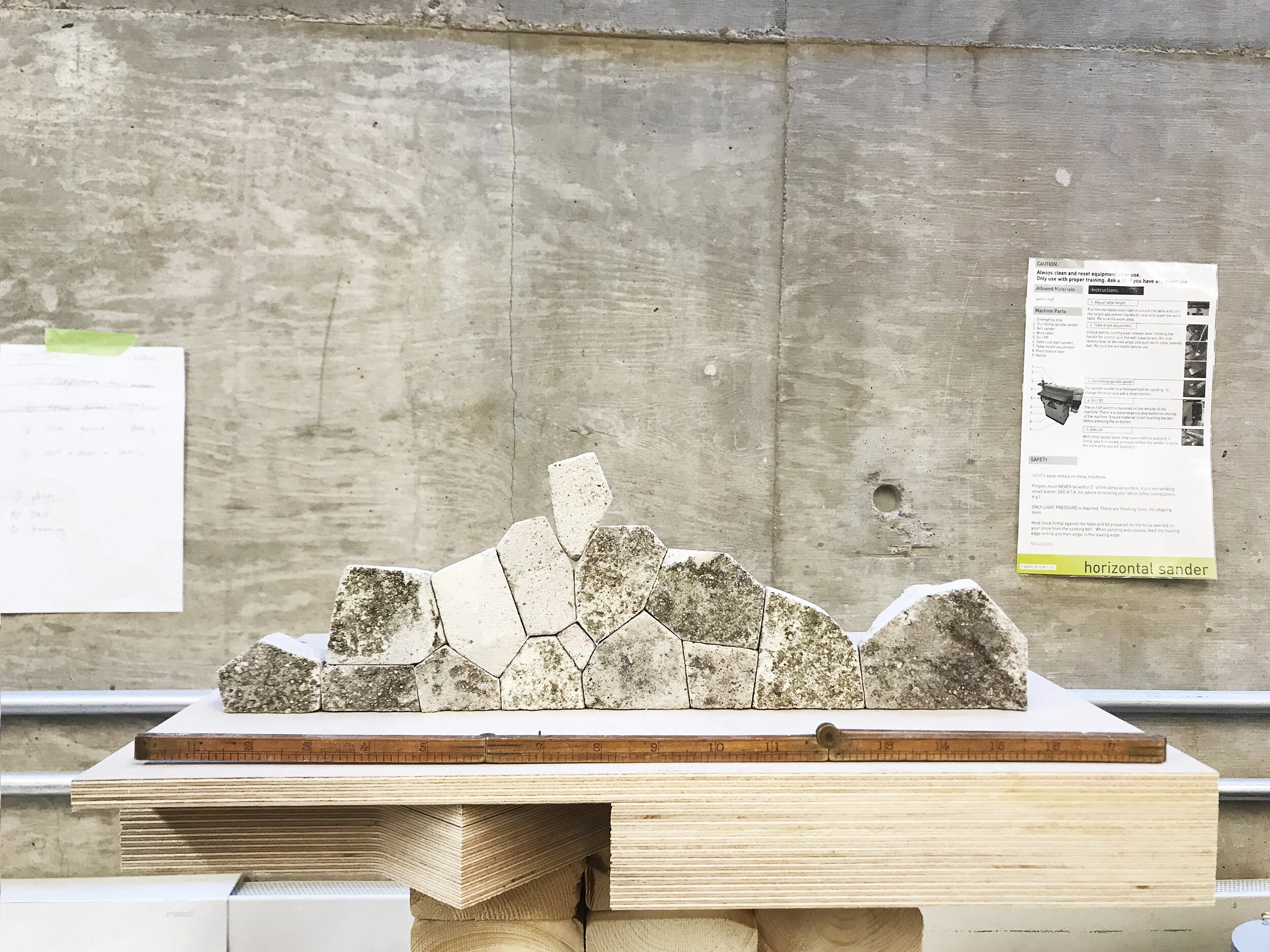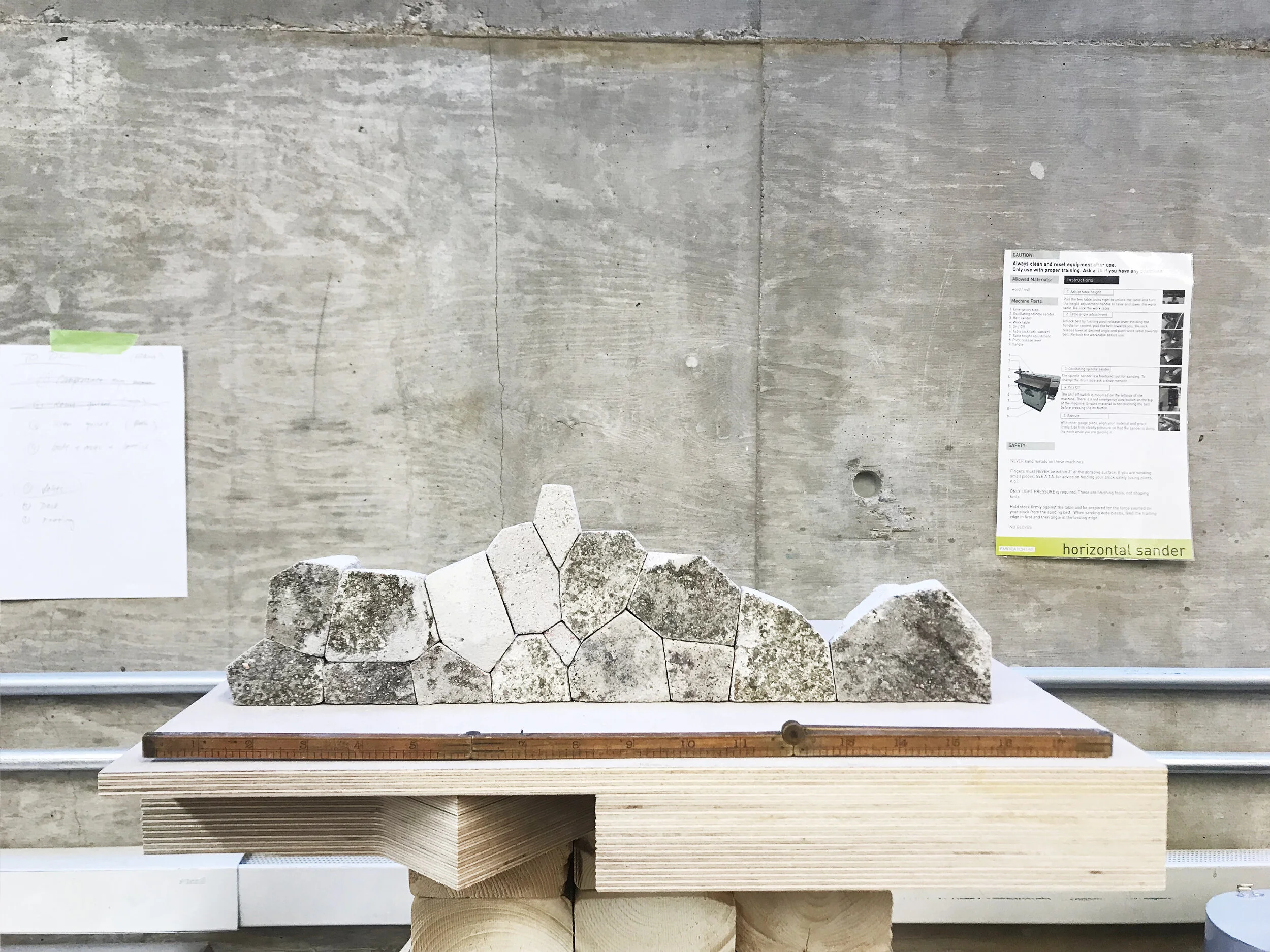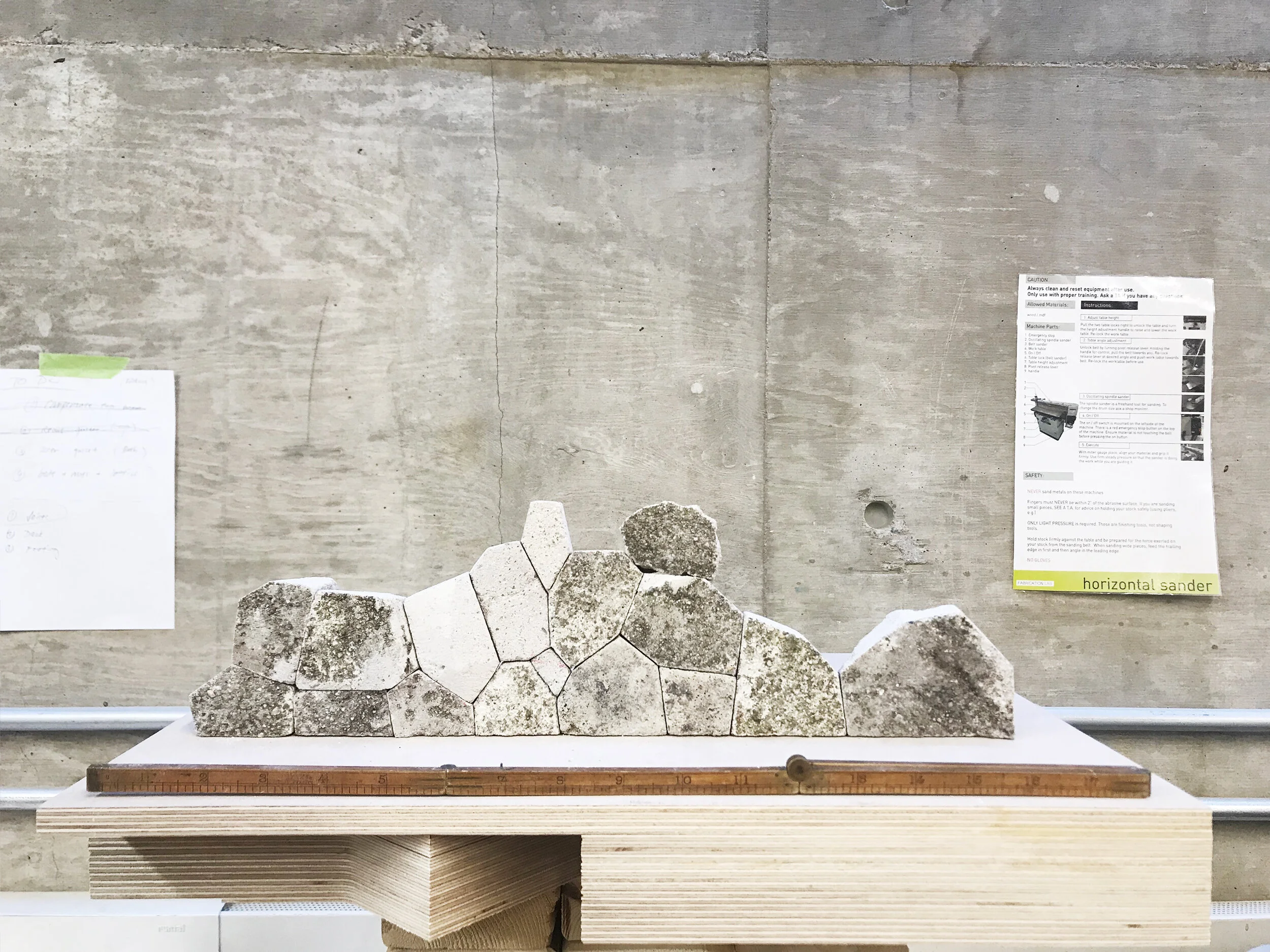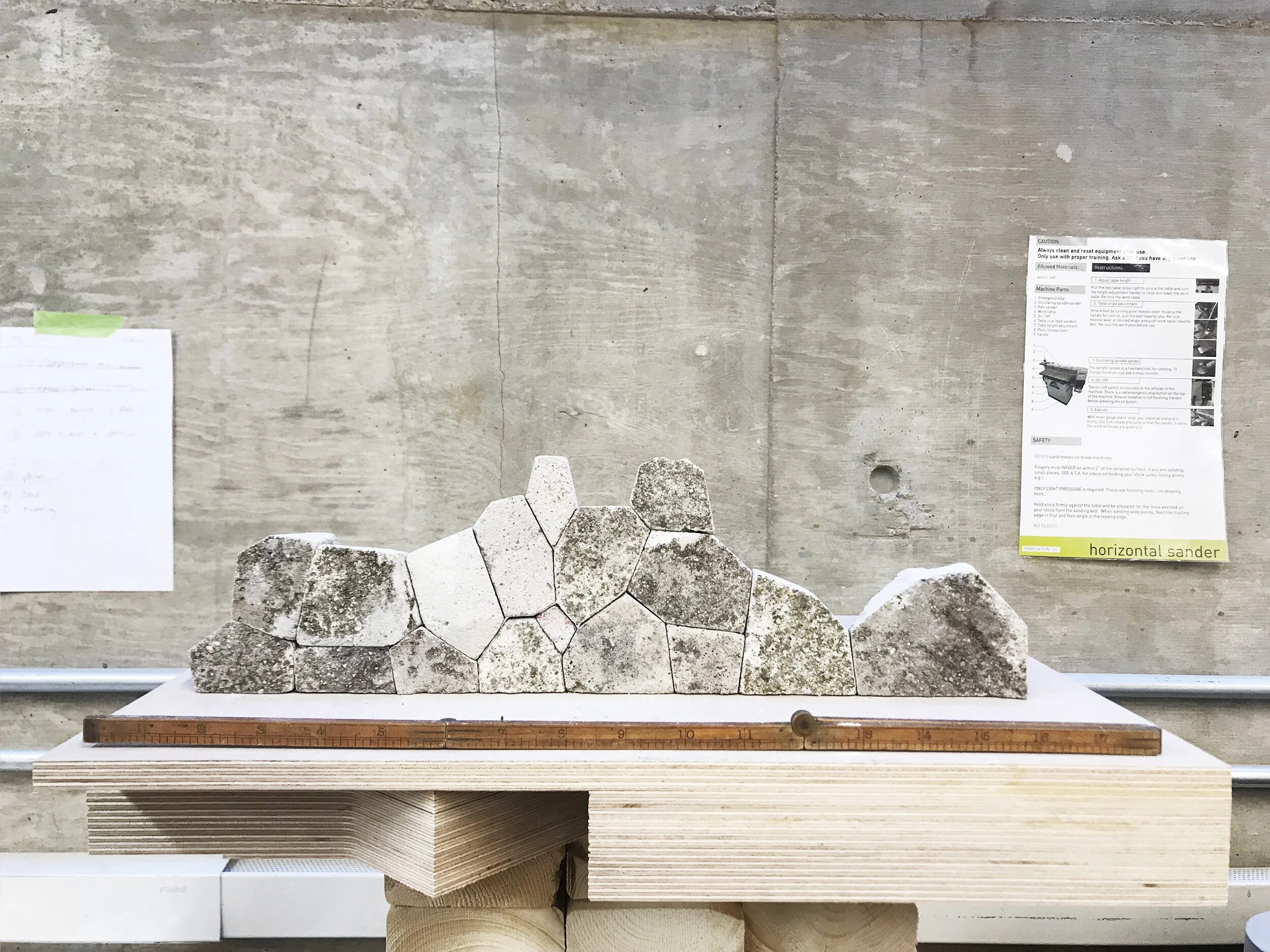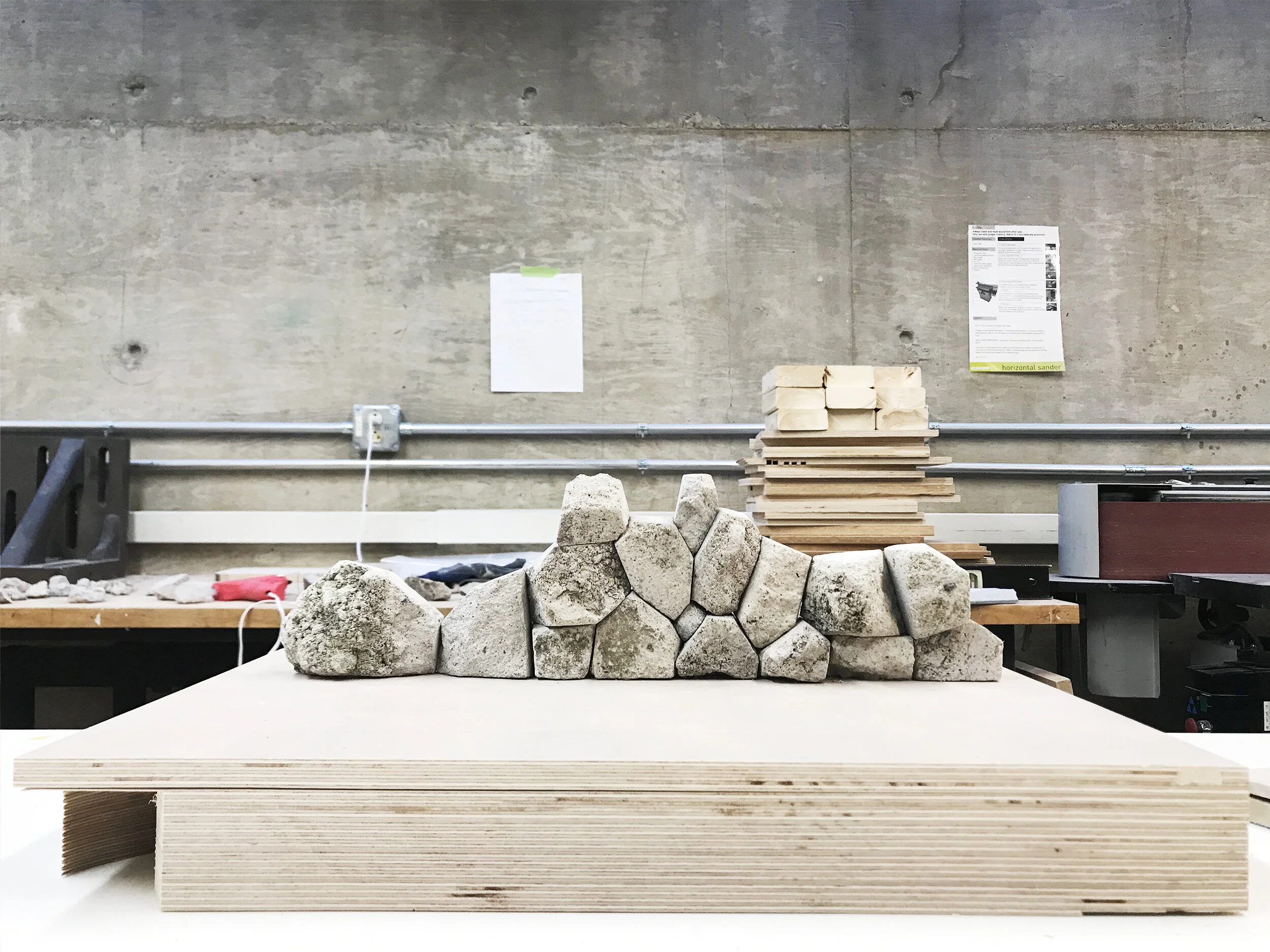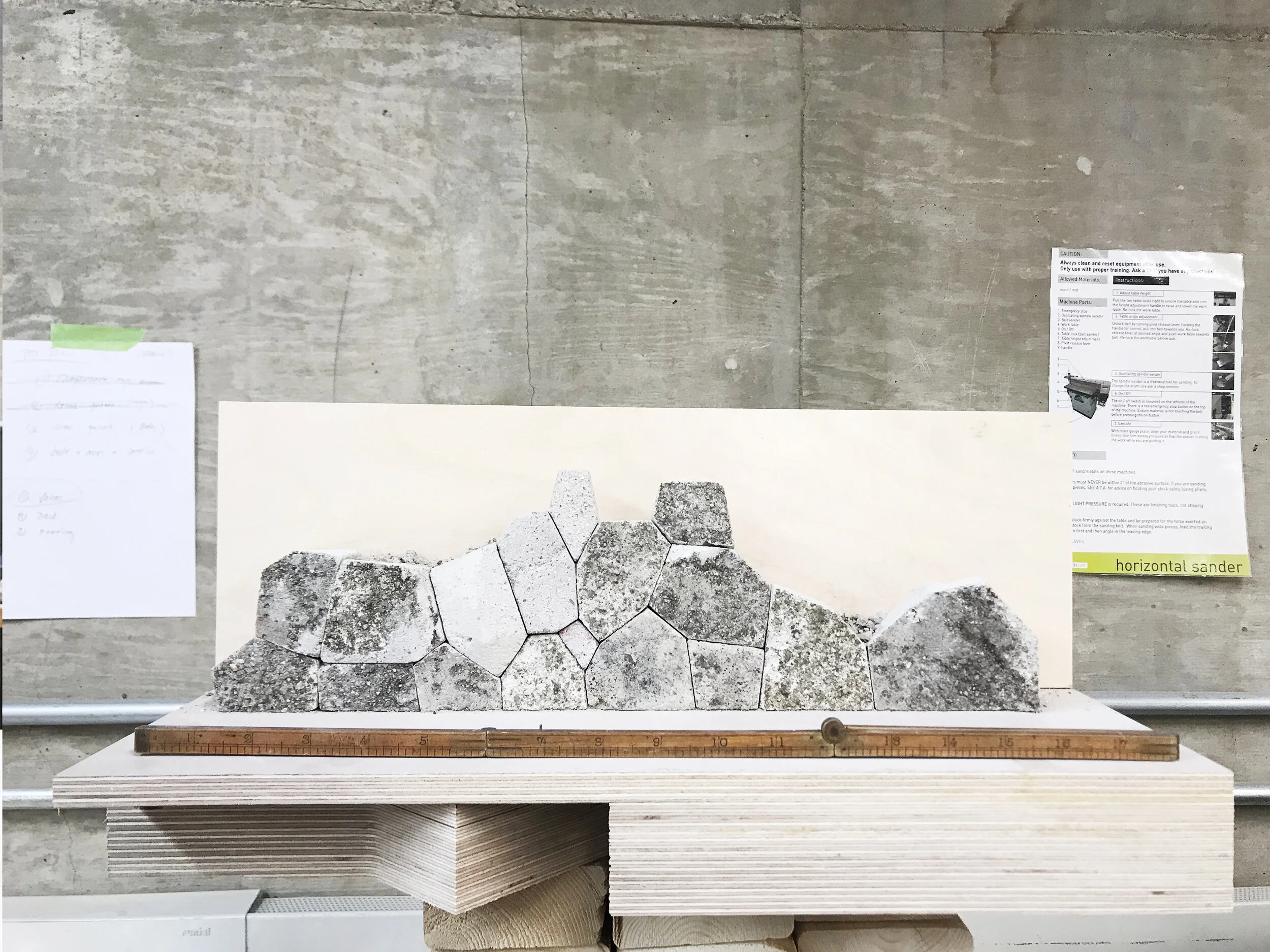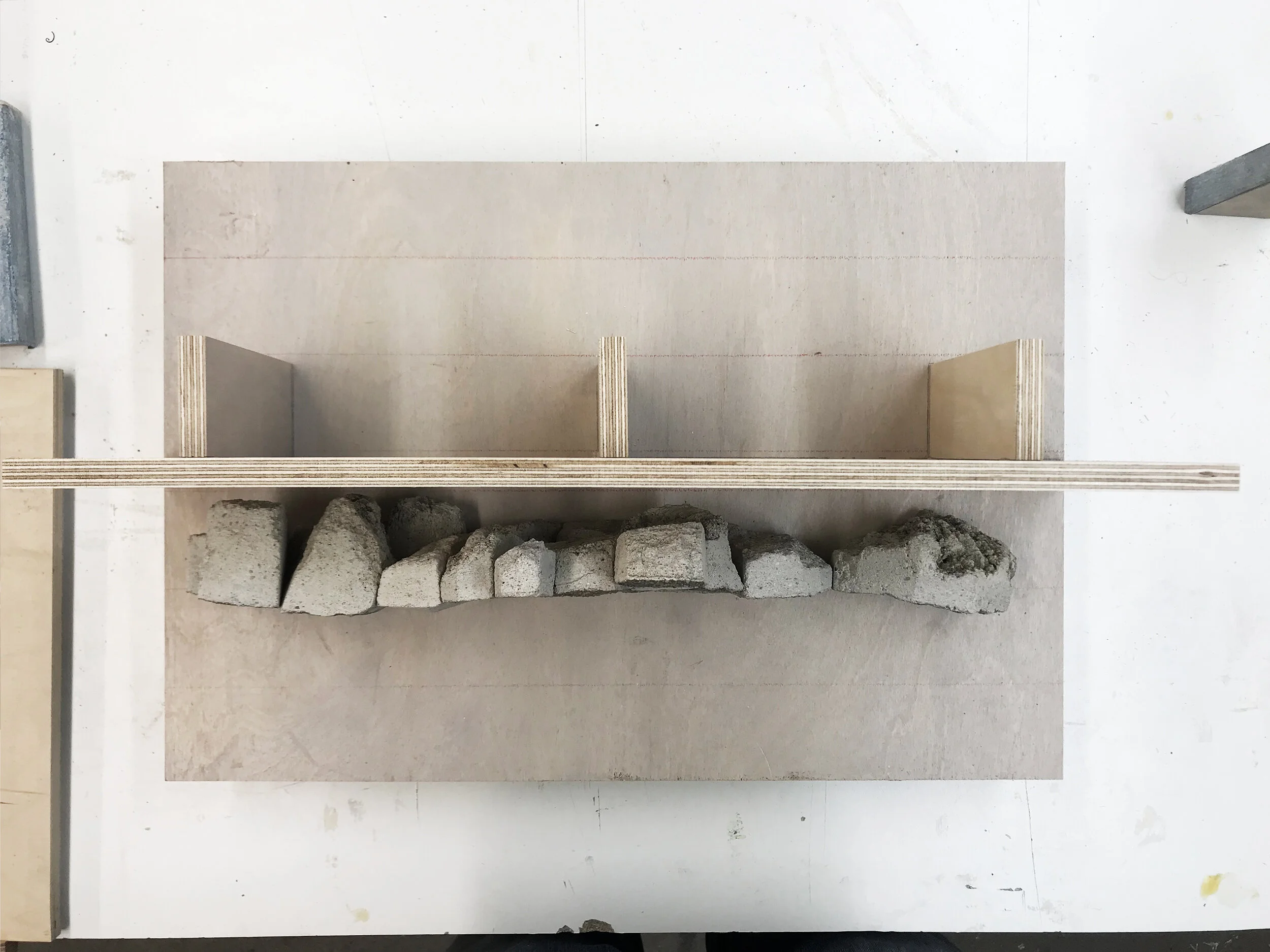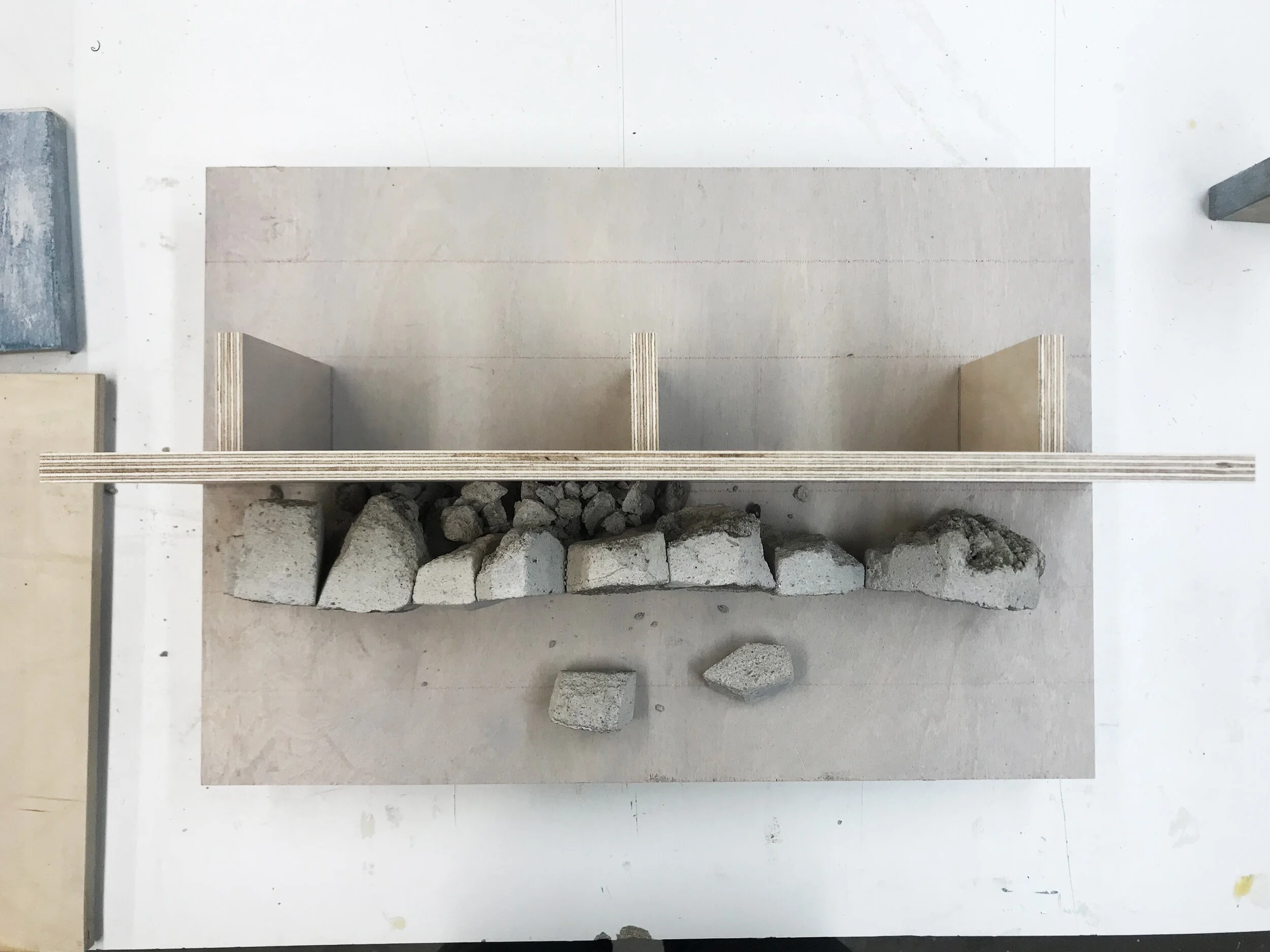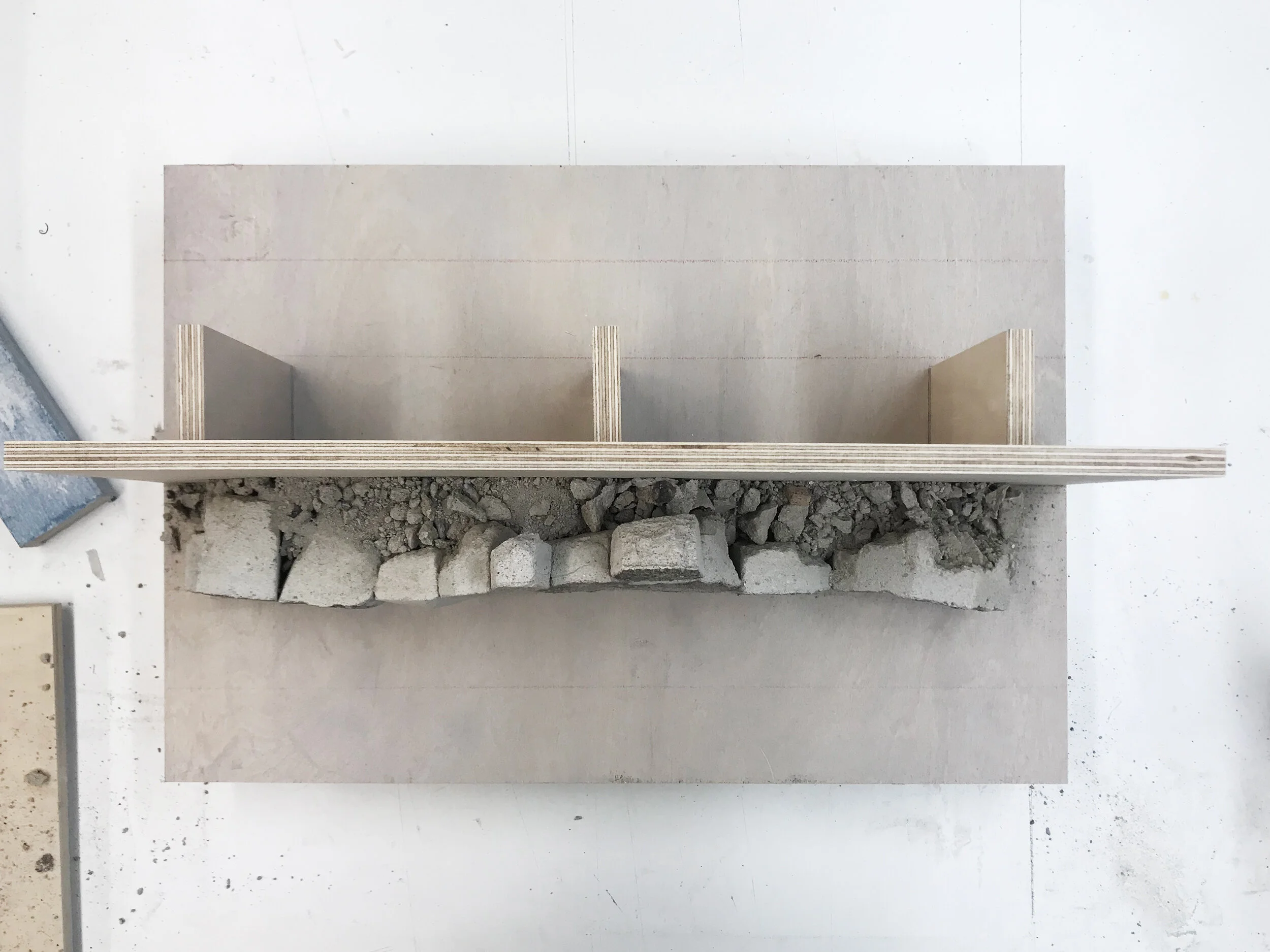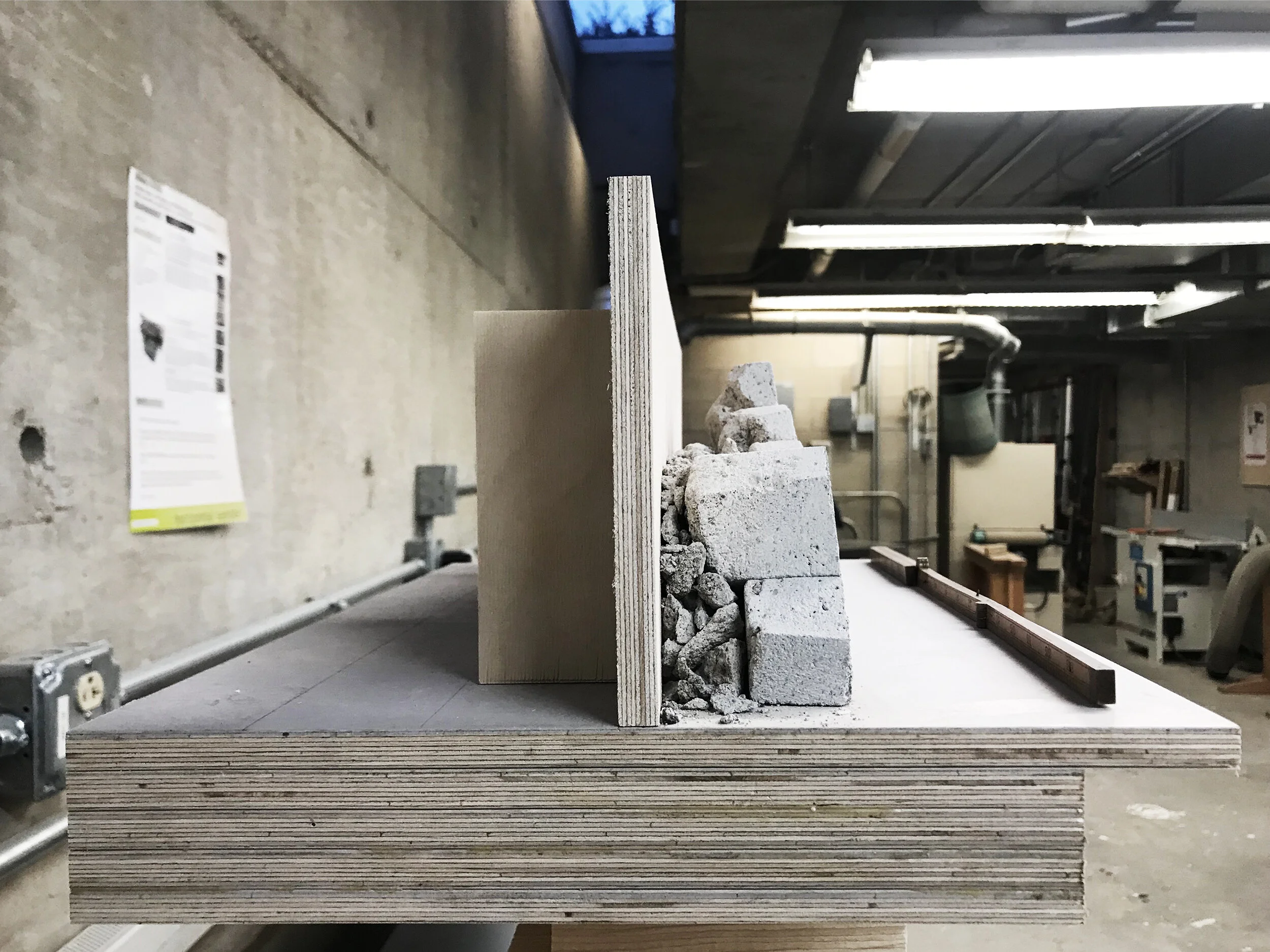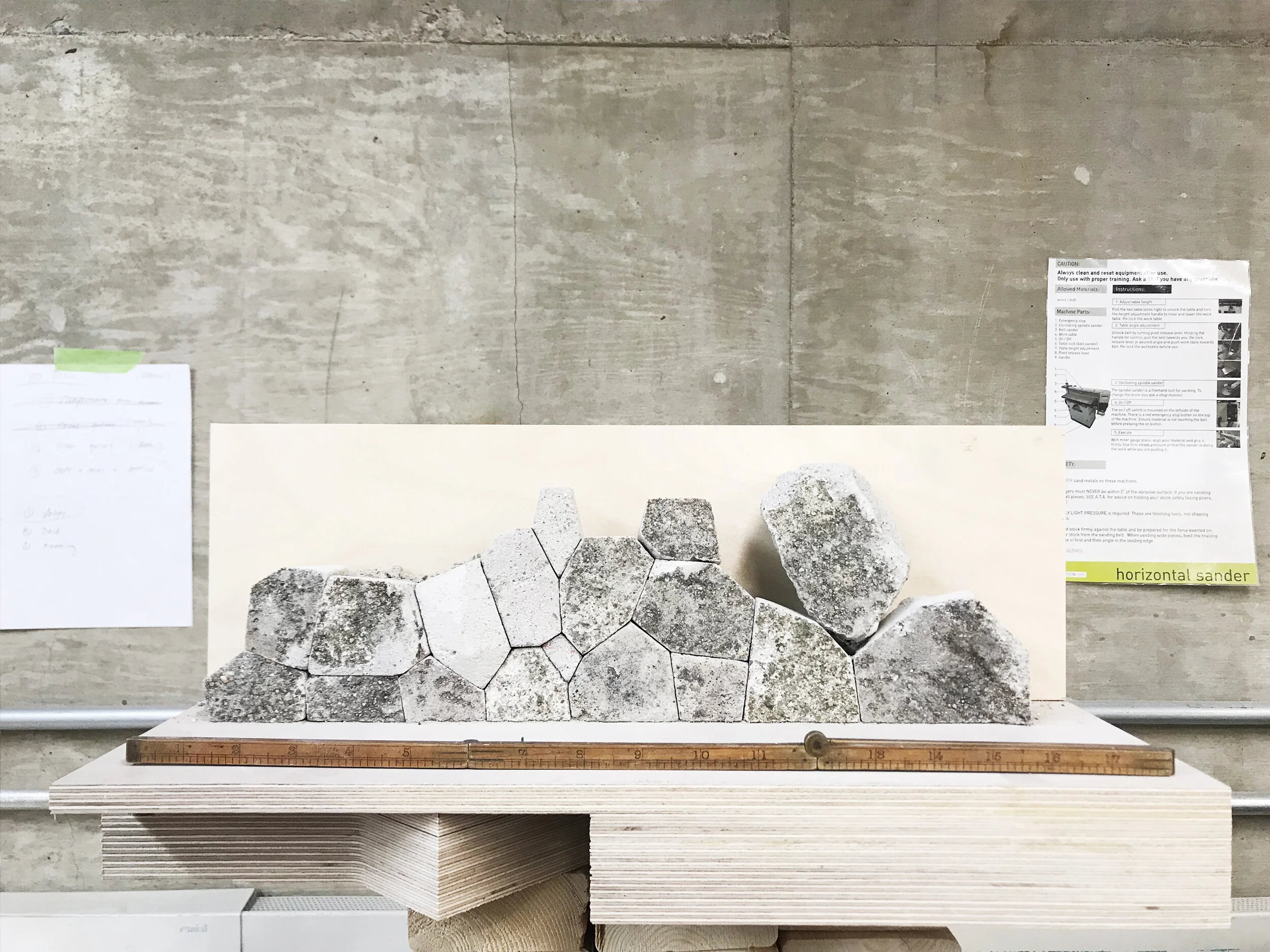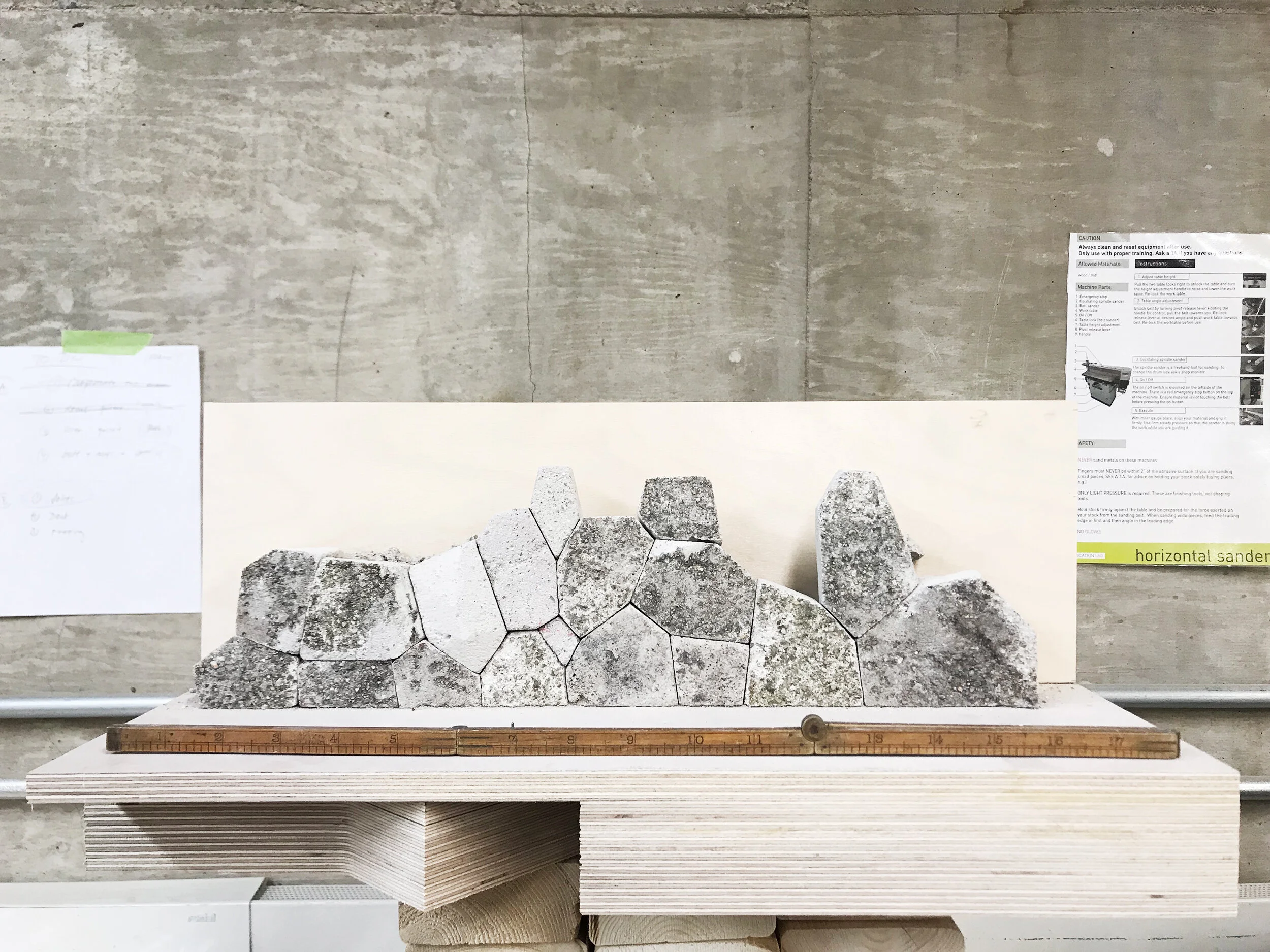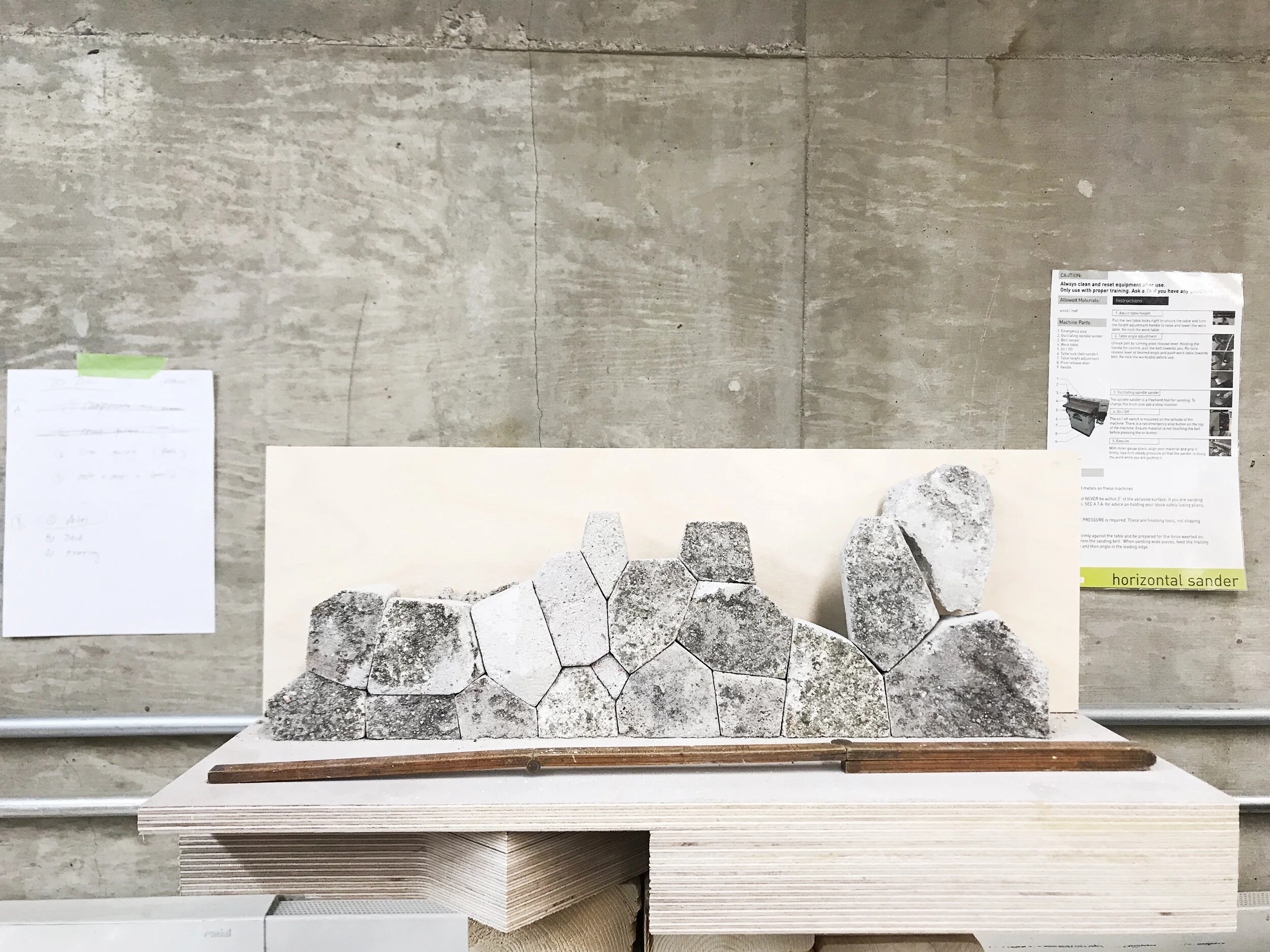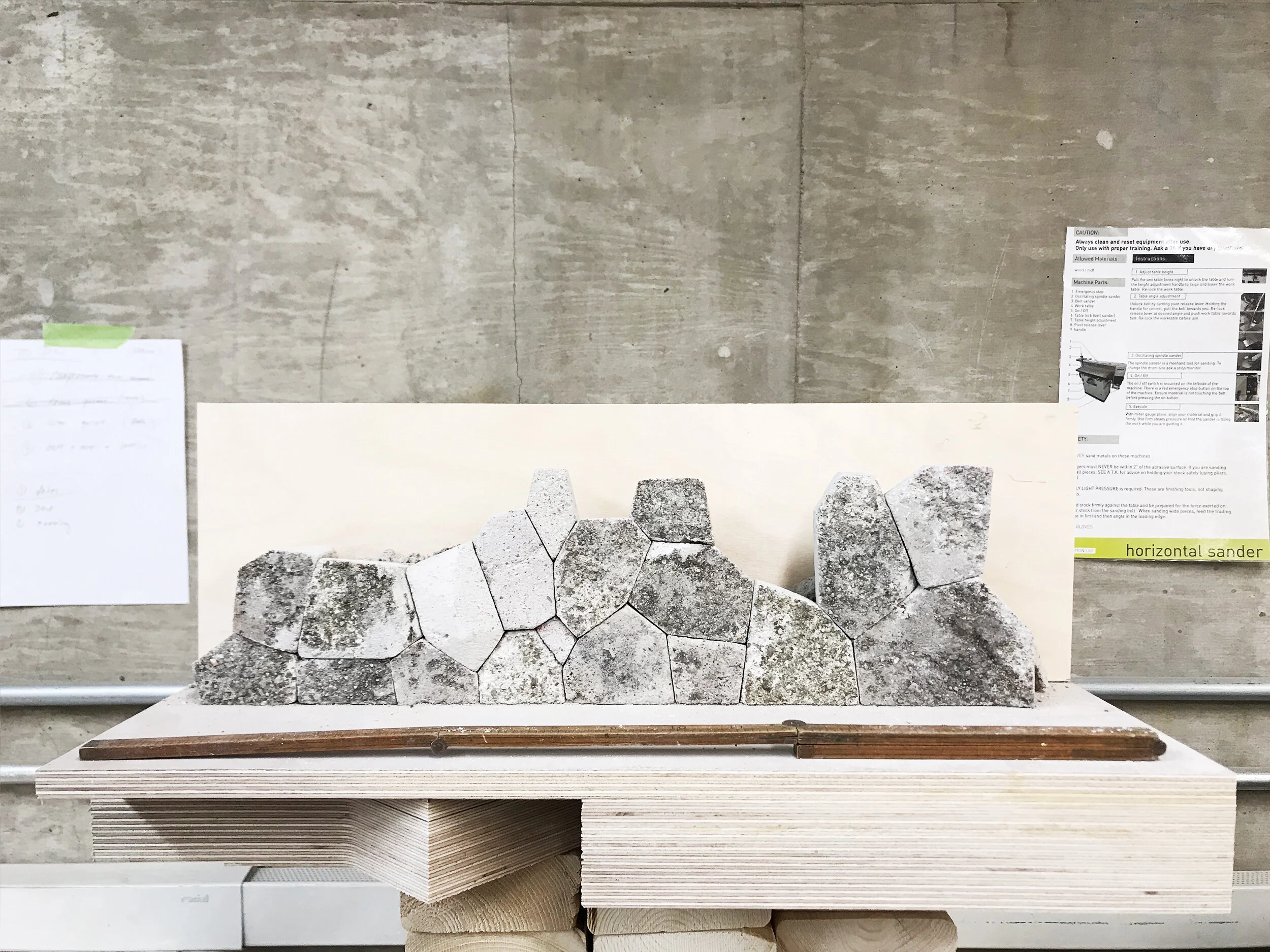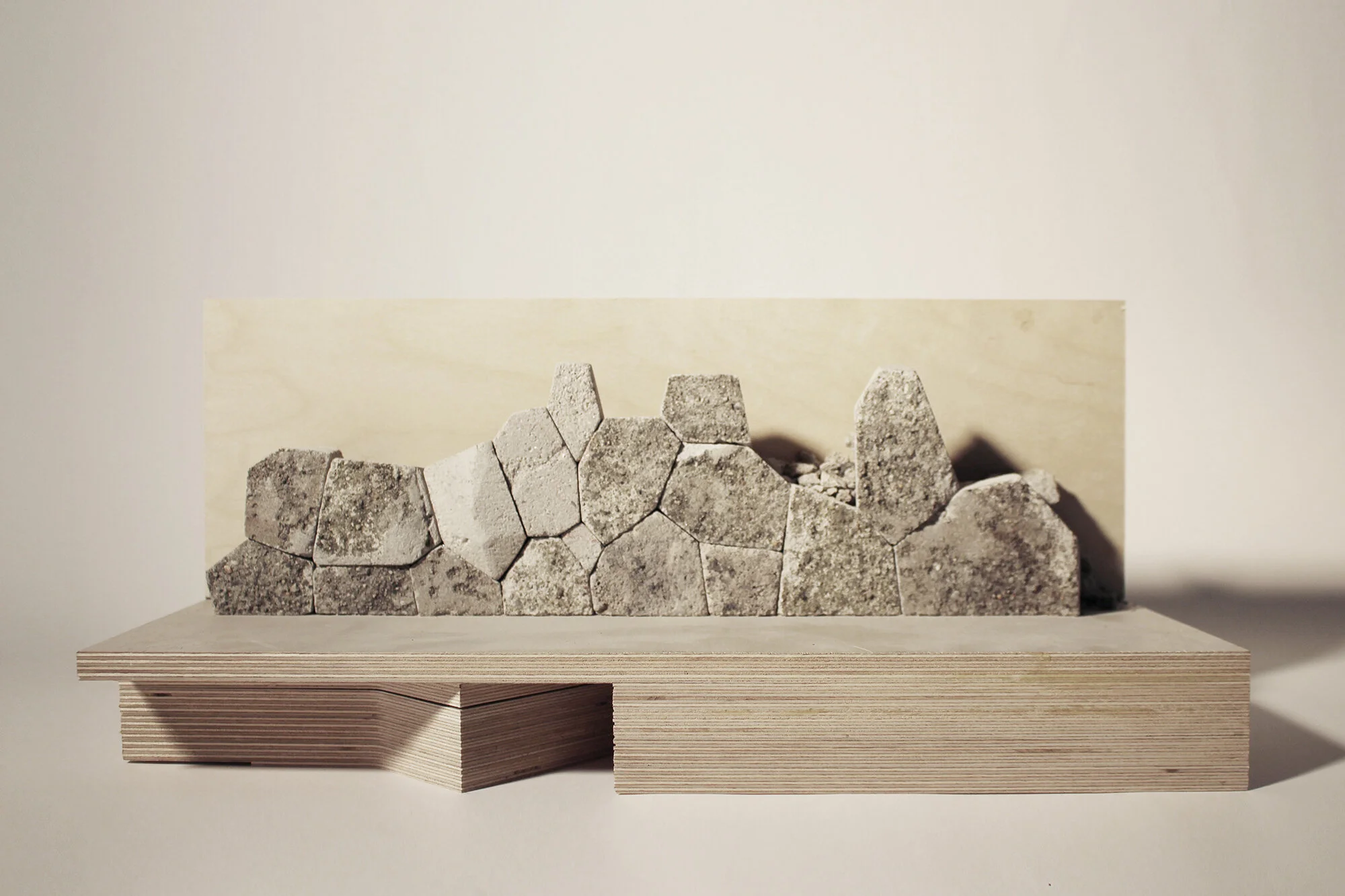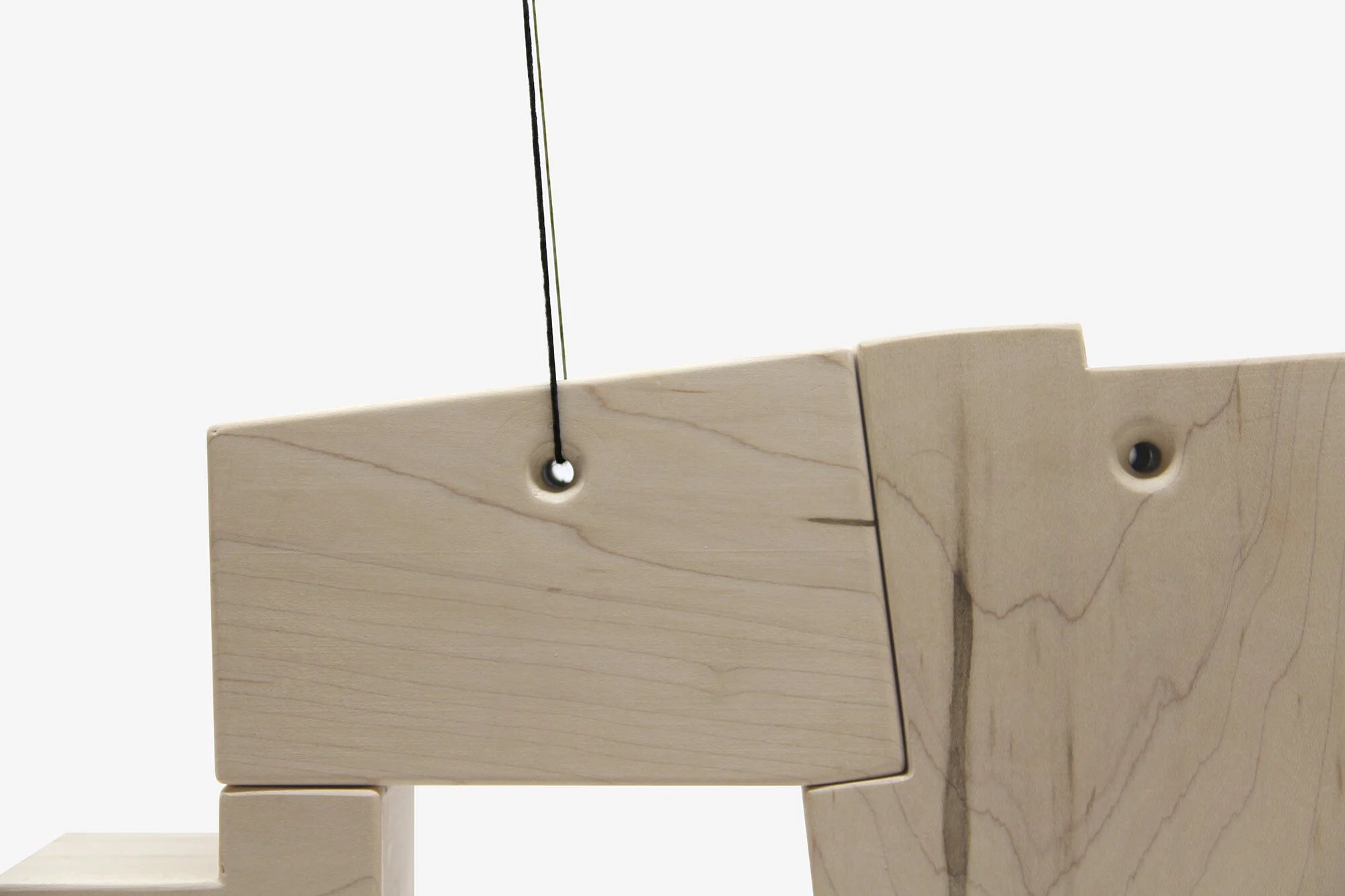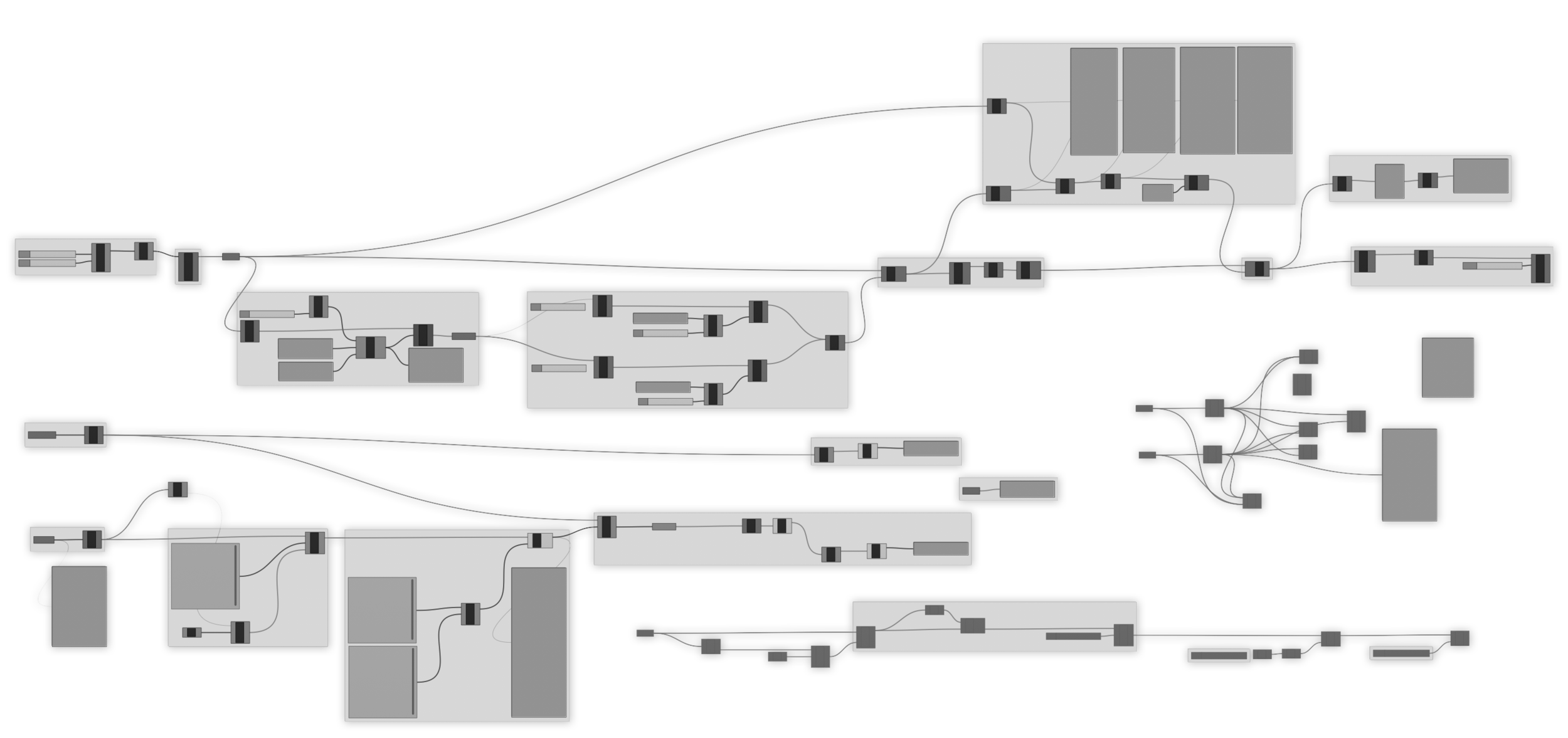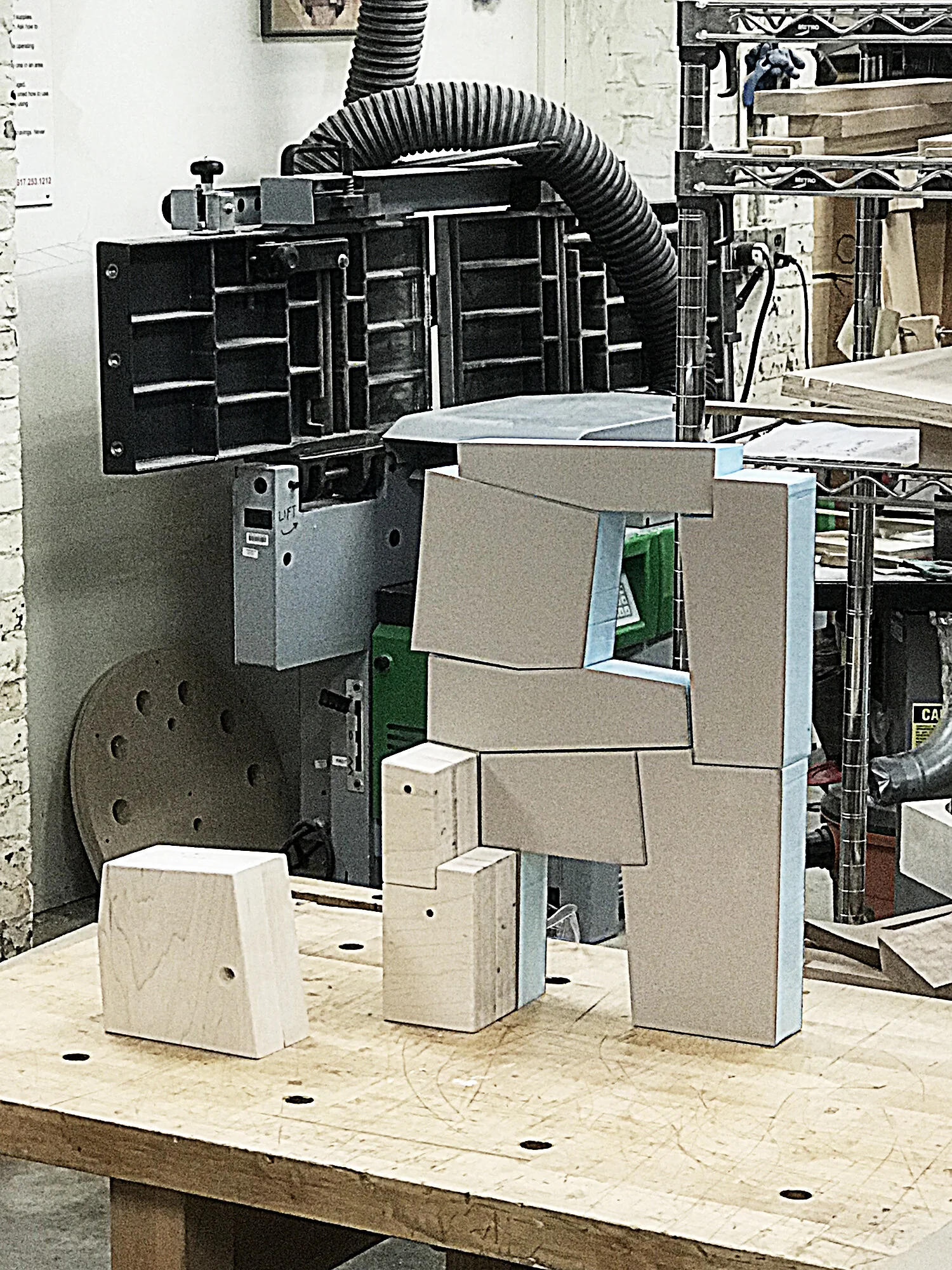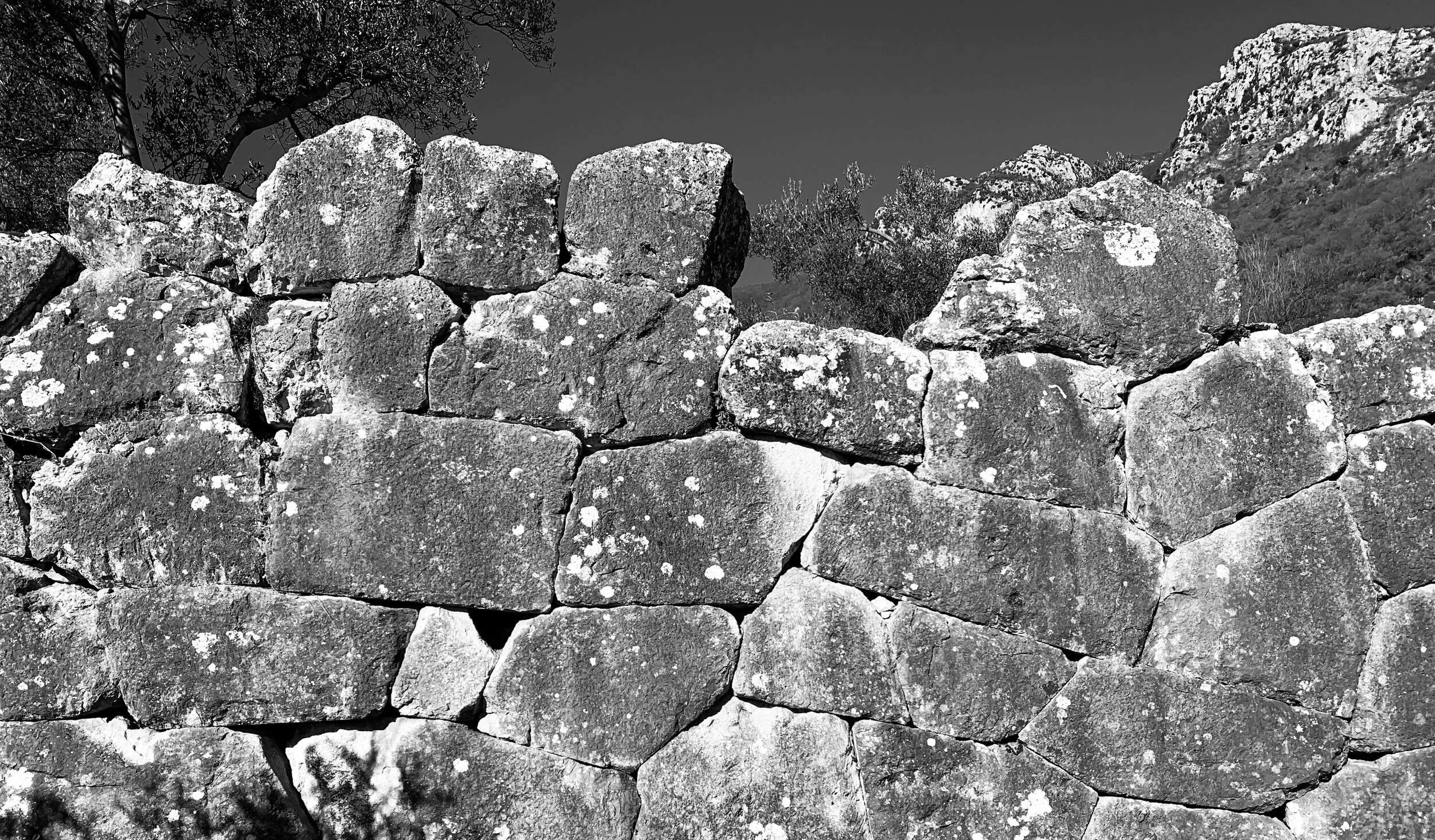
Rethinking Drystone Terracing
New Forms of Craft for an Ancient Building Technology
Polygonal drystone masonry is a ubiquitous feature of the Italian landscape. As a building technology, it employs immediately available resources; is resilient in the face of seismic activity; and is capable of re-shaping entire landscapes in a way that is sensitive to hydrological and ecological conditions. It is no wonder that this technology was employed as early as pre-Roman times–with blocks of cyclopean dimension–and as late as the 1960’s, when subsistence farmers still used it to create level land on hillsides for orchards.
Drystone masonry structures–be they agricultural terraces or retaining walls for promontory towns–are infrastructural in the sense that they completely reshaped the form and ecological behavior of the Italian landscape with an inter-generational vision; with an eye towards building something that only the next generation would fully thrive from. liminal’s work with drystone masonry seeks to imbue new purpose and potential to this ancient practice by looking for new opportunities at the intersection of traditional knowledge and contemporary technology. This implies working with master masons–like Atilio di Fabio, from Vallecorsa–all the while learning from top-researchers in the fields of computation and fabrication, such as TED Fellow Brandon Clifford from Matter Design.
The labor intensity of drystone masonry construction led to its near-total abandonment during the 20th century. Although new building methods replaced some of the functionality of drystone masonry, they have yet to match some of the properties of this ancient practice, particularly when it comes to agricultural terracing on slope classes that are still profitable to farm on.
As drystone masonry craftsmen rapidly dwindle in numbers, questions also arise about the maintenance and restoration of the countless kilometers of walls that line and retain the Italian landscape. These are not just important expressions of cultural heritage; they also continue to determine the structural stability of entire neighborhoods and the hydrological and ecological conditions of agricultural territories across the Apennines. liminal actively researches the future of this building technology, conscious of its implications for entire territories and the future of rural communities.
Partners
MIT Department of Urban Studies & Planning
Nare Filiposyan
Location
N/A
Status
Ongoing (Present–2019)
Press
Fast Company
How an ancient building technique could help solve the climate crisis
Balancing Human Artifice and Natural Systems
As an age-old technique, agricultural terracing with drystone masonry is deeply imbedded with traditional knowledge of multi-disciplinary relevance. Terracing changes the shape of a mountain’s bedrock; it slows down the flow of water; it builds up organic soils where they would have not otherwise been possible; it captures humidity in the air and transfers it to underground root systems; it shelters all kinds of life in the cavities of its structure; and so on…
By employing novel photogrammetric technologies, liminal documents and studies instances of agricultural terracing with a degree of precisions never-before possible. liminal strives to understand the advantages offered by this technology that remain relevant today, as well as the limitations of its typological implementations in light of new agricultural practices.
Age-Old Practice, New Material
Building on the research of Matter Design–published in The Cannibal’s Cookbook–liminal has explored the ways in which load-bearing masonry construction can offer a second life for concrete waste destined for landfill. Deprived from its capacity to act in tension once it is separated from its steel reinforcement, concrete–a major contributor to global CO2 emissions–has limited alternative uses to this day.
liminal’s work interrogates the degree to which this inexpensive and abundant resource may serve alternate purposes in the restoration of drystone masonry structures. Generally softer than locally available stones, it is faster and easier to reshape, making the process less labor intensive and thus more affordable. It is also easy to distinguish from existing portions of historic walls, all the while retaining most of its performative functions, both important questions in situations where preservation plays a key role.
Reuse: An Ethical Imperative
The 20th century saw the near disappearance of most practices that struggled to adapt to standardization and the logic of Ford’s assembly-line manufacturing. Coupled with expansive growth, this led to the proliferation of building technologies that favored raw matter freshly processed by consuming energy intensively in order to homogenize it into standardized parts.
liminal–in collaboration with Nare Filiposyan–is exploring the power of novel computational and fabrication technologies that can advance a different way of thinking about construction. Inspired by Spolia–a commonplace practice in the construction of drystone masonry structures–liminal is testing the degree to which new tools can assist us in creating a culture of reuse in ways that are affordable, efficient and emissions-sensitive.
Rapidly increasing computational power will change the way we regulate the building industry, away from standard technologies and towards standards of performance. liminal works to understand how this may shape the future of drystone masonry as a technique to reuse material that wants to be in compression.










